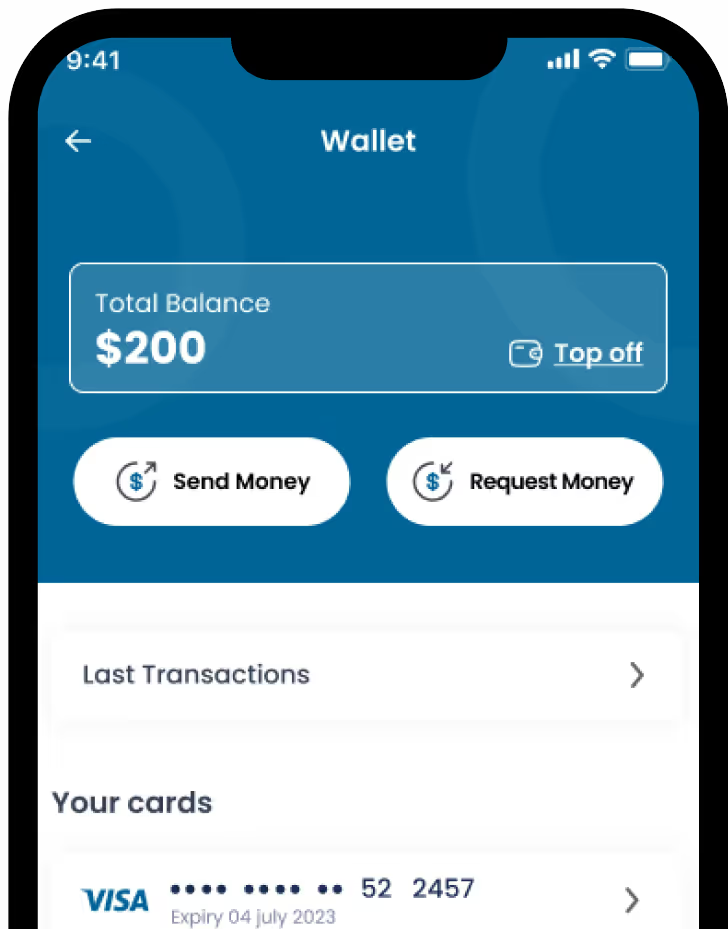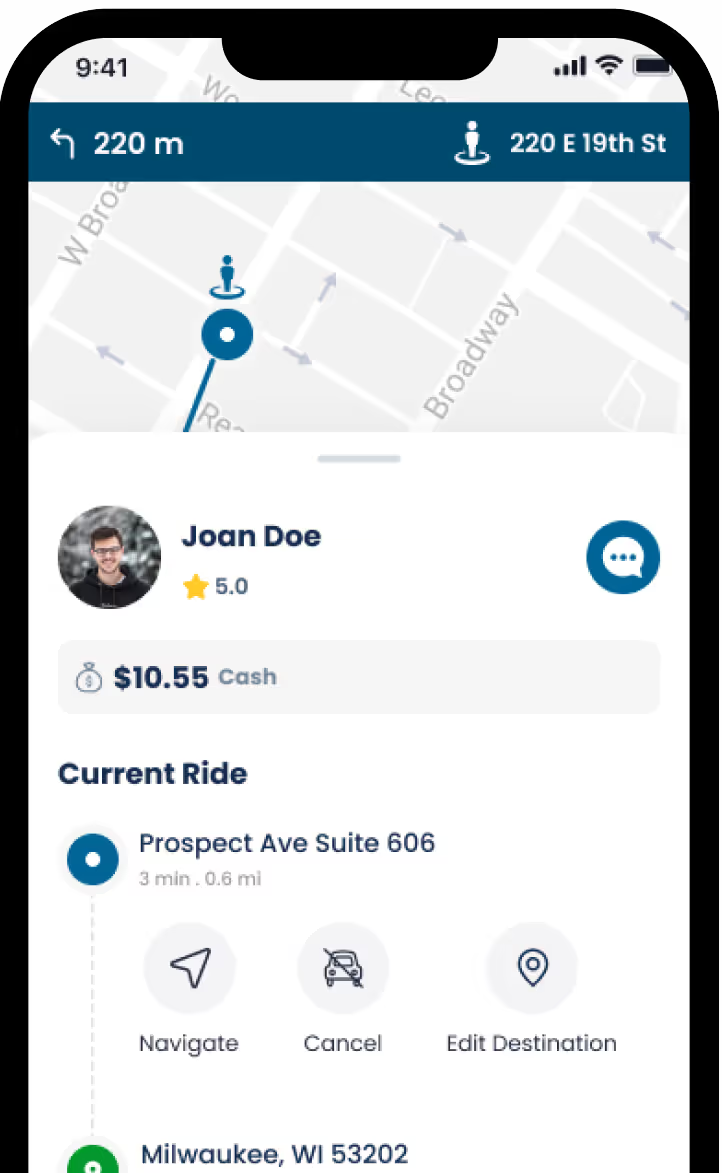Passenger
Team RideWyze Posted on 20 May 2025
A dispatch system is a technological solution that helps organizations coordinate and manage their fleet of vehicles, drivers, or any mobile workforce. It acts as the command center where dispatchers can oversee all operations, assign tasks, monitor progress, and ensure that resources are being used effectively. Dispatch systems are essential in industries like logistics, public transportation, emergency services, and ride-hailing, where seamless coordination is critical for success.
Advanced dispatch systems go beyond simple task allocation. They integrate features like real-time tracking, route optimization, scheduling, and communication tools. By collecting and analyzing data in real time, these systems help organizations make smarter decisions, reduce costs, and improve customer service. In industries like ride-hailing and delivery services, where speed and precision are crucial, advanced dispatch systems are indispensable.
In today’s world, where customer expectations are higher than ever, advanced dispatch systems ensure that services are delivered quickly and efficiently. These systems enable businesses to stay competitive and adaptable in an ever-changing environment. Real-time tracking and scheduling are two of the most powerful features that make these systems stand out.
Real-time tracking allows businesses to know exactly where their vehicles or workforce are at any given moment. This is crucial in industries like transportation, logistics, and field services, where time-sensitive tasks must be managed. Without real-time visibility, dispatchers are left guessing, and inefficiencies arise. Real-time tracking improves accountability and transparency, as it enables managers to monitor the performance of their teams.
For example, in a ride-hailing business, knowing where a driver is located in real time helps the dispatcher determine the best driver for an incoming request. This not only reduces response time but also enhances customer satisfaction. Real-time tracking also provides the ability to react quickly to unforeseen circumstances, such as traffic delays or vehicle breakdowns, ensuring that operations are not disrupted.
Moreover, real-time tracking allows for better resource management. Businesses can track vehicle utilization, determine the most efficient routes, and identify patterns in data that could be used to improve operations. By knowing where drivers or vehicles are at all times, businesses can ensure that they are making the most of their resources.
While tracking is about visibility, scheduling is about efficiency. Advanced dispatch systems integrate real-time tracking with smart scheduling to ensure that the right resources are deployed at the right time. Scheduling involves assigning tasks to specific drivers, routes, or vehicles based on availability, capacity, and location.
With traditional scheduling methods, dispatchers manually assign tasks based on knowledge and experience. However, as fleets grow larger and customer demands increase, manual methods become ineffective. Advanced dispatch systems use algorithms that consider factors like traffic, weather, driver availability, and customer preferences. These systems can adjust schedules in real-time, reassigning tasks as necessary and ensuring that resources are optimized.
For example, if a ride-hailing service experiences a surge in demand in a particular area, the system can automatically adjust schedules, rerouting drivers to high-demand locations. This ensures that customers aren’t left waiting and that the fleet is used effectively.
The integration of real-time tracking with scheduling enables businesses to adapt to changes quickly. Whether it’s an unexpected delay or a last-minute job request, smart scheduling allows organizations to respond proactively. It’s about maintaining a balance between customer needs, resource availability, and efficiency.
GPS tracking is at the core of real-time dispatching. It allows businesses to monitor the exact location of each vehicle in the fleet in real time. This technology has revolutionized how organizations manage their operations, as it provides valuable data on the whereabouts of drivers, vehicle speed, and the route taken.
For businesses, GPS tracking is not just about knowing where a vehicle is; it's about using that information to make smarter decisions. By tracking vehicles, businesses can avoid sending drivers into congested areas, help them avoid traffic, and ensure the fastest possible delivery times. GPS tracking also contributes to safety by enabling fleet managers to monitor driver behavior, such as speeding or harsh braking, and address any issues immediately.
For companies managing large fleets, GPS tracking makes it possible to ensure that the fleet is operating efficiently and that vehicles are being used to their full potential. Moreover, with real-time tracking data, businesses can estimate arrival times more accurately and provide customers with precise updates.
Routing algorithms are essential for optimizing the routes that drivers take. Advanced dispatch systems use algorithms that process real-time data—such as traffic conditions, weather forecasts, and road closures—to determine the best route for each vehicle. These algorithms help businesses avoid bottlenecks, minimize delays, and reduce operational costs by finding the most efficient paths.
When routes are optimized, drivers spend less time on the road, leading to reduced fuel consumption and wear on vehicles. For ride-hailing services, this also means shorter waiting times for passengers and faster service. Routing algorithms can also adjust in real time as conditions change, rerouting drivers as necessary to avoid accidents, roadwork, or traffic jams.
By leveraging these algorithms, businesses can ensure that drivers take the fastest, safest, and most fuel-efficient routes. This not only improves efficiency but also reduces the environmental impact of their operations.
Effective communication is key in any business, but especially in industries like transportation, where drivers need to stay connected with dispatchers and other team members. Advanced dispatch systems often include built-in communication tools that enable two-way messaging between drivers and dispatchers.
These tools allow dispatchers to send real-time updates to drivers about route changes, customer requests, or unexpected events. In addition, drivers can report issues, ask for assistance, or provide updates on their progress. This constant communication helps address problems immediately, minimizing delays and improving overall operations.
Real-time updates are one of the most useful features of advanced dispatch systems. These updates keep drivers informed of any changes in their schedules or routes. For instance, if a new customer request comes in or there is a sudden traffic blockage, dispatchers can send notifications to drivers, helping them make adjustments on the fly. This level of communication ensures that the entire system operates smoothly and that there are no surprises.
Analytics and reporting tools provide businesses with valuable insights into their operations. By tracking key metrics like driver performance, fuel consumption, and vehicle maintenance, companies can identify inefficiencies and areas for improvement. These tools can also help predict trends, such as peak demand times or areas with high customer activity.
Advanced dispatch systems provide both real-time and historical data that help businesses optimize their fleets over time. For instance, if data shows that certain routes consistently cause delays, businesses can adjust their schedules or routing algorithms to address the issue. By leveraging data analytics, businesses can improve the overall performance of their fleet, reduce costs, and provide better service to customers.
Efficiency is a top priority in any business, and real-time tracking plays a significant role in achieving it. With access to real-time location data, dispatchers can make more informed decisions. Instead of relying on estimates or guesswork, dispatchers can allocate resources based on actual data, reducing the likelihood of inefficiencies.
Real-time tracking also allows businesses to minimize idle time by ensuring that vehicles are always in motion, either transporting customers or delivering goods. This helps businesses make better use of their resources, leading to more jobs completed in less time.
Operational costs can quickly spiral out of control in businesses that rely on transportation. With real-time tracking, businesses can reduce fuel consumption by optimizing routes, ensuring that vehicles take the most efficient paths. Additionally, by tracking driver behavior, companies can identify unsafe driving habits, such as speeding or idling, and take steps to reduce these behaviors.
In the long term, the data collected by real-time tracking systems can be used to plan for cost-saving measures, such as scheduling routine maintenance and optimizing fleet utilization. By minimizing delays and improving resource management, companies can significantly reduce operational costs.
Customers expect timely and reliable service, and real-time tracking helps businesses meet these expectations. With real-time visibility into vehicle locations and status, businesses can provide customers with accurate arrival times and updates. This transparency fosters trust and customer loyalty.
For ride-hailing companies, for example, customers can track their ride in real time, ensuring that they know exactly when the driver will arrive. This feature is especially valuable during peak times when wait times are typically longer. By providing real-time updates, businesses can keep customers informed and satisfied.
Dynamic scheduling refers to the ability to adjust schedules in real time based on changing circumstances. Advanced dispatch systems integrate dynamic scheduling with real-time tracking, ensuring that businesses can make quick adjustments as needed. For instance, if a driver becomes unavailable or a customer cancels a request, the system can instantly reroute vehicles or reassign tasks.
This flexibility is crucial in industries where time is of the essence, such as ride-hailing, deliveries, or emergency services. Dynamic scheduling ensures that businesses can meet customer needs, even when unexpected events arise. It helps maintain a balance between efficiency and customer satisfaction.
Automation in dispatch systems simplifies many of the tasks traditionally performed manually. For example, instead of having a dispatcher manually assign jobs to drivers, the system can automatically allocate tasks based on driver availability, location, and other factors. This speeds up the dispatching process and reduces the chance of human error.
Automation not only streamlines operations but also frees up dispatchers to focus on more complex tasks. As the system handles routine assignments, dispatchers can intervene when needed, such as in cases of emergencies or last-minute changes. This allows businesses to operate more efficiently and respond quickly to changing demands.
Traffic and route changes are inevitable, but advanced dispatch systems provide solutions that minimize the impact of these disruptions. By continuously monitoring traffic conditions, these systems can reroute drivers in real-time to avoid delays. This helps ensure that deliveries are made on time, even when unexpected obstacles arise.
Additionally, the integration of weather data, construction zones, and accident reports enables dispatch systems to proactively plan for potential delays. By using predictive analytics, these systems can anticipate disruptions and adjust schedules before they affect the operation.
One of the biggest challenges with real-time tracking and scheduling is ensuring that the data provided is accurate. GPS tracking is generally reliable, but there can still be occasional issues, such as poor signal strength or inaccuracies in data reporting. To maintain system accuracy, businesses need to regularly calibrate their systems and invest in high-quality technology.
By integrating data from multiple sources, including traffic sensors, GPS devices, and weather services, dispatch systems can improve accuracy. Regular updates and maintenance of the system are also crucial for ensuring consistent performance.
Real-time tracking and scheduling are at the heart of modern dispatch systems. They provide businesses with the tools needed to operate efficiently, reduce costs, and enhance customer satisfaction. From GPS tracking and routing algorithms to automated scheduling and real-time updates, advanced dispatch systems are transforming the way companies manage their fleets and workforce.
In industries where timing and coordination are crucial, having a robust dispatch system can make all the difference. As technology continues to evolve, these systems will become even more sophisticated, enabling businesses to stay ahead of the competition and meet the growing demands of their customers.
Real-time tracking in advanced dispatch systems refers to the live monitoring of vehicle locations and driver statuses, allowing dispatchers to manage operations with up-to-the-minute accuracy.
Real-time scheduling improves dispatch efficiency by automatically adjusting routes and timelines based on current traffic, cancellations, or delays, ensuring optimal service delivery.
Real-time tracking is important for customer satisfaction because it offers transparency, accurate ETAs, and proactive communication, helping build trust and reduce uncertainty.
Yes, small businesses can benefit from advanced dispatch systems with real-time features by streamlining logistics, improving fleet coordination, and enhancing service reliability without large overhead costs.
You should look for features like live GPS tracking, automated scheduling, route optimization, driver communication tools, and analytics dashboards in a real-time dispatch system.
Our Blogs
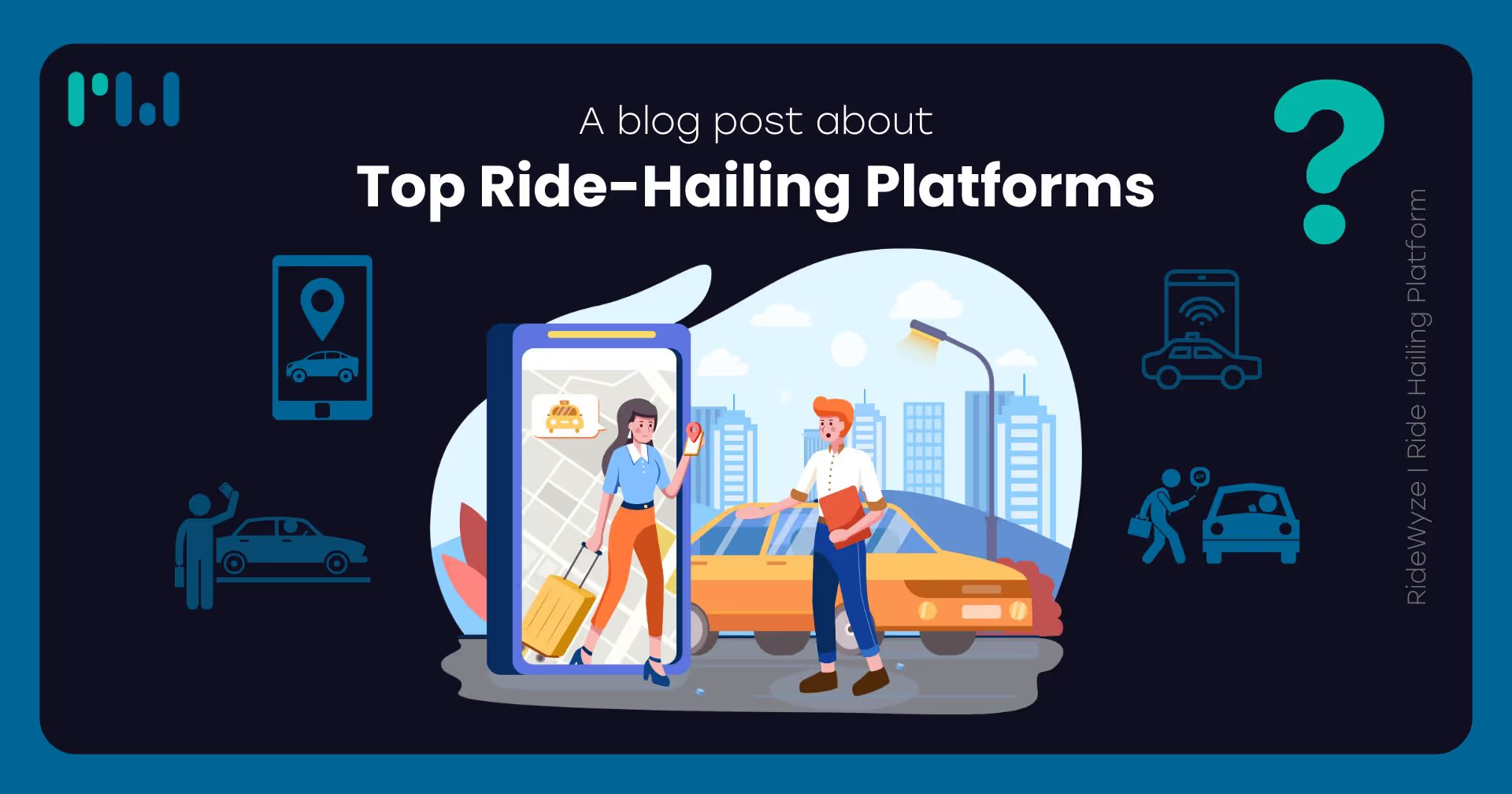
Article
Top Ride-Hailing Platforms
Discover powerful software solutions designed to streamline taxi and ride-hailing operations for better efficiency.
Sep 29, 2024 · 6 min read
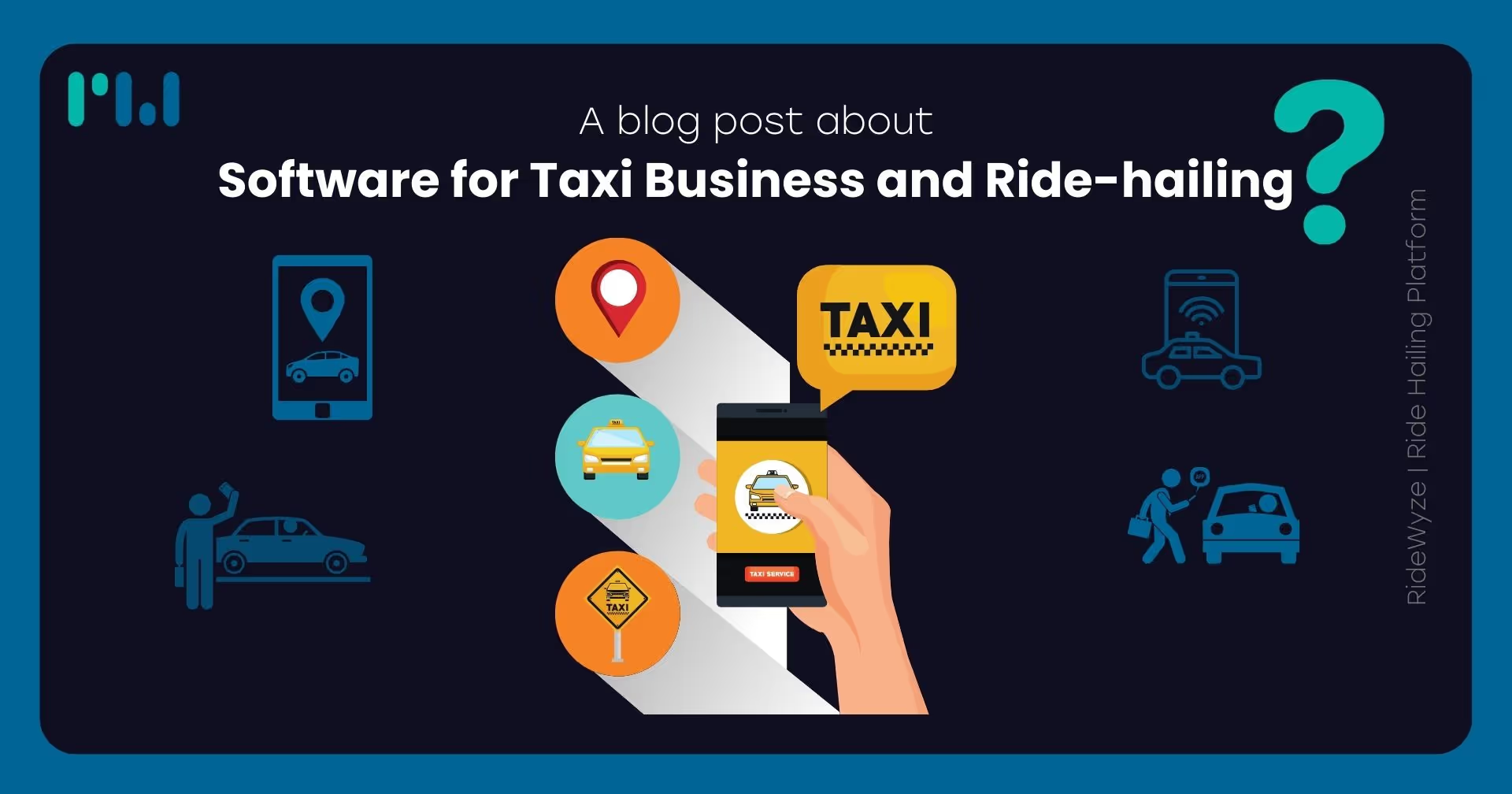
Article
Software for Taxi Business and Ride-hailing
Discover powerful software solutions designed to streamline taxi and ride-hailing operations for better efficiency.
Sep 29, 2024 · 6 min read
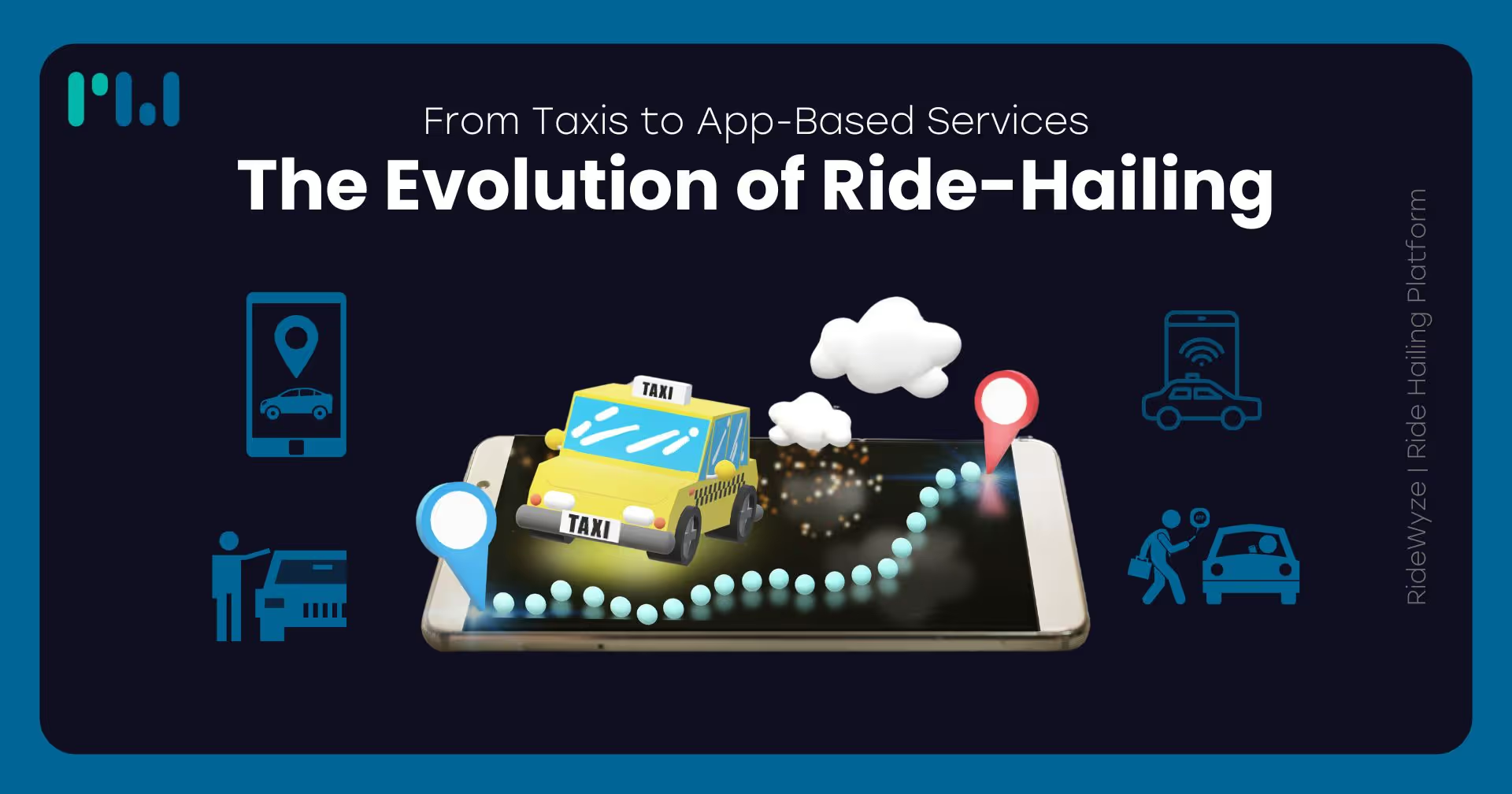
Article
The Evolution of Ride-Hailing: From Taxis to App-Based Services
Explore the journey of ride-hailing from traditional taxis to modern app-based services that redefine convenience.
Oct 6, 2024 · 6 min read
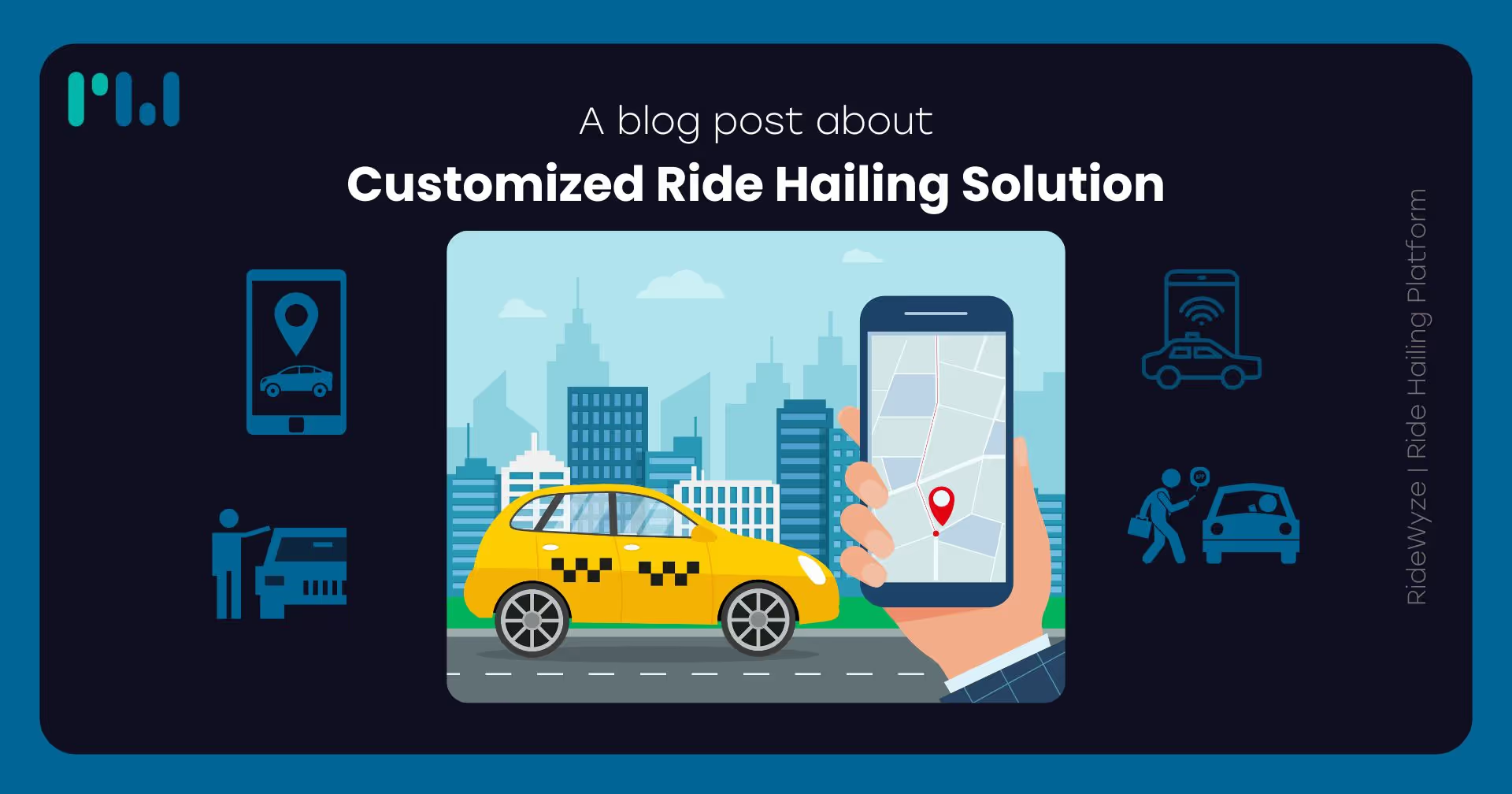
Article
Customized Ride Hailing Solution
Discover tailored ride-hailing solutions designed to meet unique business needs, enhancing efficiency and user experience.
Oct 10, 2024 · 6 min read
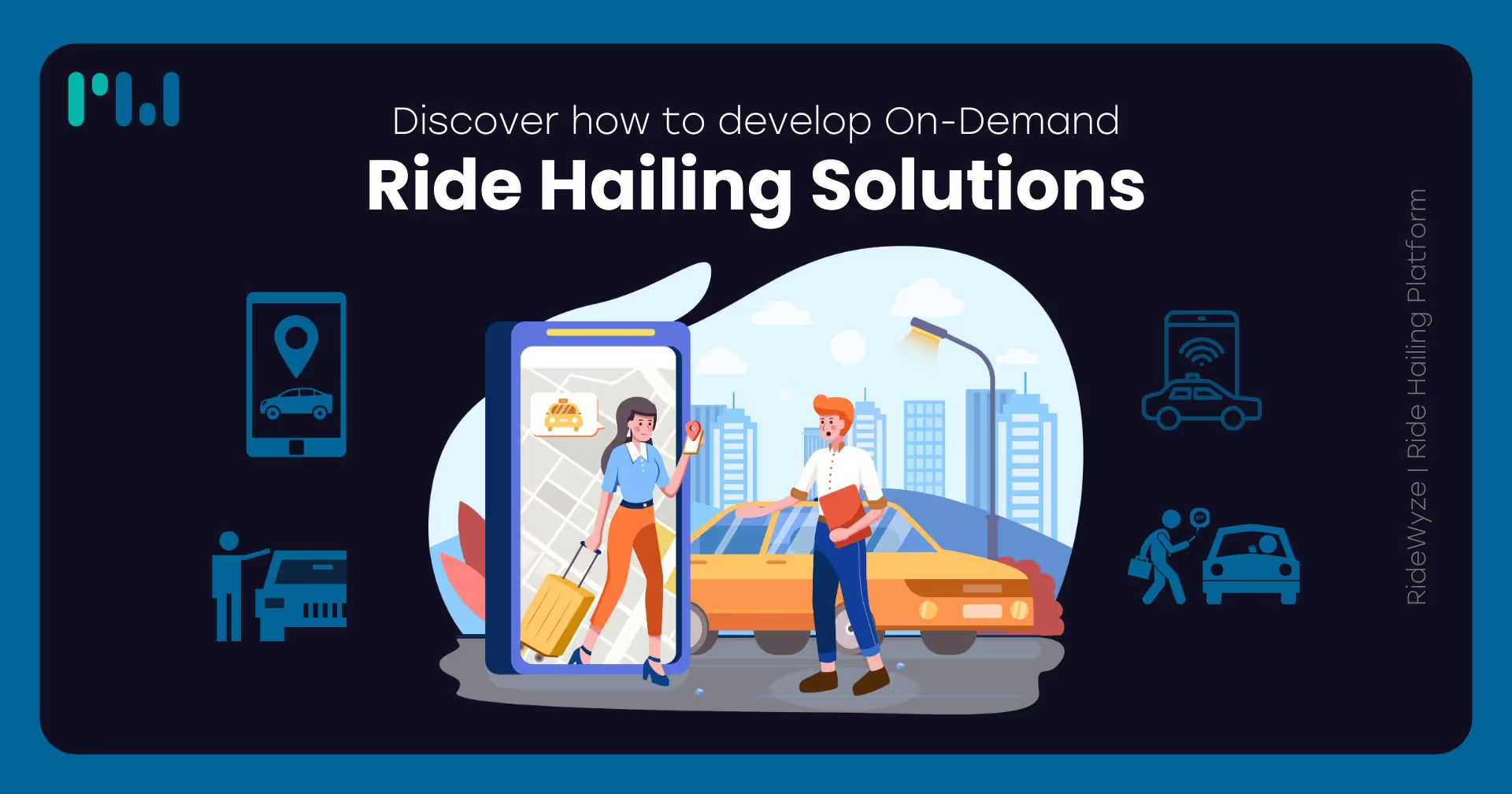
Article
On-Demand Ride Hailing Solutions
Discover flexible on-demand ride-hailing solutions to enhance your transportation services. Learn how to streamline your operations today!
Oct 15, 2024 · 6 min read
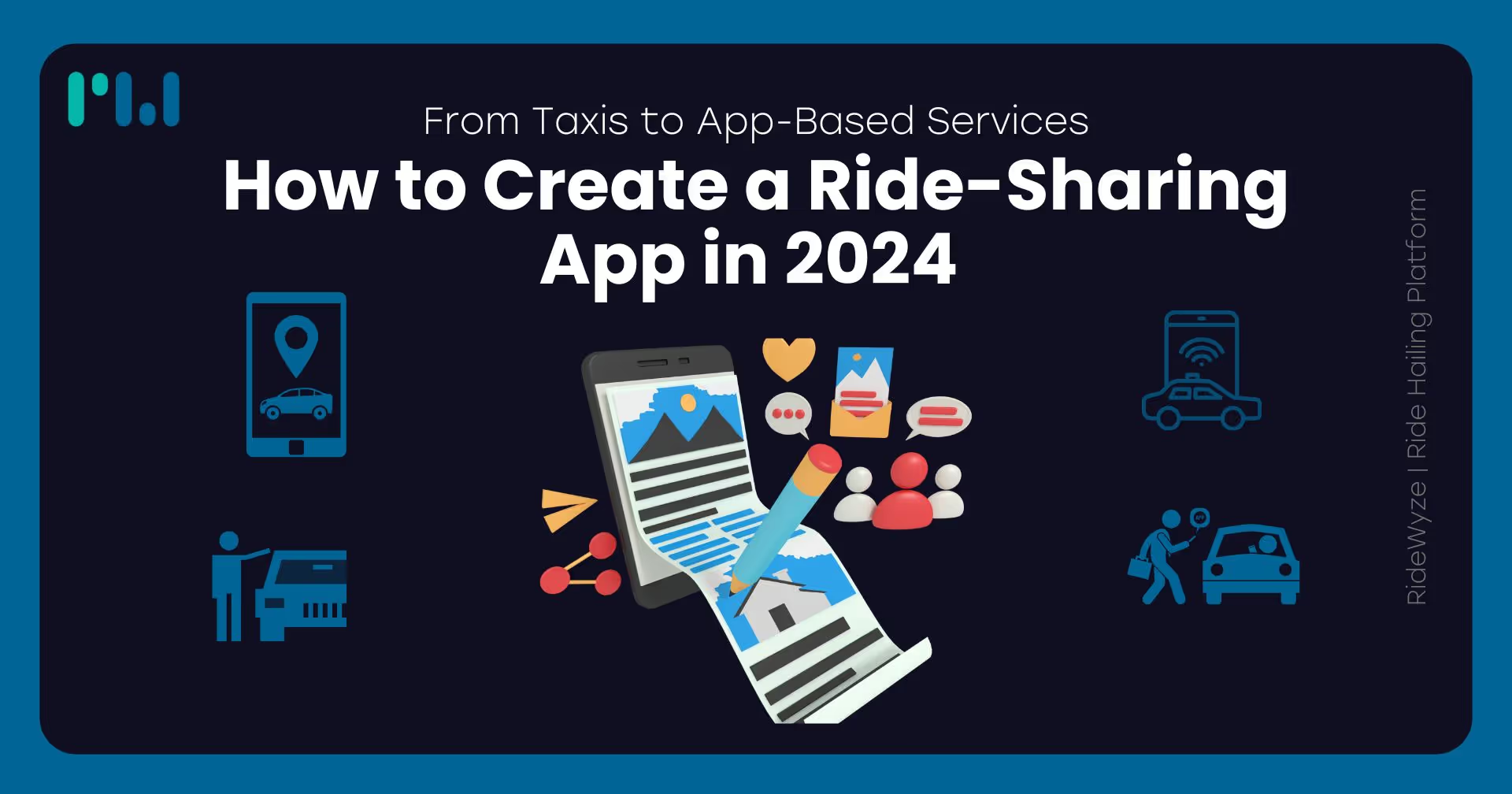
Article
How to Create a Ride-Sharing App in 2024
Learn the step-by-step process to create a successful ride-sharing app in 2024, from planning to development and launch.
Oct 16, 2024 · 6 min read
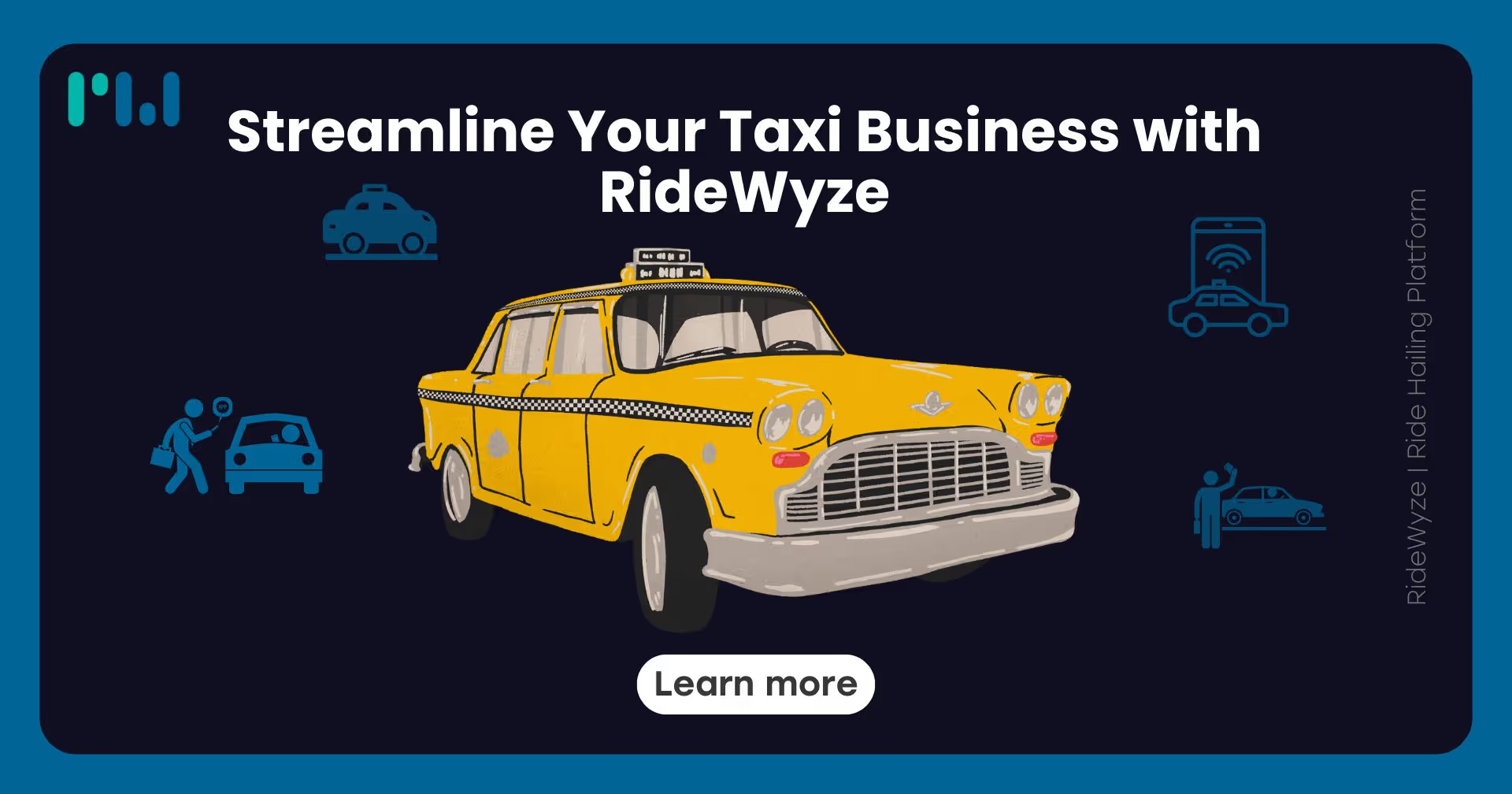
Article
Streamline Your Taxi Business with RideWyze
Optimize your taxi business with RideWyze’s efficient platform, offering seamless management and enhanced customer experience.
Oct 17, 2024 · 6 min read
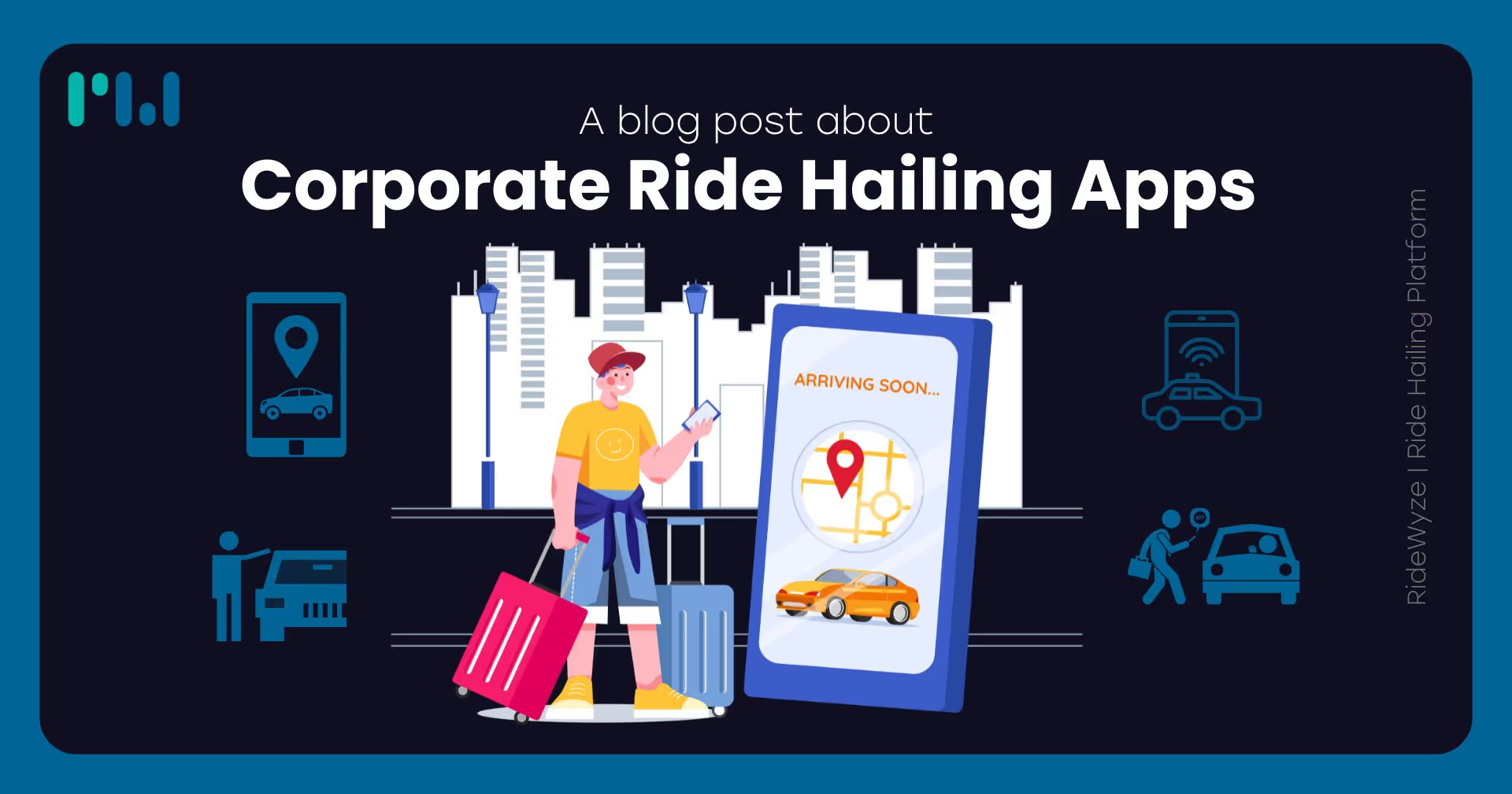
Article
Corporate Ride Hailing Apps
Discover the benefits of corporate ride-hailing apps for businesses, offering cost-effective and efficient transportation solutions for employees.
Oct 22, 2024 · 6 min read
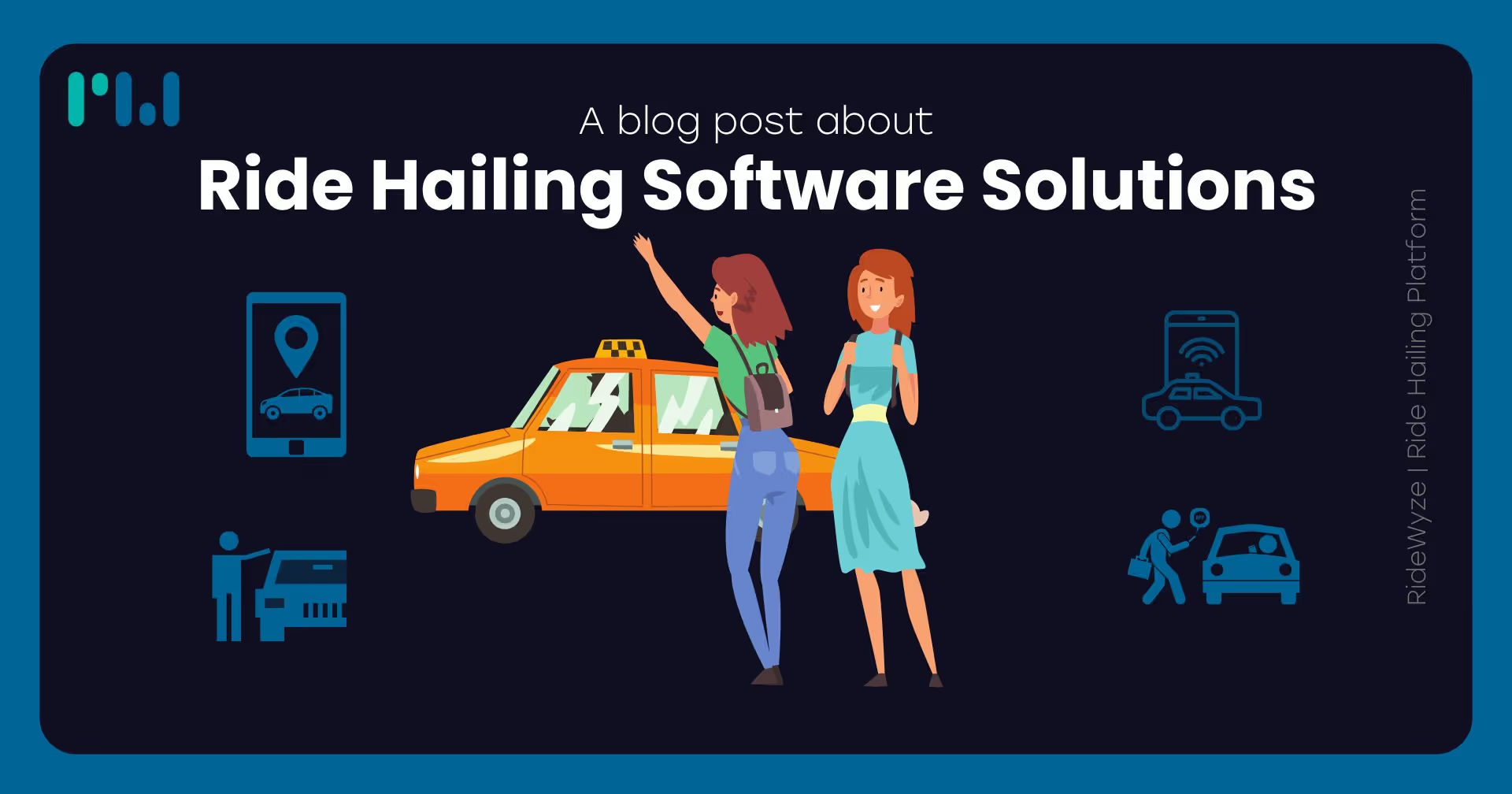
Article
Ride Hailing Software Solutions
Explore advanced ride-hailing software solutions that streamline bookings, tracking, and payments for seamless transit.
Oct 25, 2024 · 6 min read

Article
The Future of Ride Hailing
Explore emerging trends in ride-hailing technology, from eco-friendly options to AI-driven experiences.
Oct 30, 2024 · 6 min read
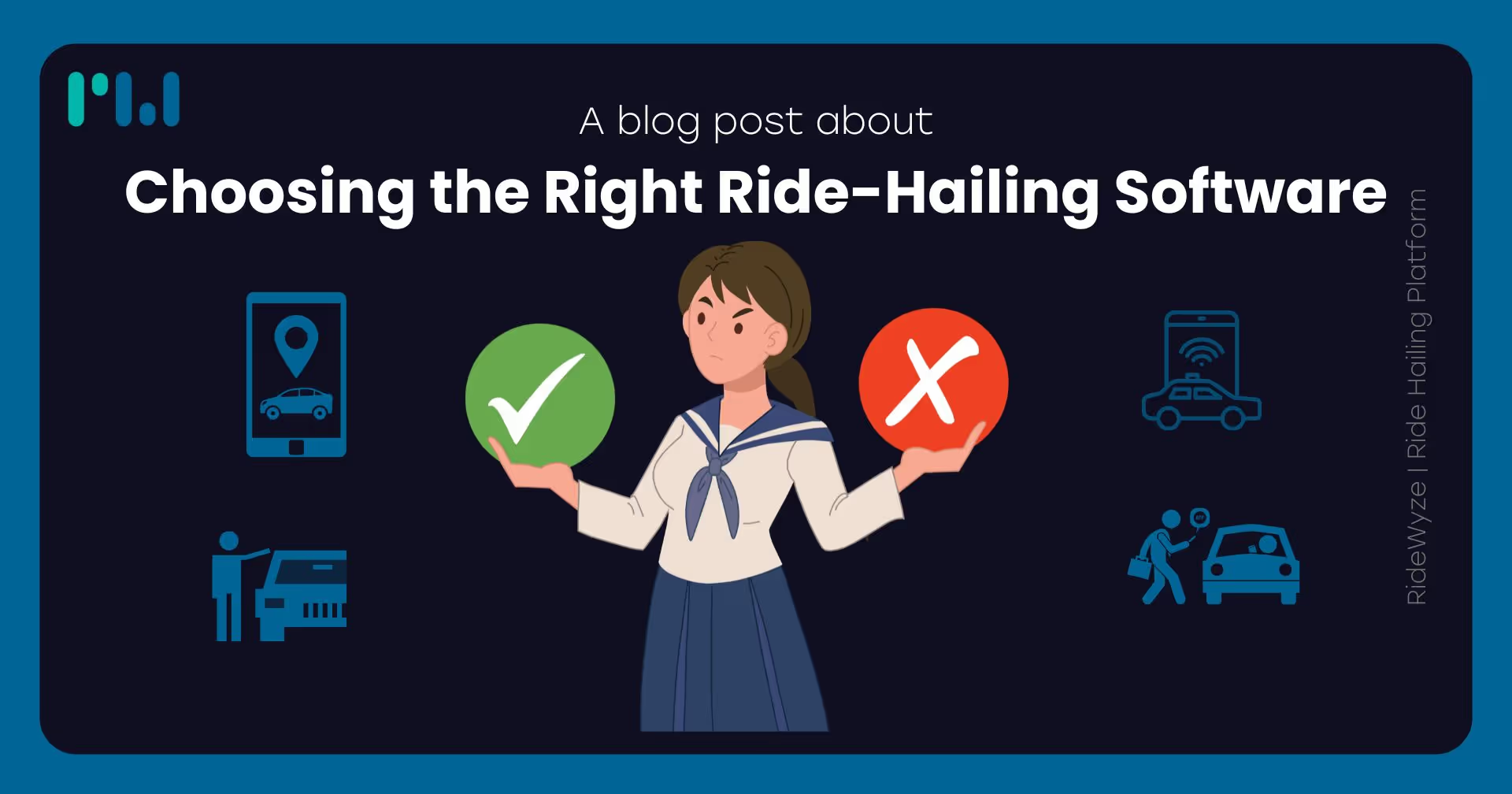
Article
Choosing the Right Ride-Hailing Software
Find out how to choose the best ride-hailing software to optimize operations and improve rider experience.
1 Nov, 2024 · 6 min read
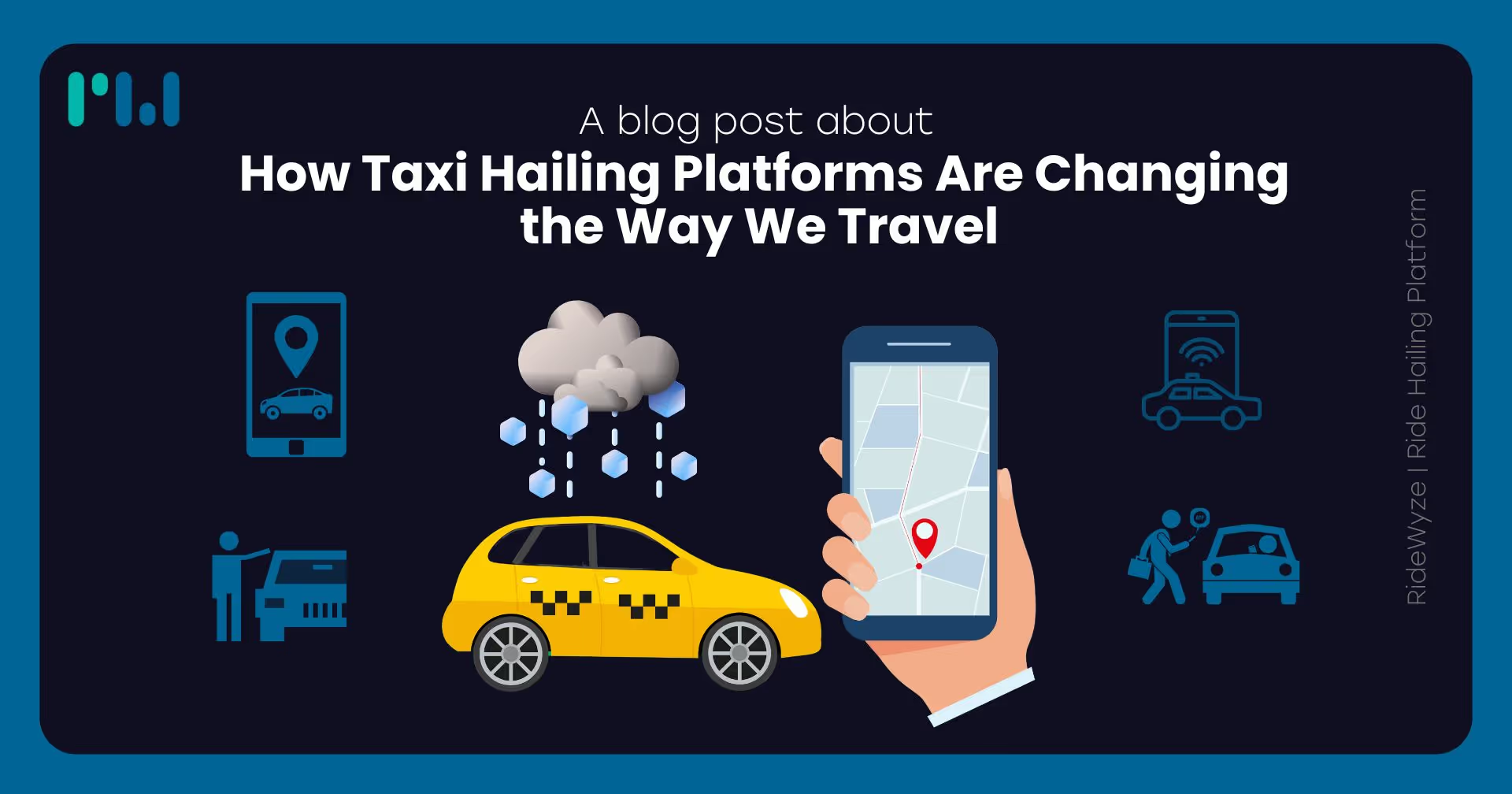
Article
How Taxi Hailing Platforms Are Changing the Way We Travel
Explore how taxi-hailing platforms are revolutionizing travel with convenience, real-time tracking, and ease.
5 Nov, 2024 · 6 min read
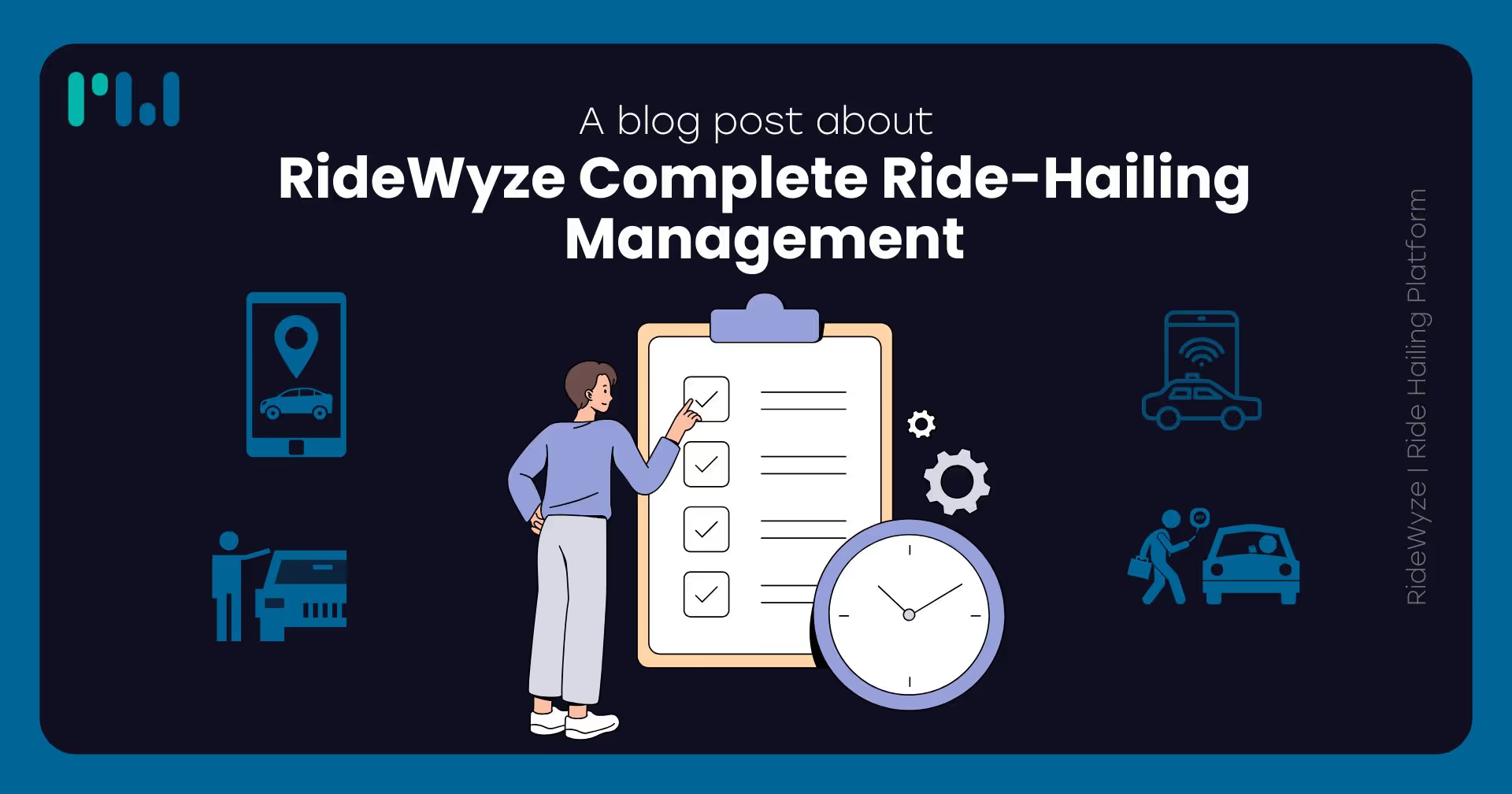
Article
RideWyze Complete Ride-Hailing Management
Streamline your ride-hailing operations with RideWyze’s comprehensive tools for efficient booking and fleet management.
7 Nov, 2024 · 6 min read
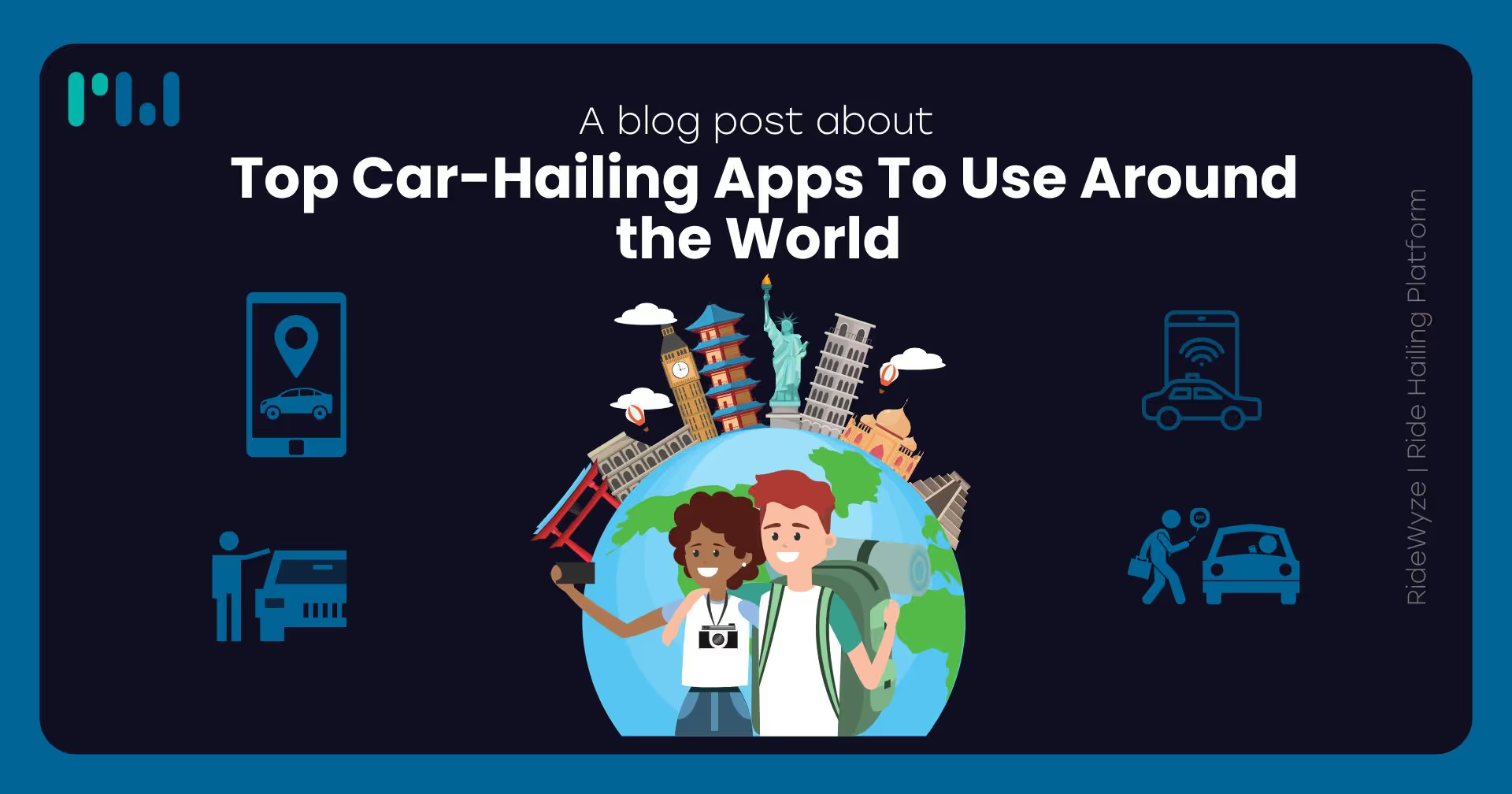
Article
Top Car-Hailing Apps To Use Around the World
Explore the best car-hailing apps worldwide for convenient, reliable, and seamless travel experiences.
11 Nov, 2024 · 6 min read
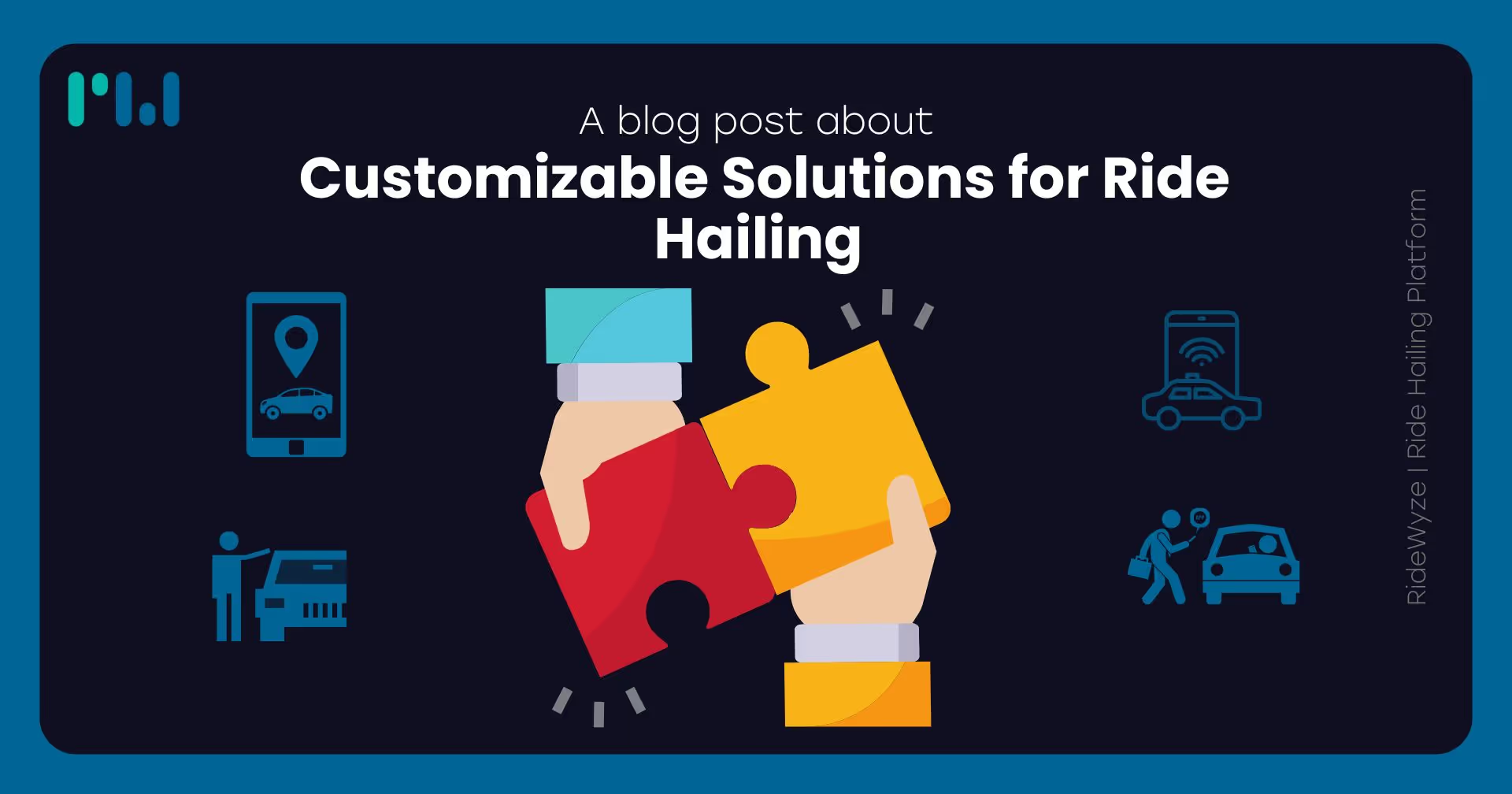
Article
Customizable Solutions for Ride Hailing
Explore flexible ride-hailing solutions tailored to meet your unique business needs and enhance user satisfaction.
18 Nov, 2024 · 6 min read
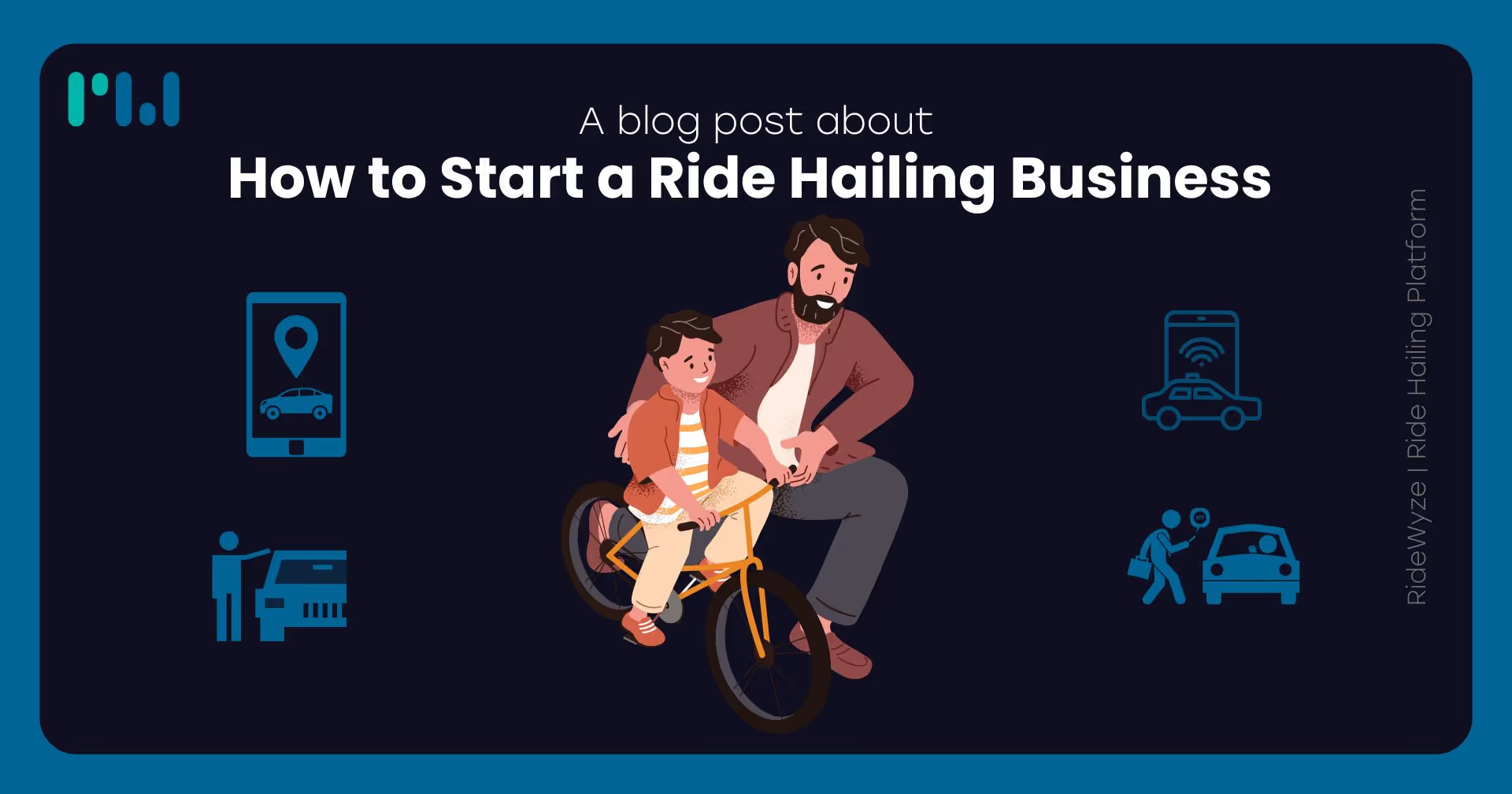
Article
How to Start a Ride Hailing Business
Learn the steps to launch a successful ride-hailing business, from planning and licensing to app development.
20 Nov, 2024 · 6 min read
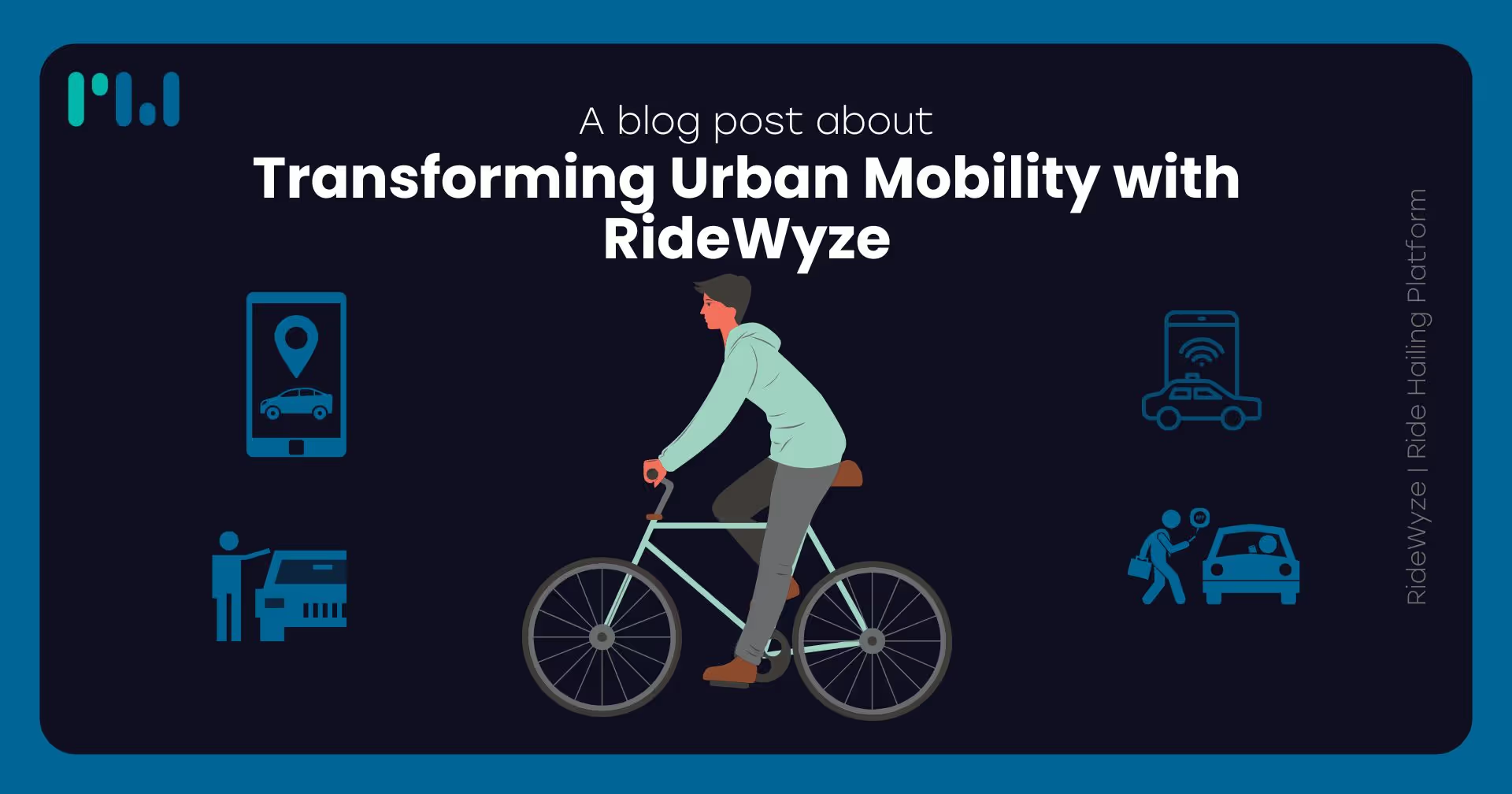
Article
Transforming Urban Mobility with RideWyze
Discover how RideWyze revolutionizes urban mobility with seamless ride-hailing solutions and smart technology.
25 Nov, 2024 · 6 min read
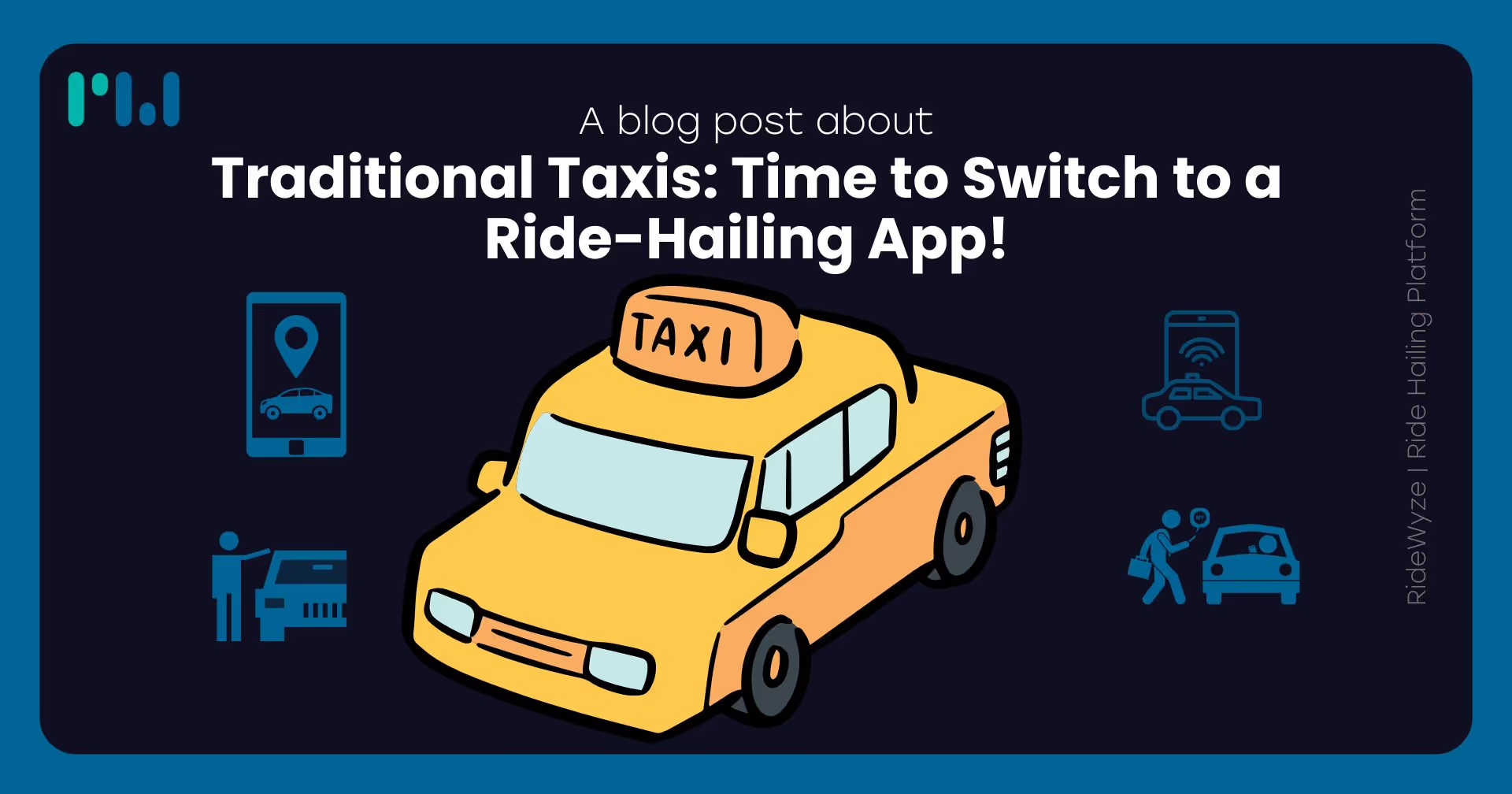
Article
Traditional Taxis: Time to Switch to a Ride-Hailing App!
Explore why ride-hailing apps are a smarter, more convenient alternative to traditional taxis in today’s fast-paced world.
28 Nov, 2024 · 6 min read
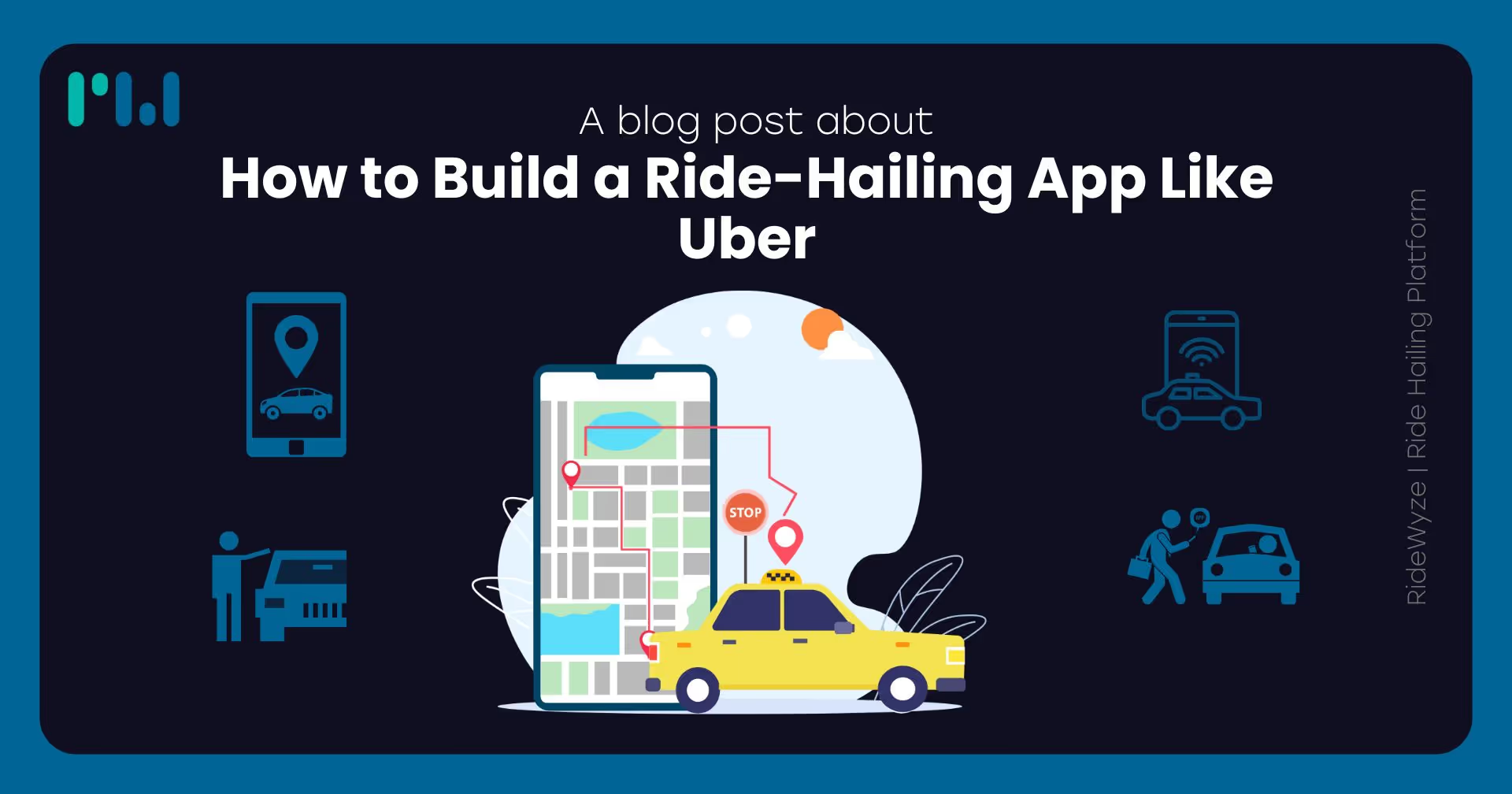
Article
How to Build a Ride-Hailing App Like Uber
Learn the key steps, features, and technology needed to create a successful ride-hailing app like Uber.
29 Nov, 2024 · 6 min read
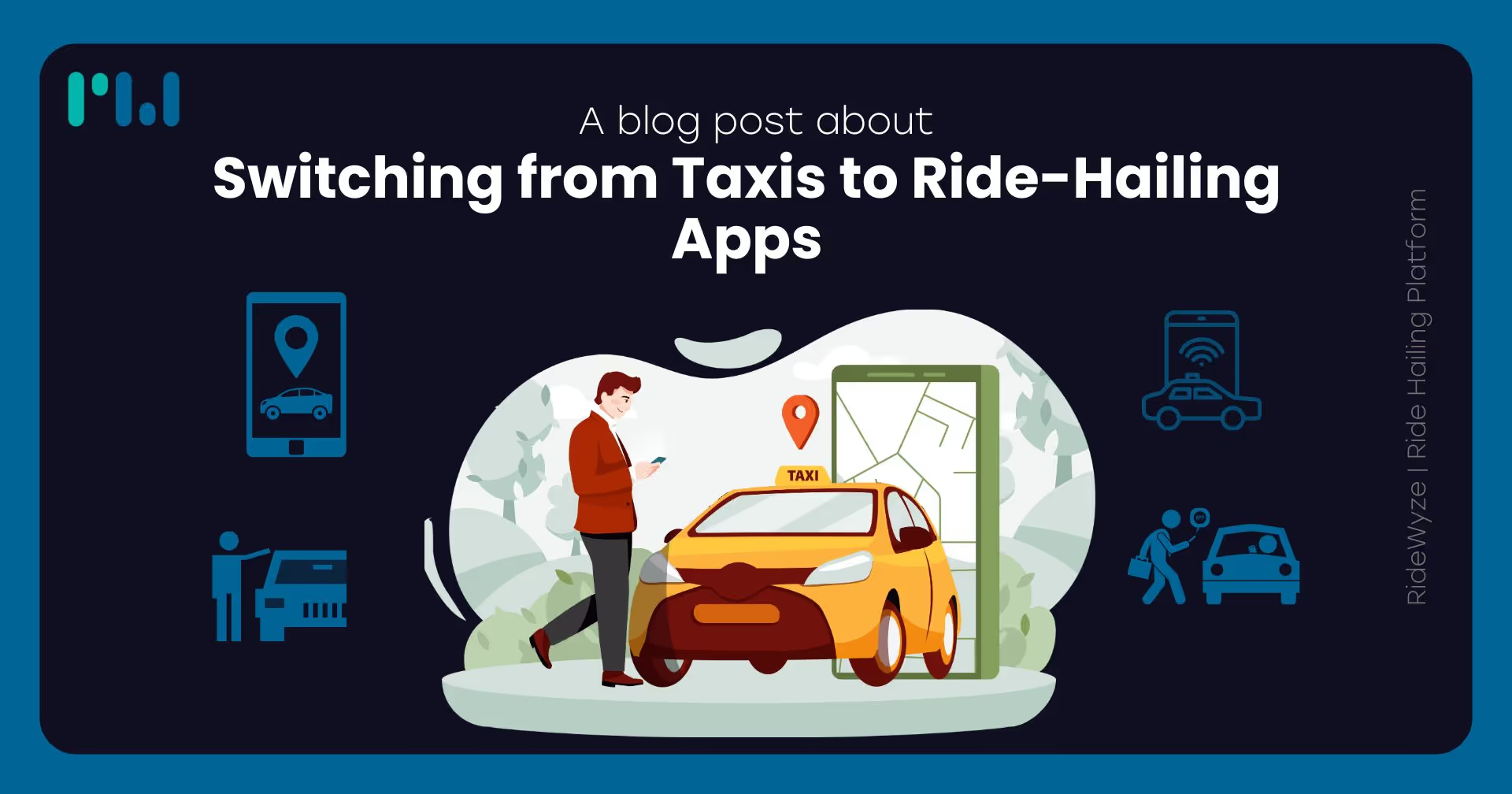
Article
Switching from Taxis to Ride-Hailing Apps
Learn why ride-hailing apps are transforming travel, offering convenience, affordability, and smarter navigation.
3 Dec, 2024 · 6 min read
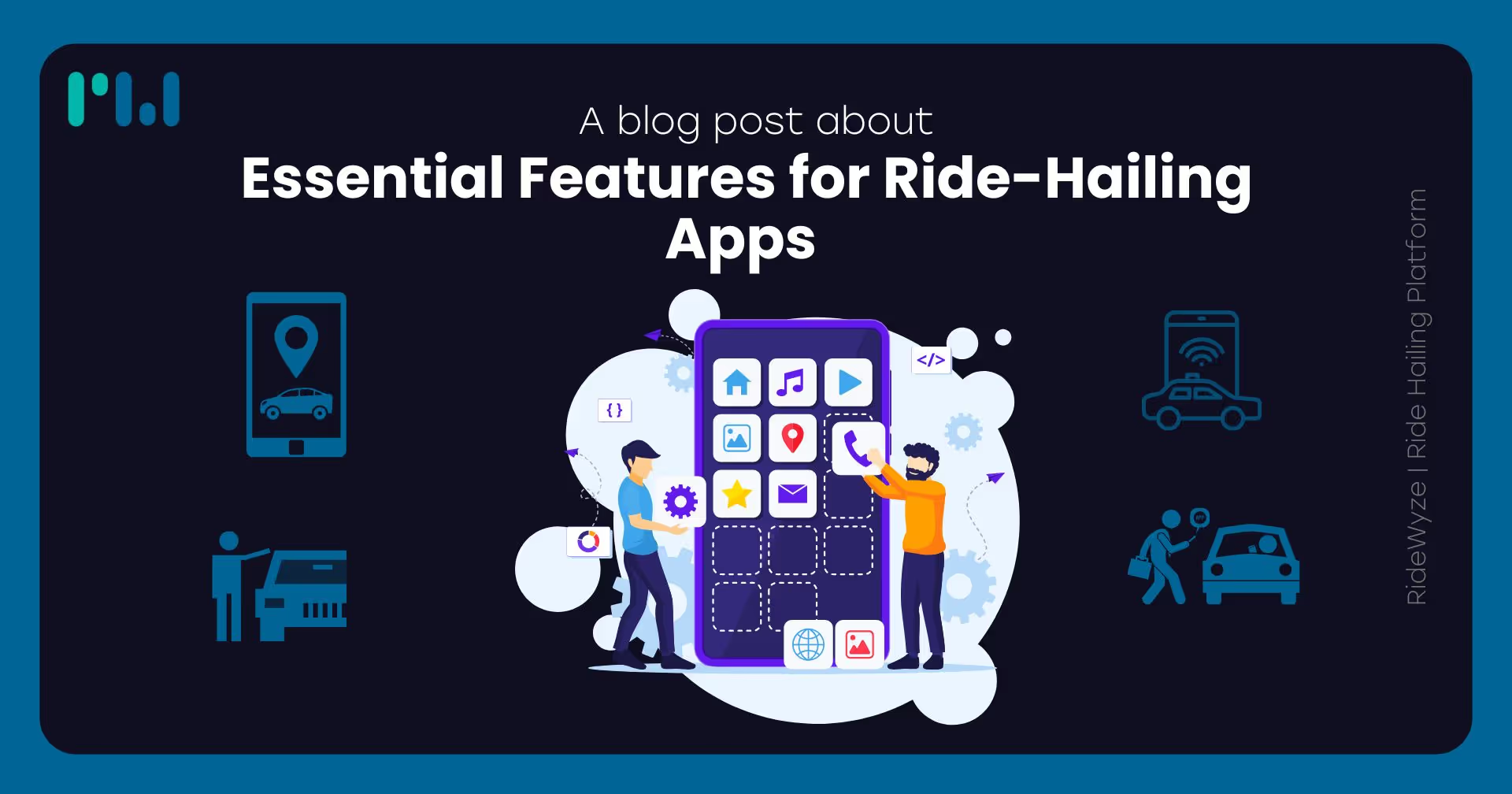
Article
Essential Features for Ride-Hailing Apps
Explore the must-have features for ride-hailing apps that enhance user experience and streamline operations.
6 Dec, 2024 · 6 min read
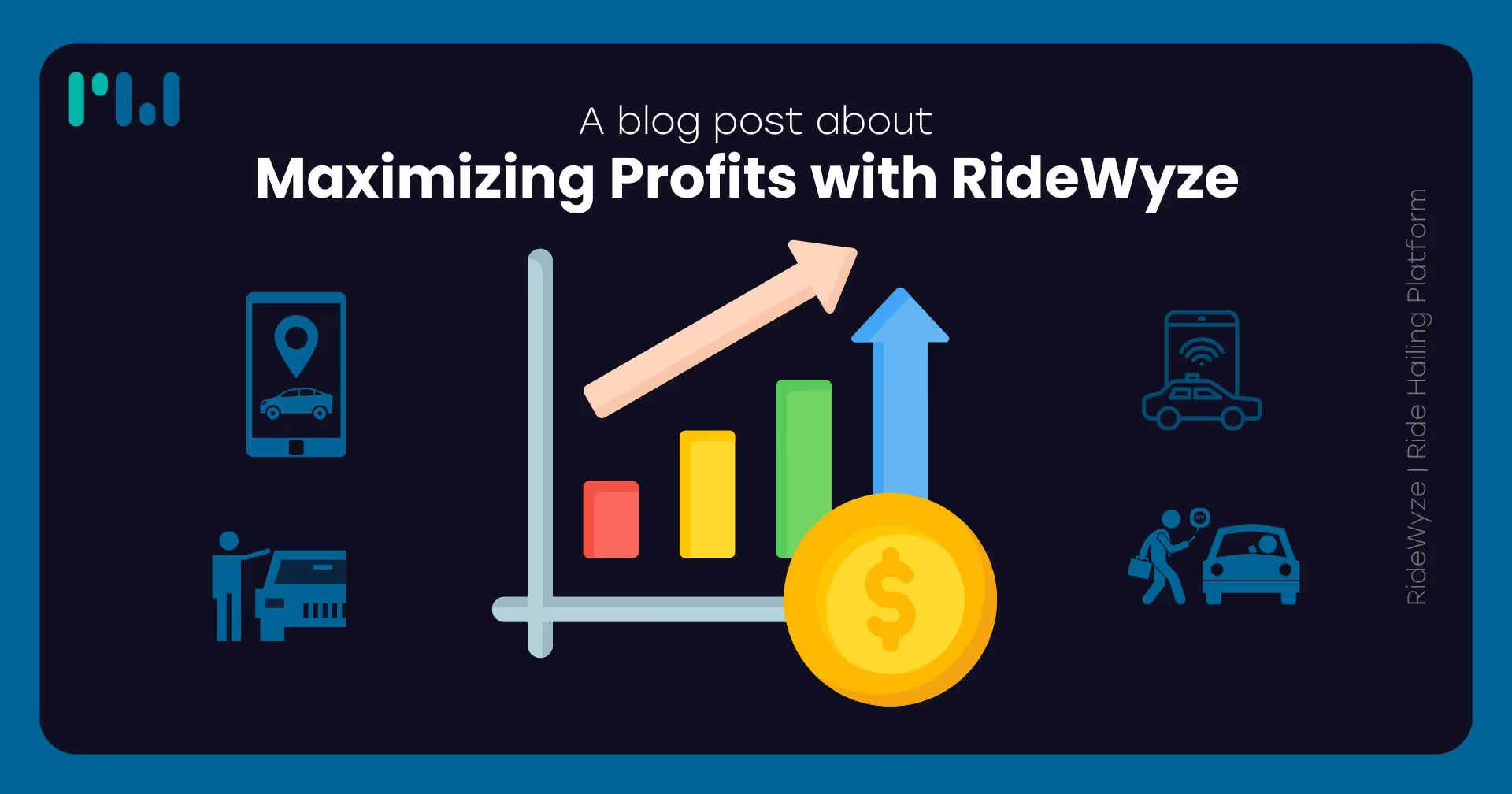
Article
Maximizing Profits with RideWyze
Optimize your ride-hailing business with RideWyze's smart solutions, boosting efficiency and increasing revenue.
11 Dec, 2024 · 6 min read
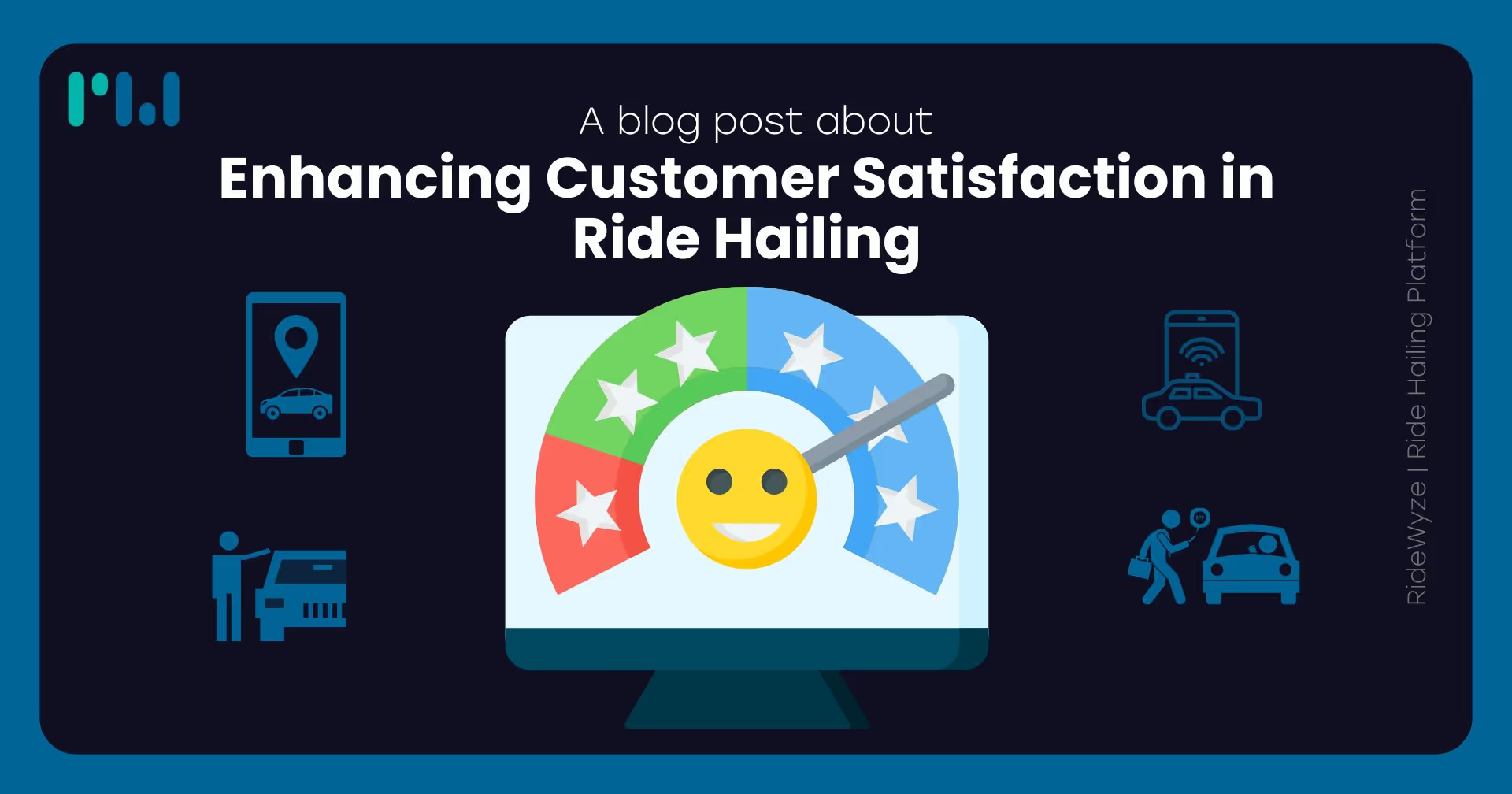
Article
Enhancing Customer Satisfaction in Ride Hailing
Discover strategies to improve customer experiences and build loyalty in the competitive ride-hailing market.
13 Dec, 2024 · 6 min read
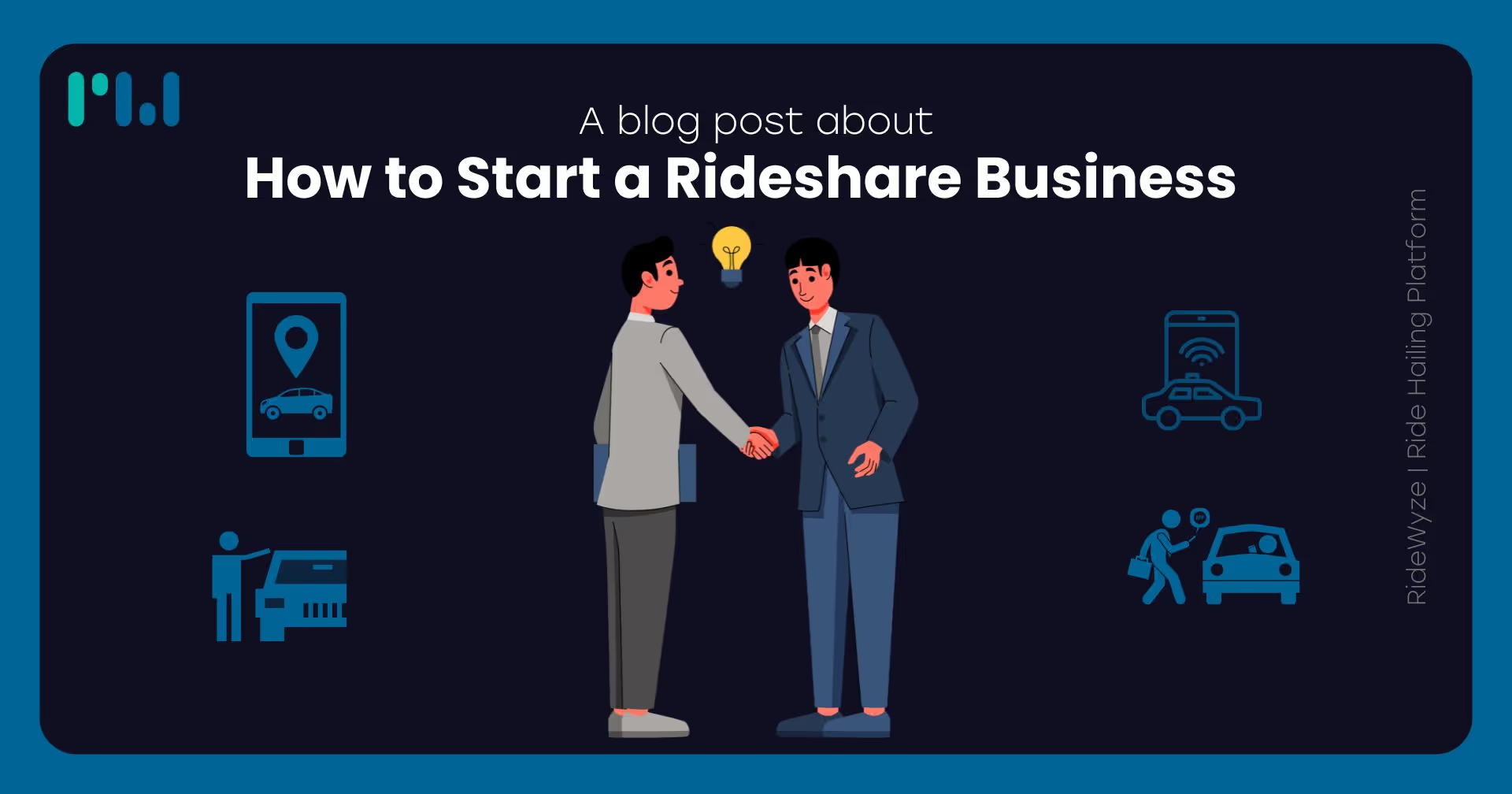
Article
How to Start a Rideshare Business
Learn the essential steps to launch your rideshare business, from planning to implementation.
16 Dec, 2024 · 6 min read
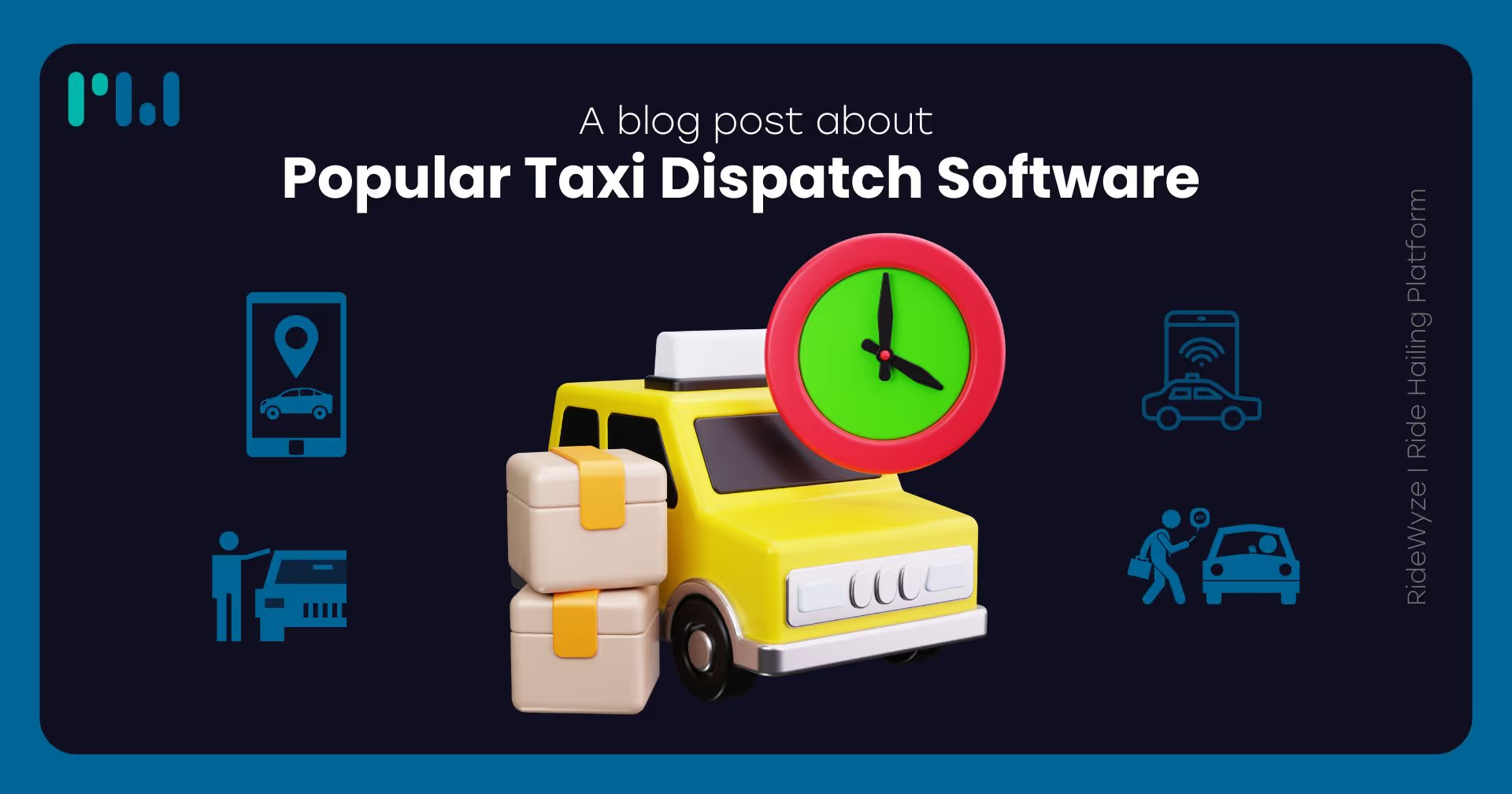
Article
Popular Taxi Dispatch Software
Discover top taxi dispatch software solutions that enhance fleet management, improve efficiency, and streamline operations.
18 Dec, 2024 · 6 min read
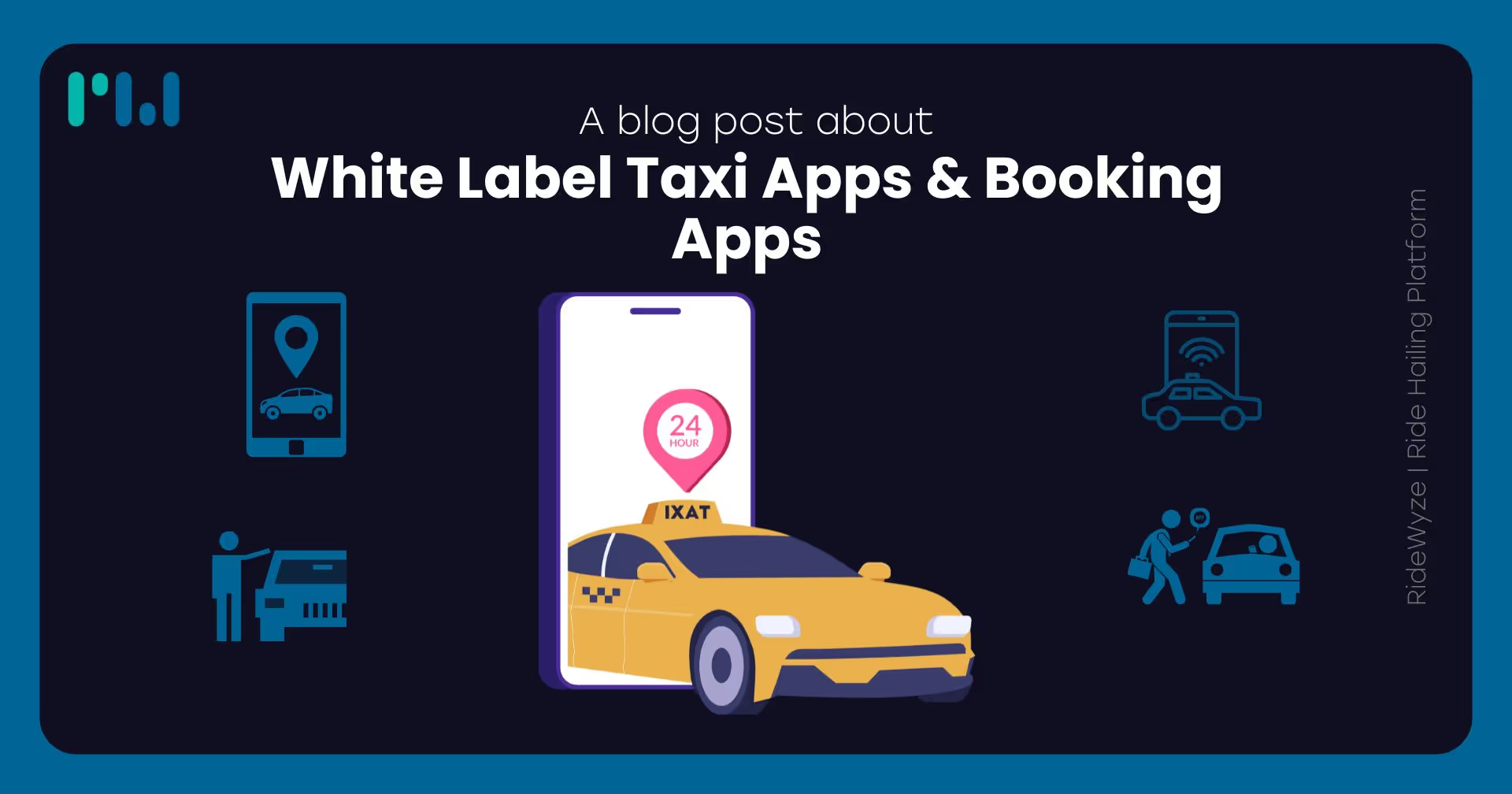
Article
White Label Taxi Apps & Booking Apps
Discover white-label taxi and booking apps that offer seamless ride management and brand customization for businesses.
19 Dec, 2024 · 6 min read
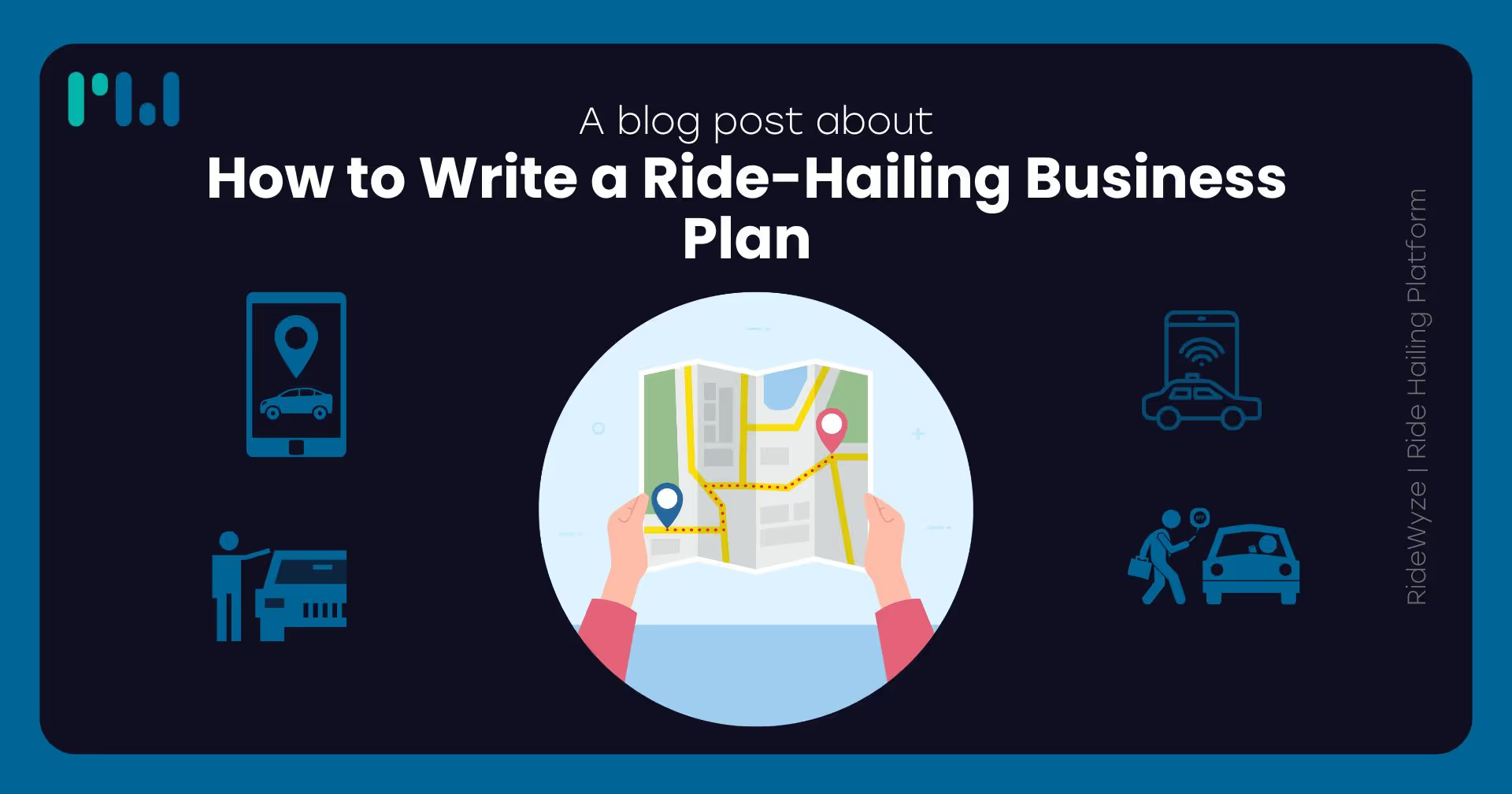
Article
How to Write a Ride-Hailing Business Plan
Learn step-by-step how to craft a comprehensive business plan for a successful ride-hailing venture, from market research to financial projections.
23 Dec, 2024 · 6 min read
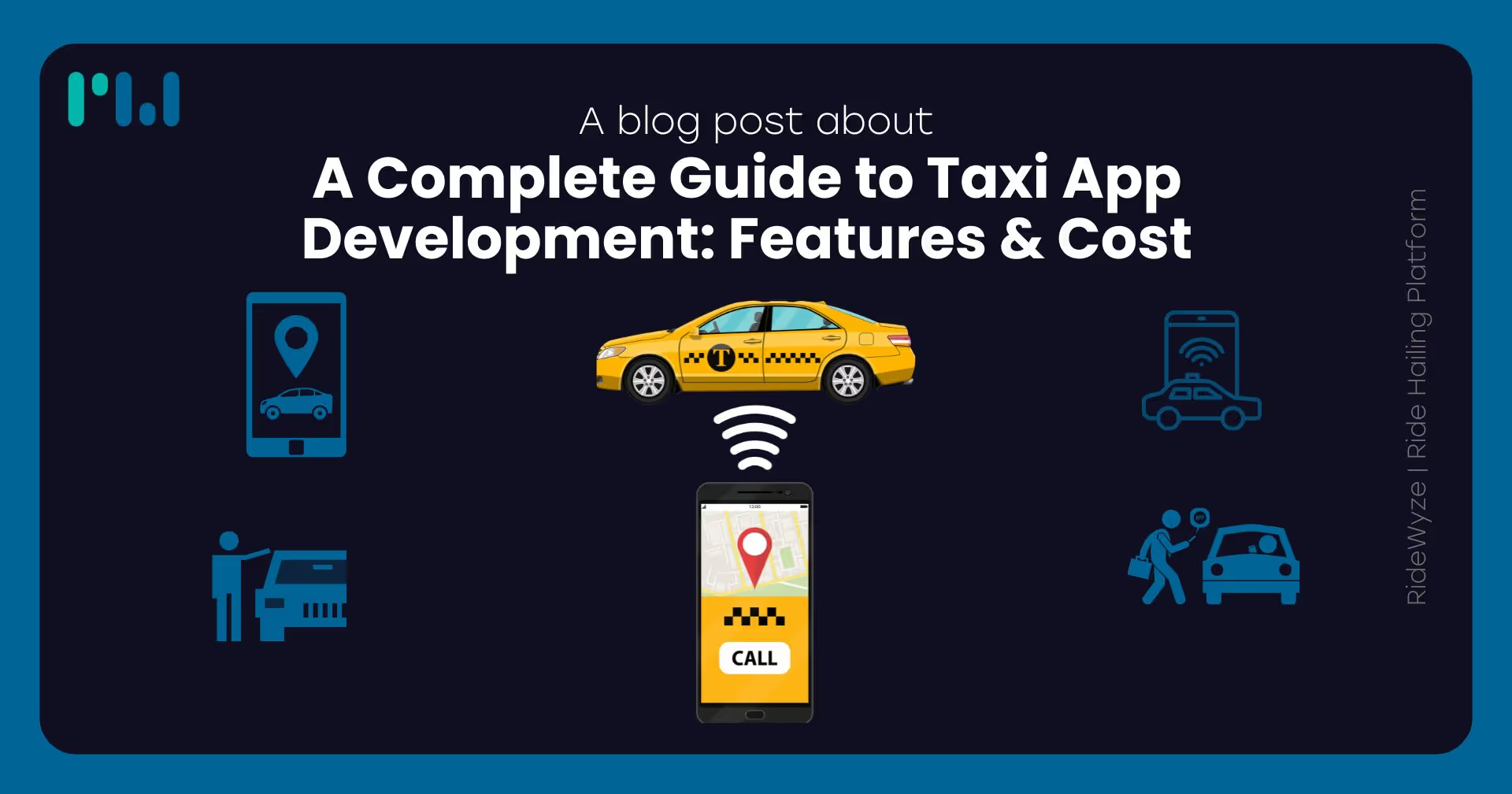
Article
A Complete Guide to Taxi App Development: Features & Cost
Discover everything you need to know about taxi app development, including essential features, cost breakdown, and tips for success.
30 Dec, 2024 · 6 min read

Article
How to Build Ride-Hailing App like Bolt?
Learn the step-by-step process to develop a ride-hailing app like Bolt, including features, tech stack, and cost estimation.
1 Jan, 2025 · 6 min read
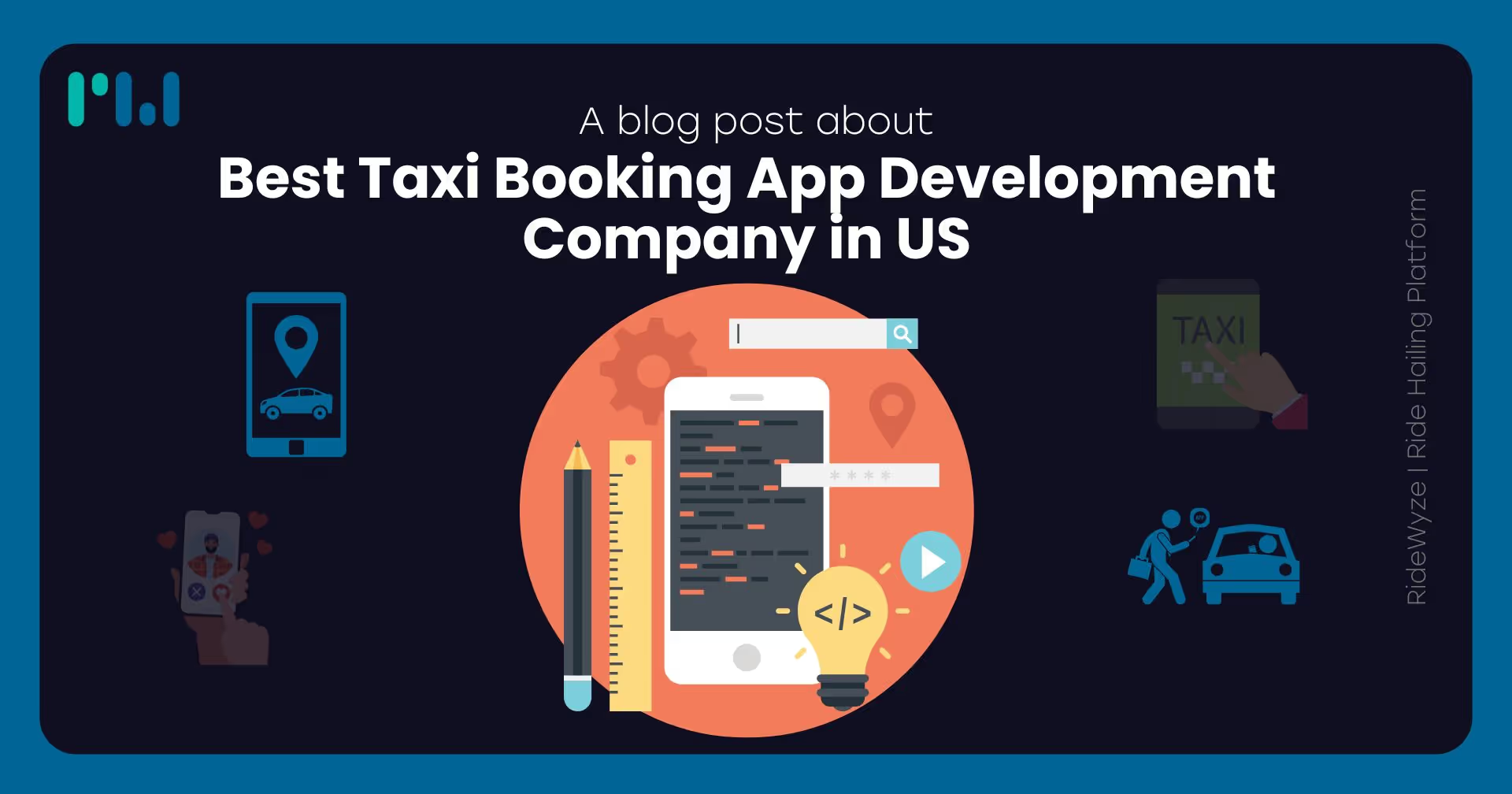
Article
Best Taxi Booking App Development Company in US
Discover the top taxi booking app development companies in the US offering innovative and scalable solutions.
9 Jan, 2025 · 6 min read
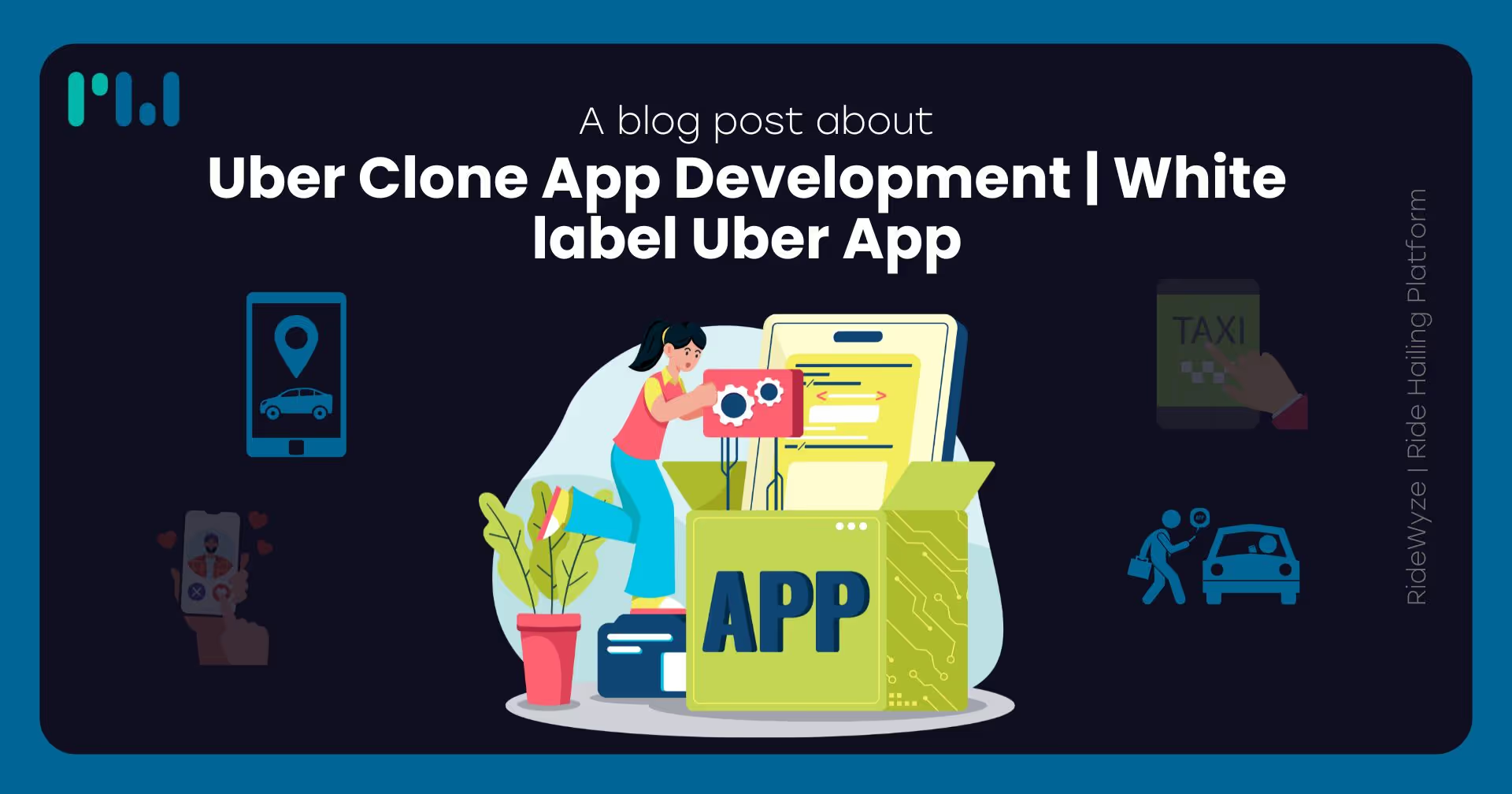
Article
Uber Clone App Development
Launch your own ride-hailing business with a customizable and scalable Uber clone app. Our whitelabel Uber app solutions are tailored to meet your unique business needs.
14 Jan, 2025 · 6 min read

Article
Case Study: RideWyze Success Stories
Discover how RideWyze has revolutionized the ride-hailing industry with real-world success stories from businesses worldwide.
16 Jan, 2025 · 6 min read

Article
How to Build Ride-Hailing App like Careem?
Discover the step-by-step process to create a ride-hailing app like Careem, including features, technology, and costs.
20 Jan, 2025 · 6 min read
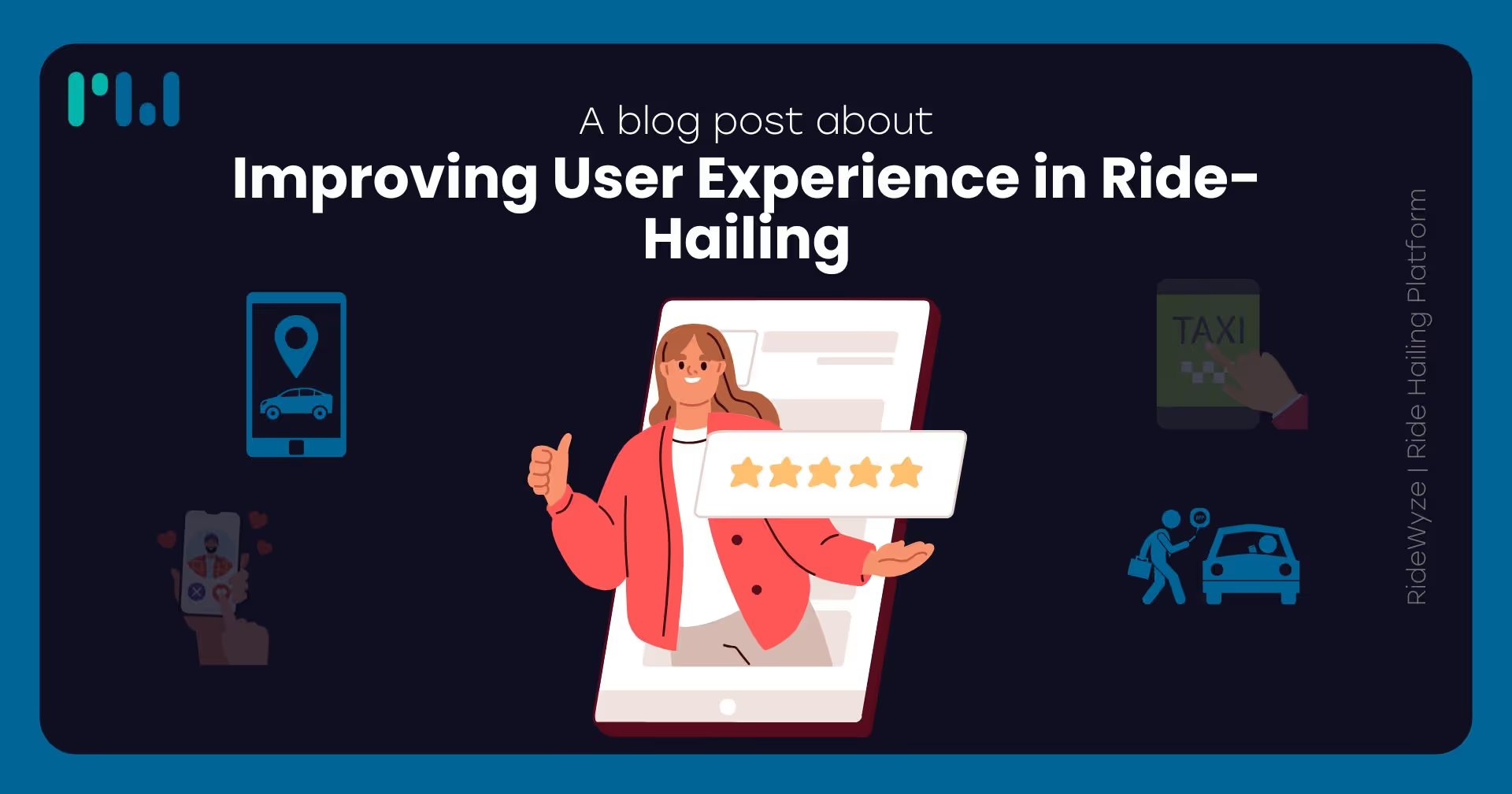
Article
Improving User Experience in Ride-Hailing
Explore innovative strategies and technologies to enhance customer satisfaction in ride-hailing services.
24 Jan, 2025 · 6 min read
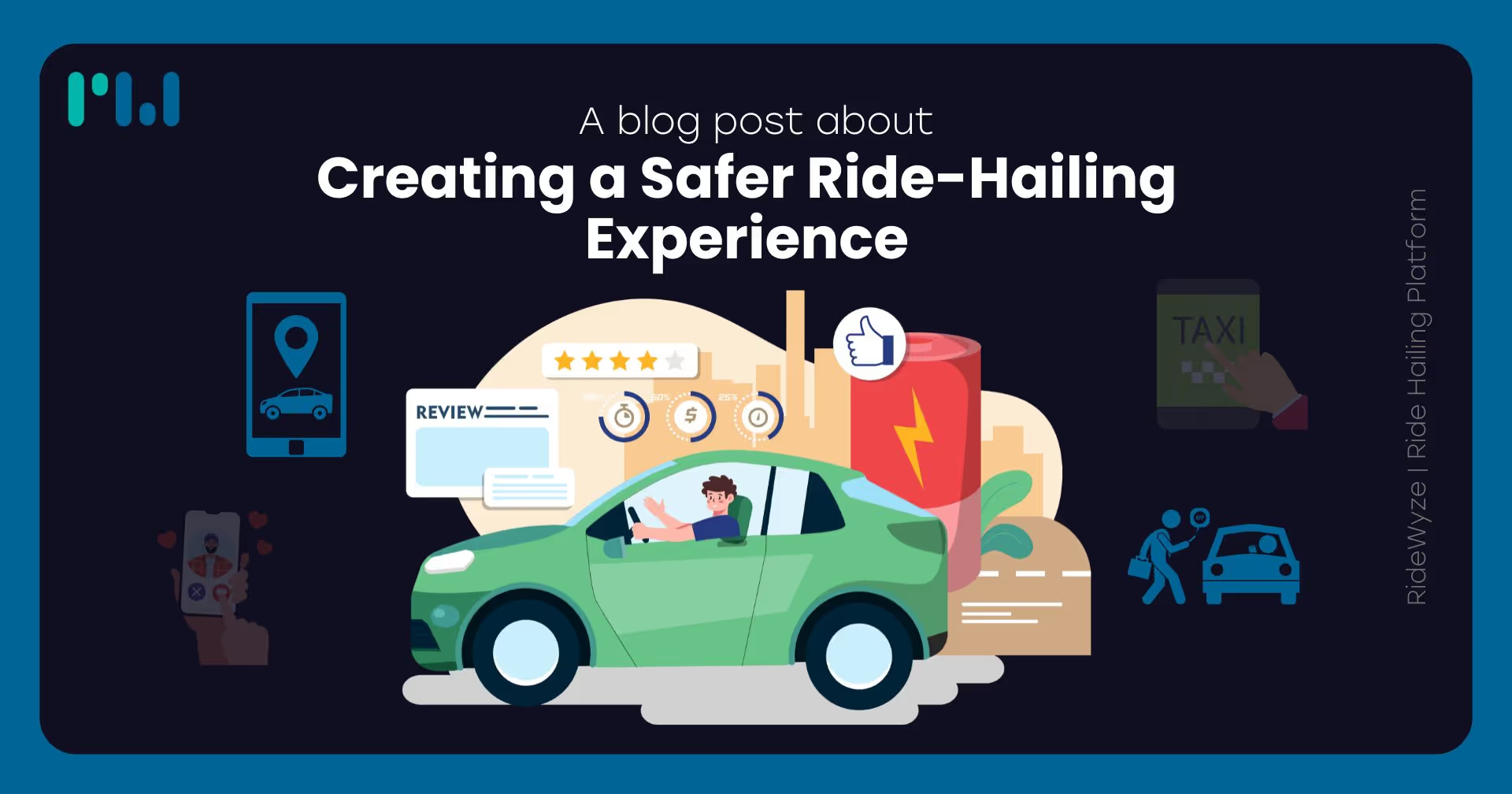
Article
Creating a Safer Ride-Hailing Experience
Explore essential safety measures and technological advancements that enhance security for both drivers and passengers in ride-hailing services.
31 Jan, 2025 · 6 min read

Article
How to Build a Ride-Hailing App Like InDrive?
Learn the essential steps, features, and technologies needed to develop a ride-hailing app like InDrive, from concept to launch.
5 Feb, 2025 · 6 min read
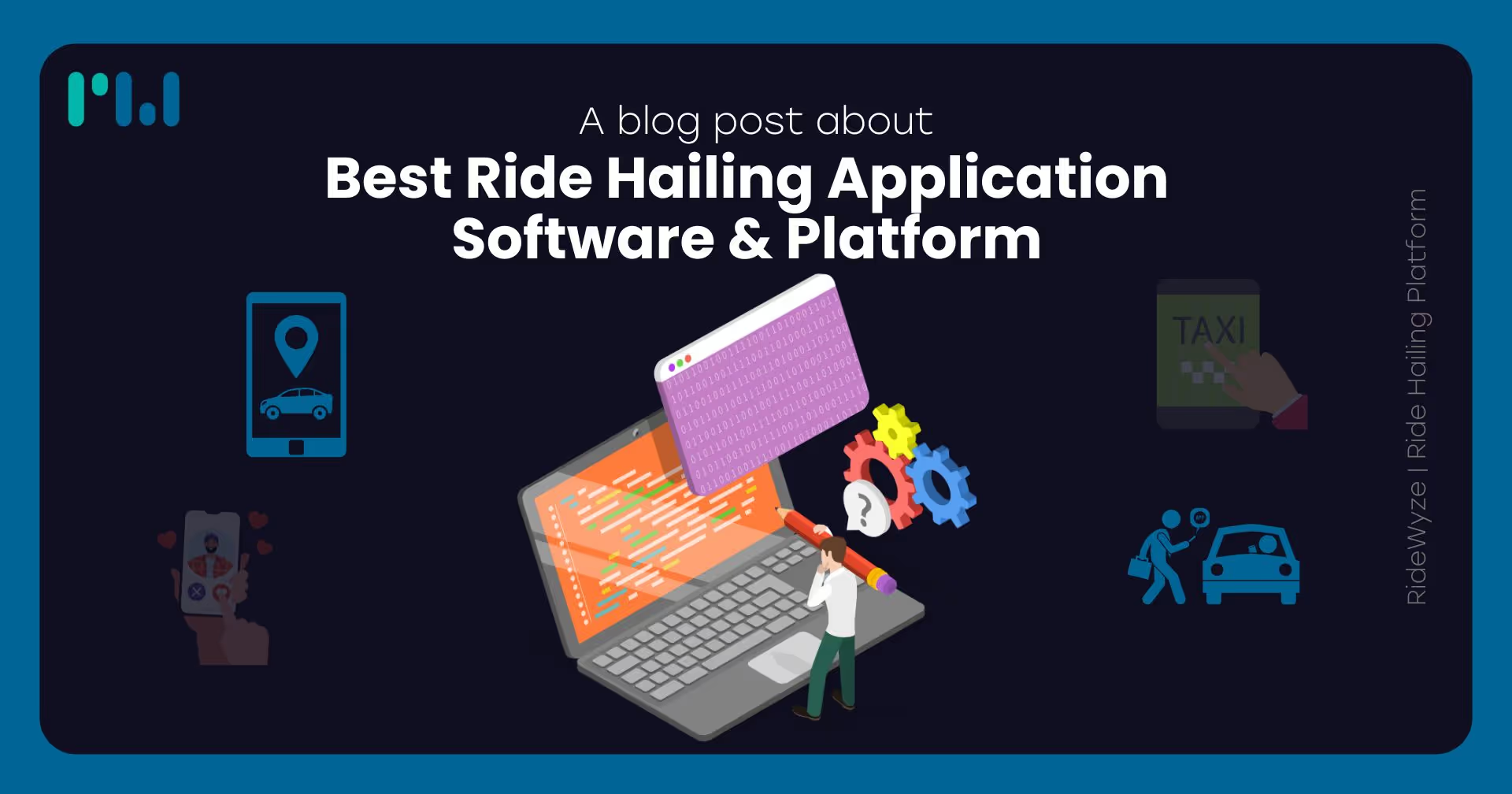
Article
Best Ride Hailing Application Software & Platform
Explore top ride-hailing software for seamless booking, efficient operations, and key features.
5 Feb, 2025 · 6 min read
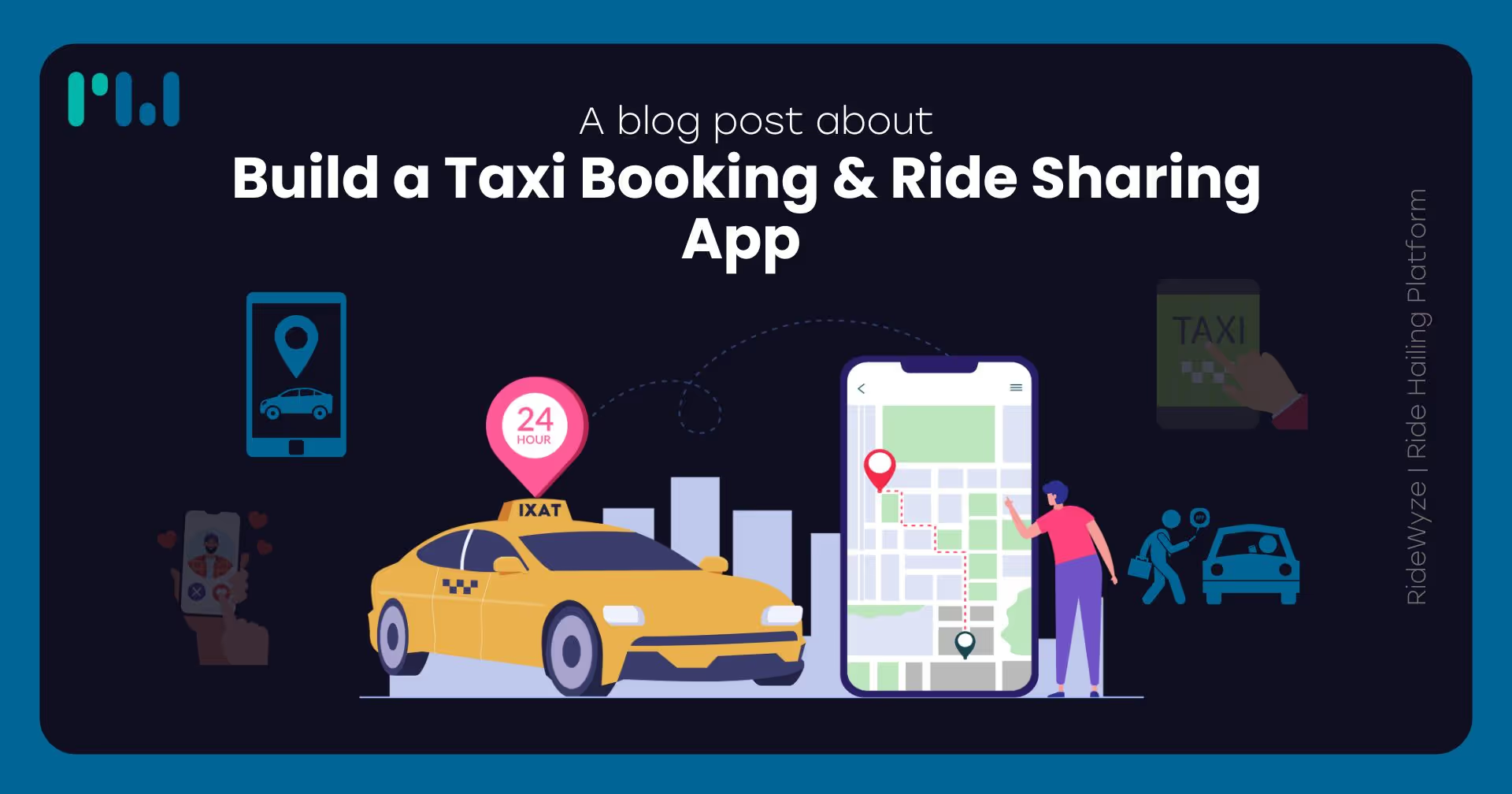
Article
Build a Taxi Booking & Ride Sharing App
Build a seamless, user-friendly taxi booking and ride-sharing app with essential features and scalable solutions.
11 Feb, 2025 · 6 min read

Article
Business with RideWyze's Ride-Hailing Software
Streamline operations, boost customer experience, and maximize profits with RideWyze’s advanced ride-hailing solution.
11 Feb, 2025 · 6 min read
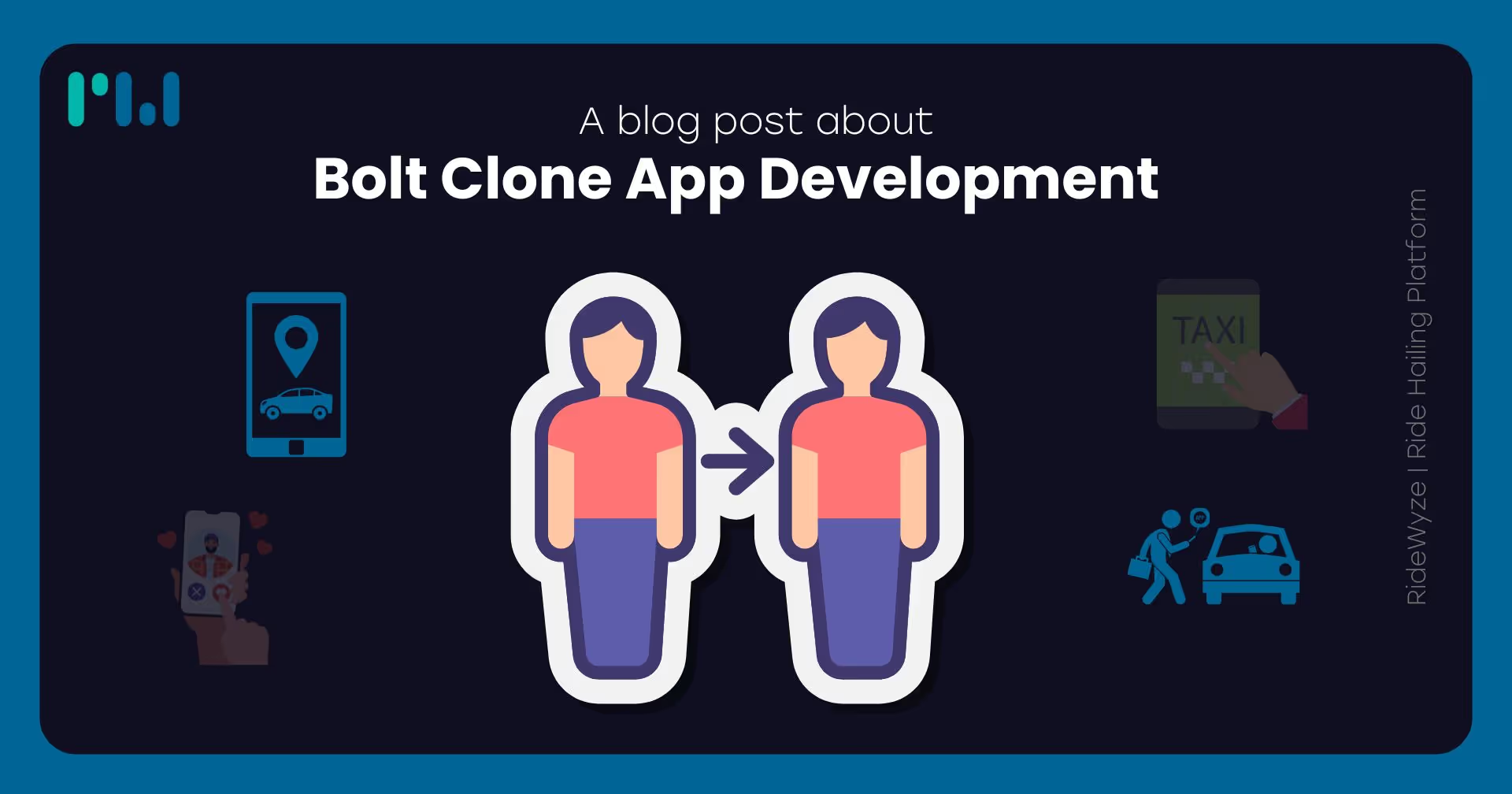
Article
Bolt Clone App Development
Build a Bolt clone app with seamless booking, top features, and smooth user experience.
14 Feb, 2025 · 6 min read

Article
How to Build an Uber-Like App
Learn the key steps, features, and technologies required to develop a successful Uber-like ride-hailing app with a seamless user experience.
18 Feb, 2025 · 6 min read
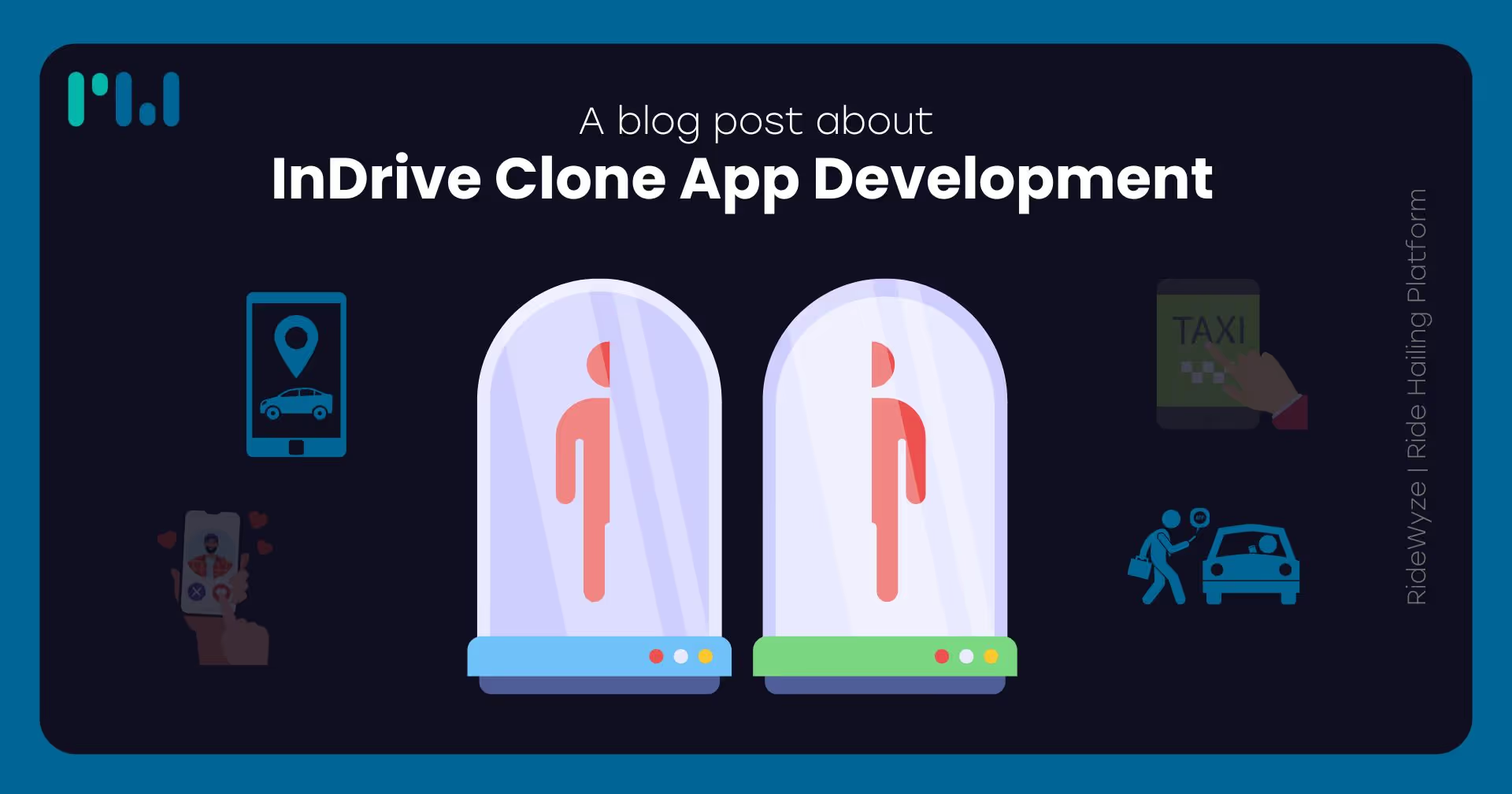
Article
InDrive Clone App Development
Build a custom InDrive-like app with a white-label solution, advanced features, and seamless ride-hailing experience.
20 Feb, 2025 · 6 min read
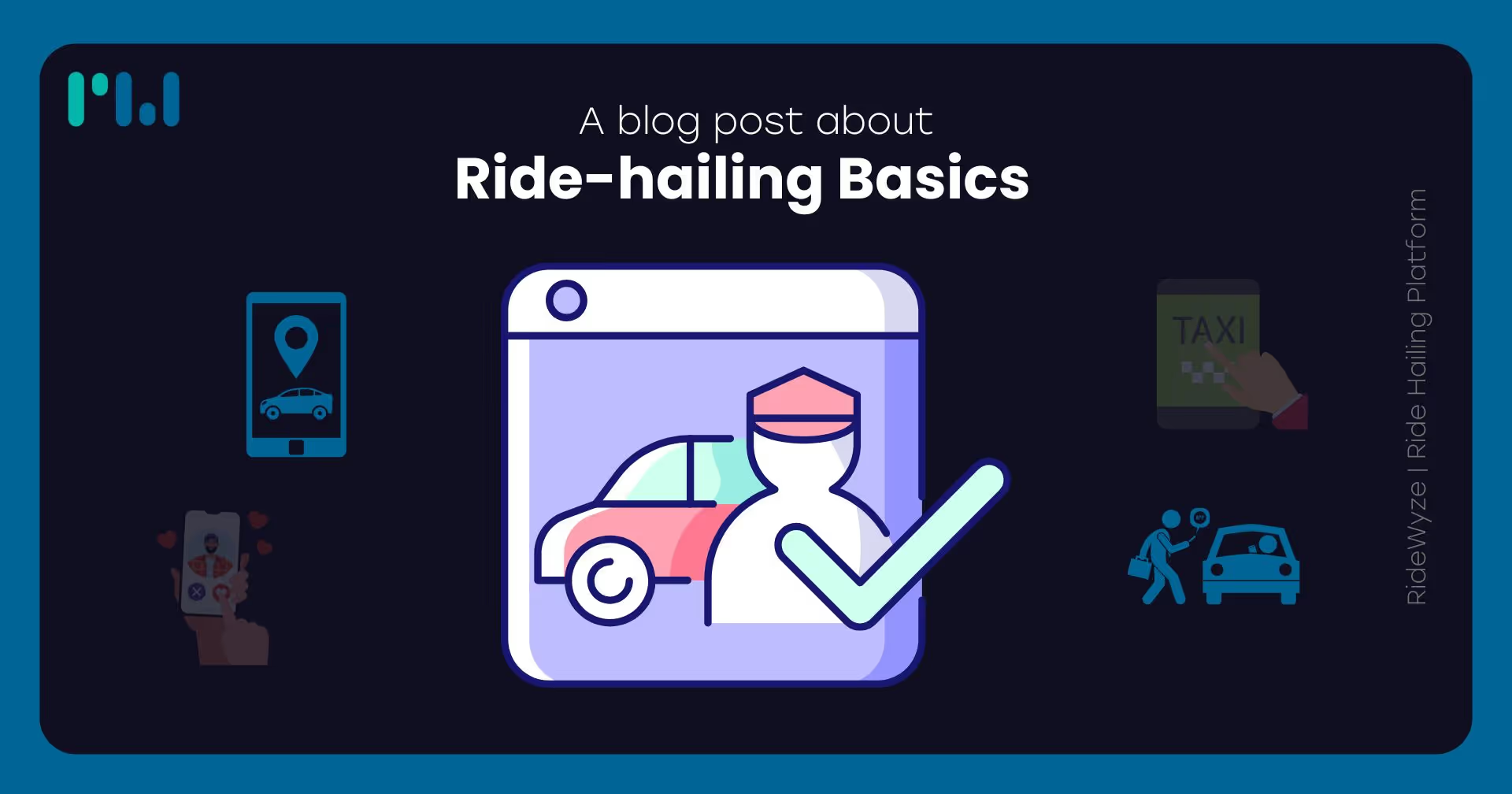
Article
Ride-hailing Basics
Learn the fundamentals of ride-hailing, from booking a ride to driver and passenger essentials for a seamless experience.
21 Feb, 2025 · 6 min read
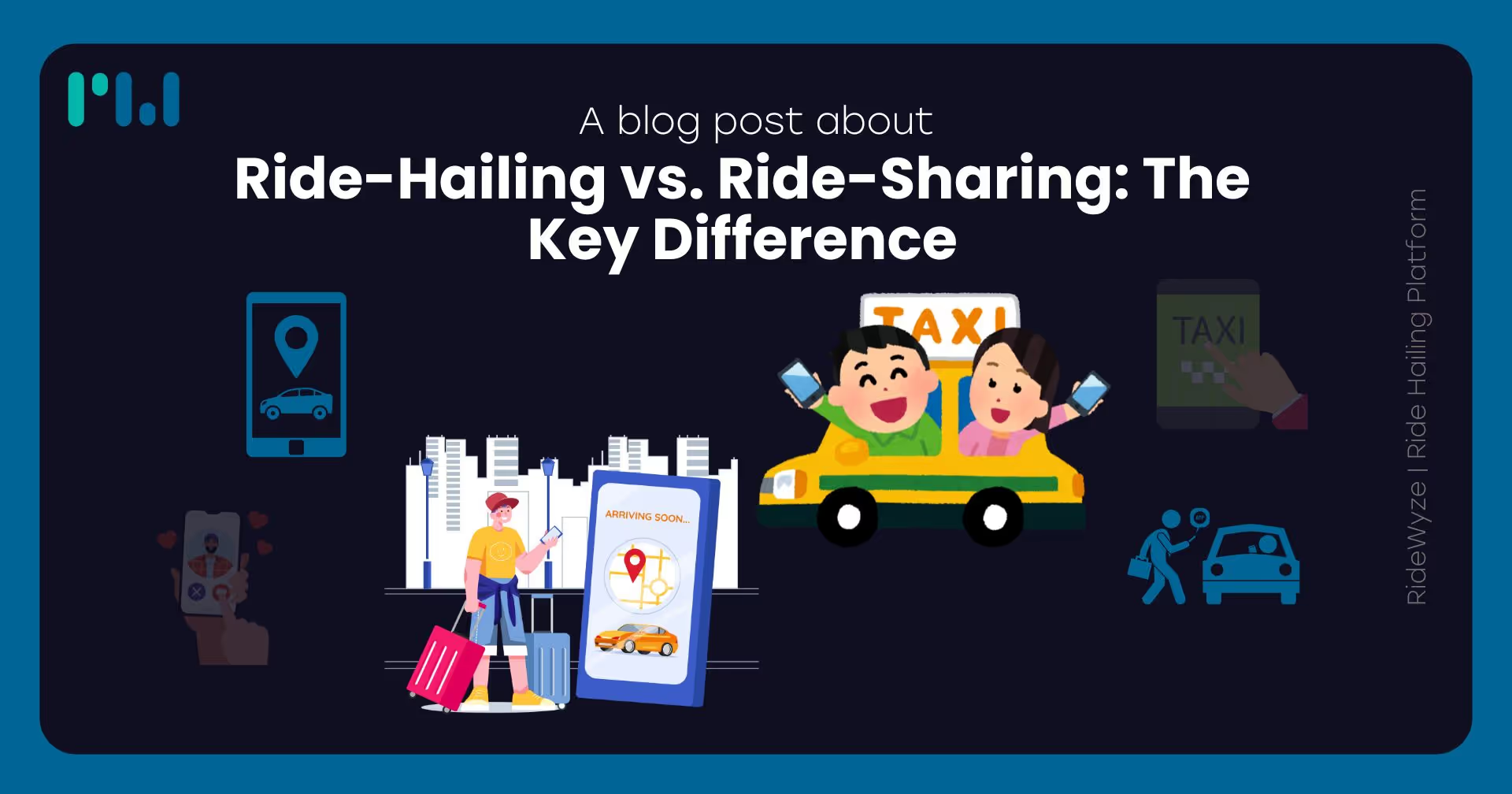
Article
Ride-Hailing vs. Ride-Sharing the Key Difference
Learn the difference between ride-hailing and ride-sharing services, and how each impacts transportation and mobility.
25 Feb 2025 · 6 min read

Article
How to Build a Careem-Like App
Develop a feature-rich, scalable ride-hailing app like Careem with seamless booking and payment integration.
26 Feb 2025 · 6 min read
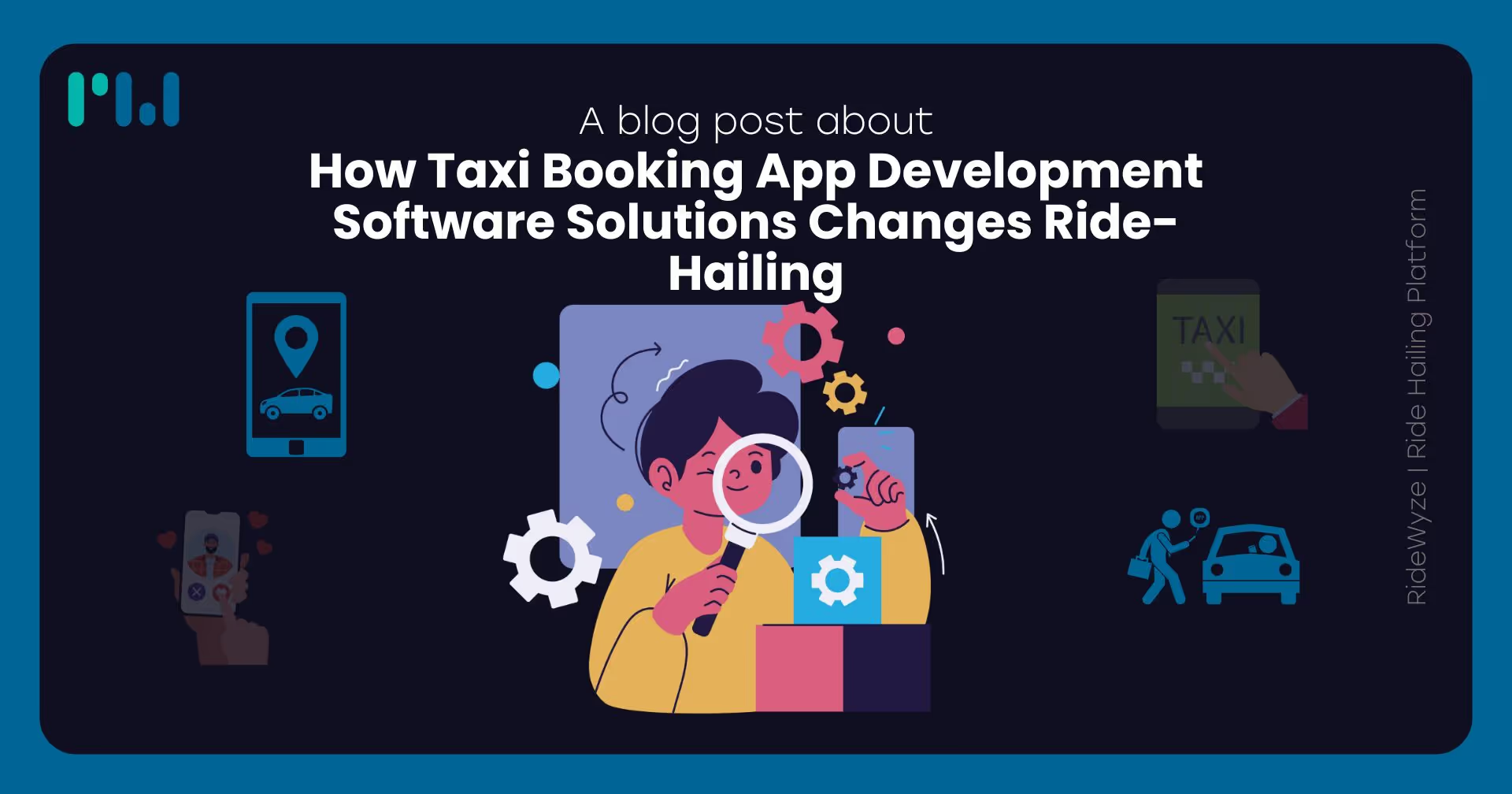
Article
How Taxi Booking App Development Software
Discover how advanced software solutions enhance ride-hailing efficiency, user experience, and business growth.
28 Feb 2025 · 6 min read
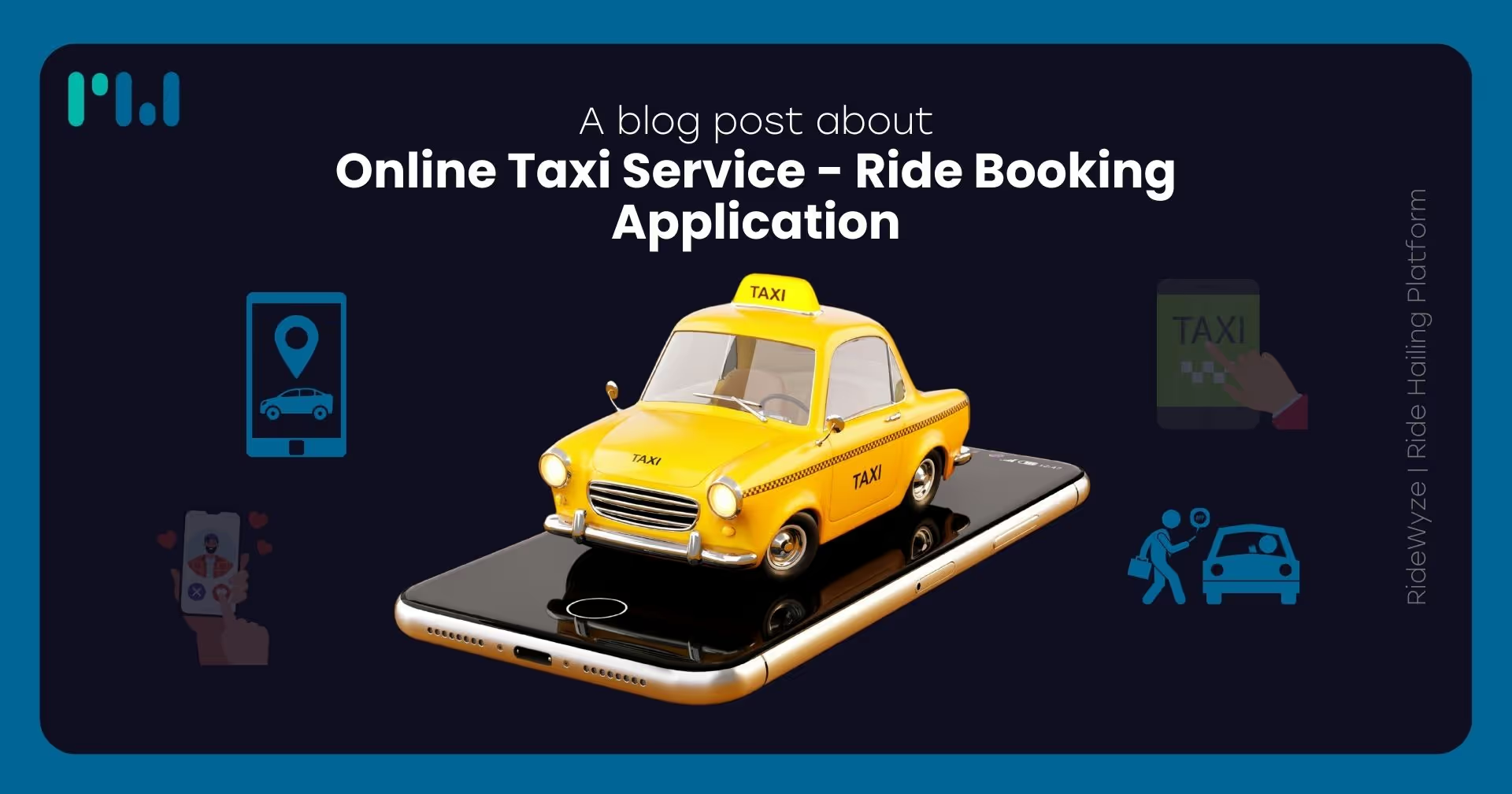
Article
Online Taxi Service - Ride Booking Application
Seamless ride booking with real-time tracking and secure payments.
3 March 2025 · 6 min read
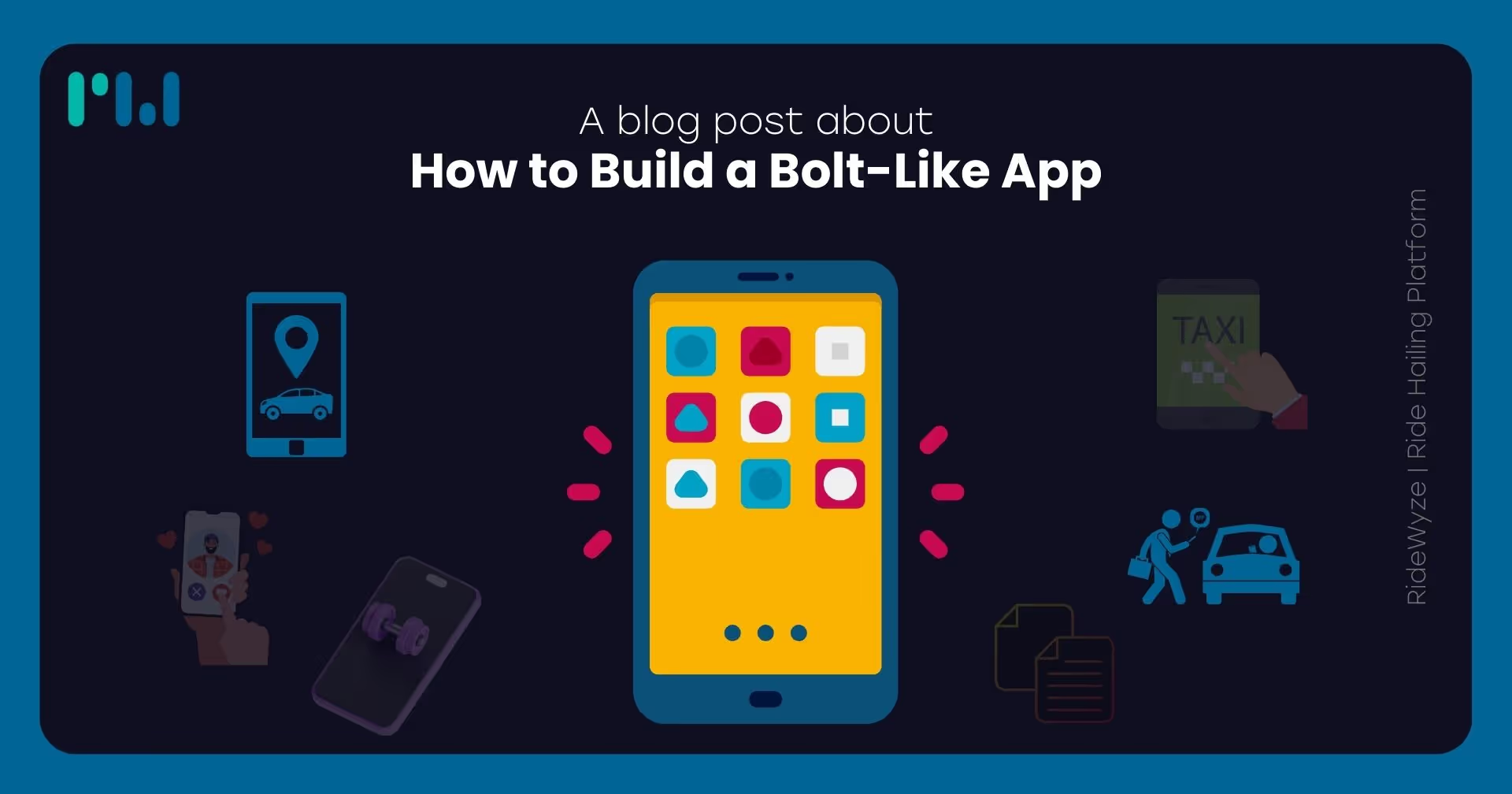
Article
How to Build a Bolt-Like App
Learn the key features, development steps, and costs involved in creating a Bolt-style ride-hailing app.
10 March 2025 · 6 min read
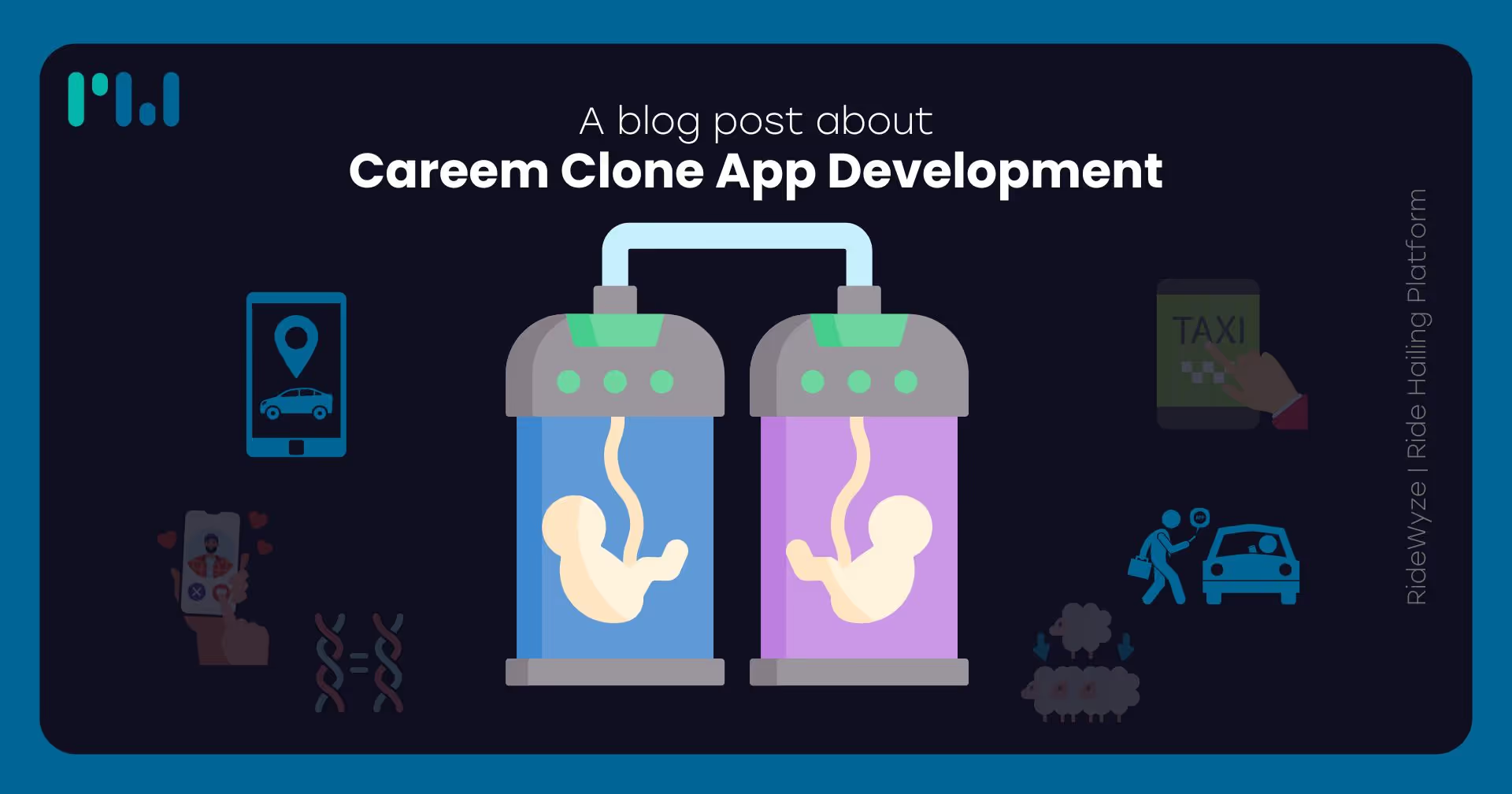
Article
Careem Clone App Development
Launch your own ride-hailing service with a white-label Careem clone app, featuring seamless booking and advanced features.
12 March 2025 · 6 min read
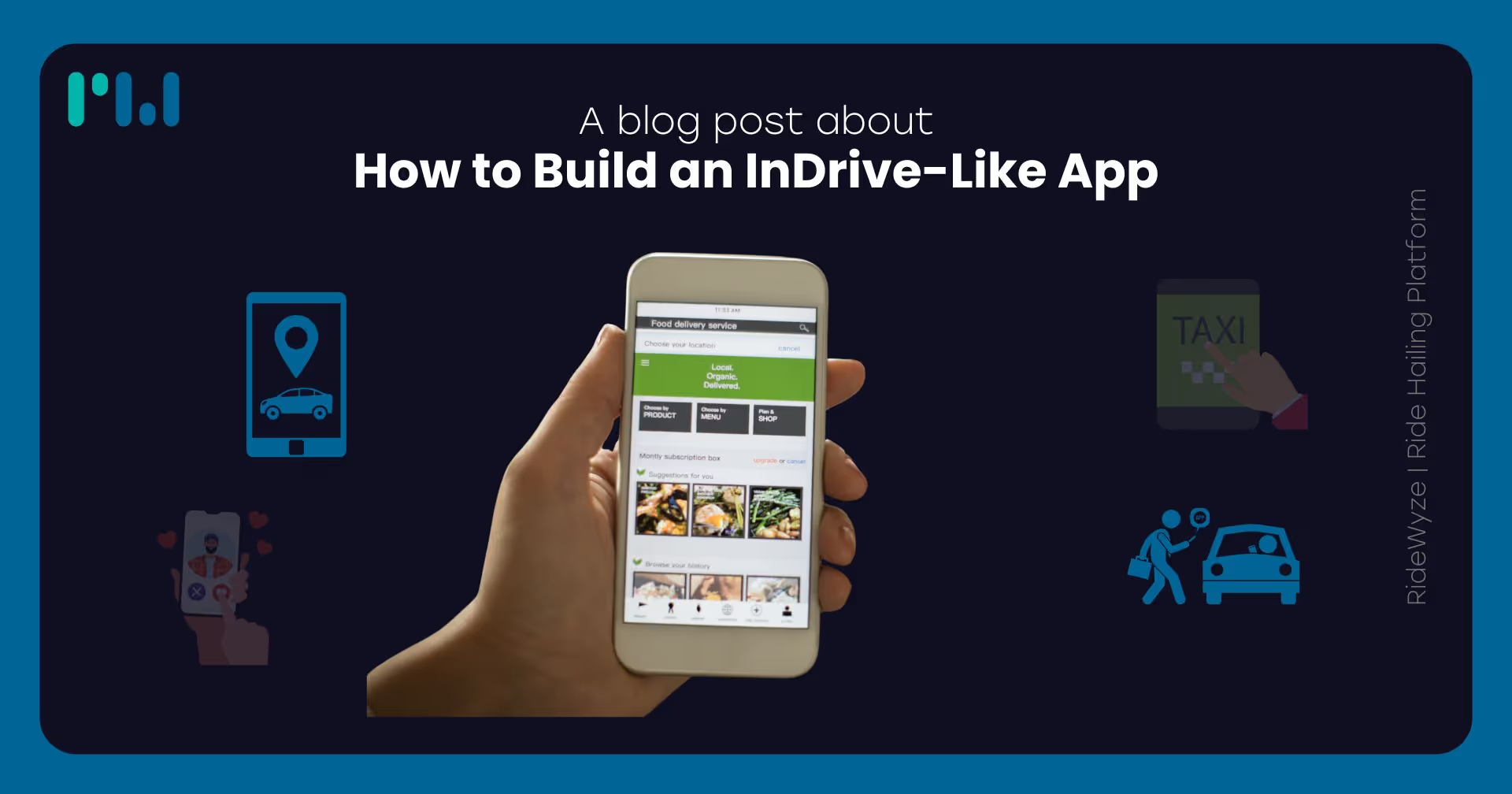
Article
How to Build an InDrive-Like App
Learn the key features, development process, and cost factors for creating a custom InDrive-style ride-hailing app.
13 March 2025 · 6 min read

Article
Key Trends Shaping the Ride-Hailing Industry in 2025
Discover emerging innovations transforming ride-hailing in 2025.
19 March 2025 · 6 min read
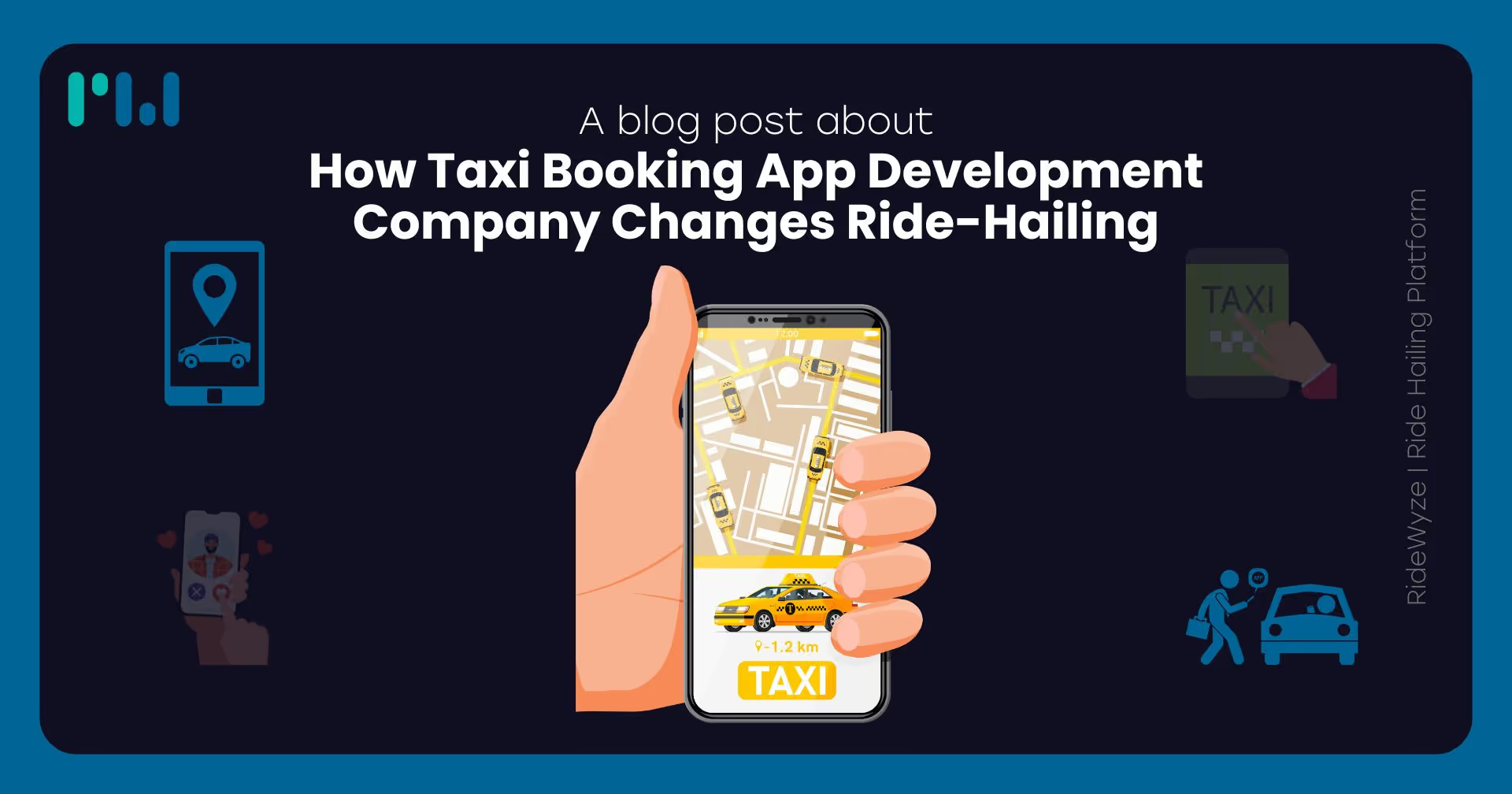
Article
How Taxi Booking App Development Company Changes Ride-Hailing
Discover how expert app development transforms the ride-hailing industry with innovation and efficiency.
25 March 2025 · 6 min read
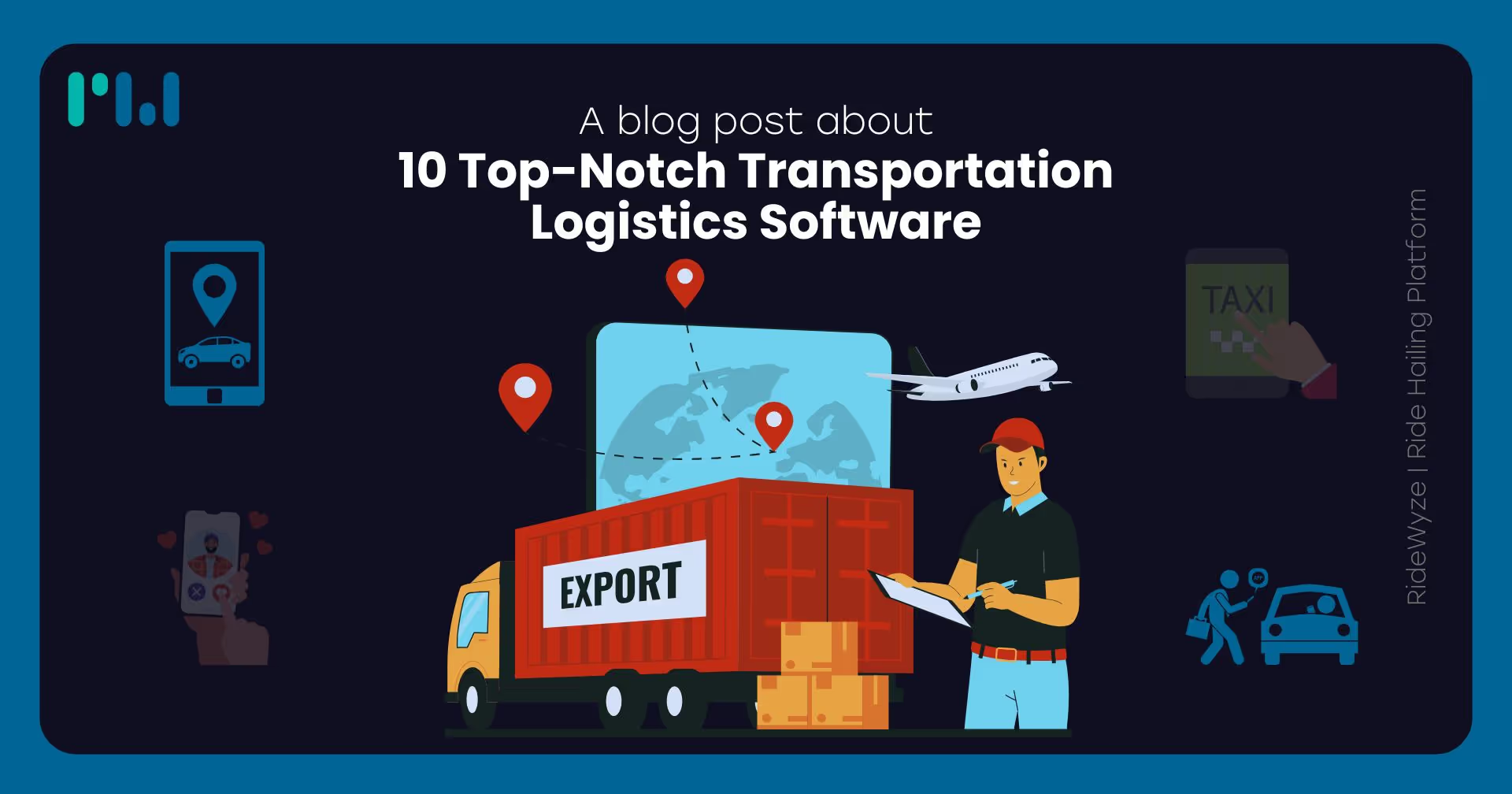
Article
10 Top-Notch Transportation Logistics Software
Explore the best software solutions for optimizing transportation and logistics operations.
26 March 2025 · 6 min read
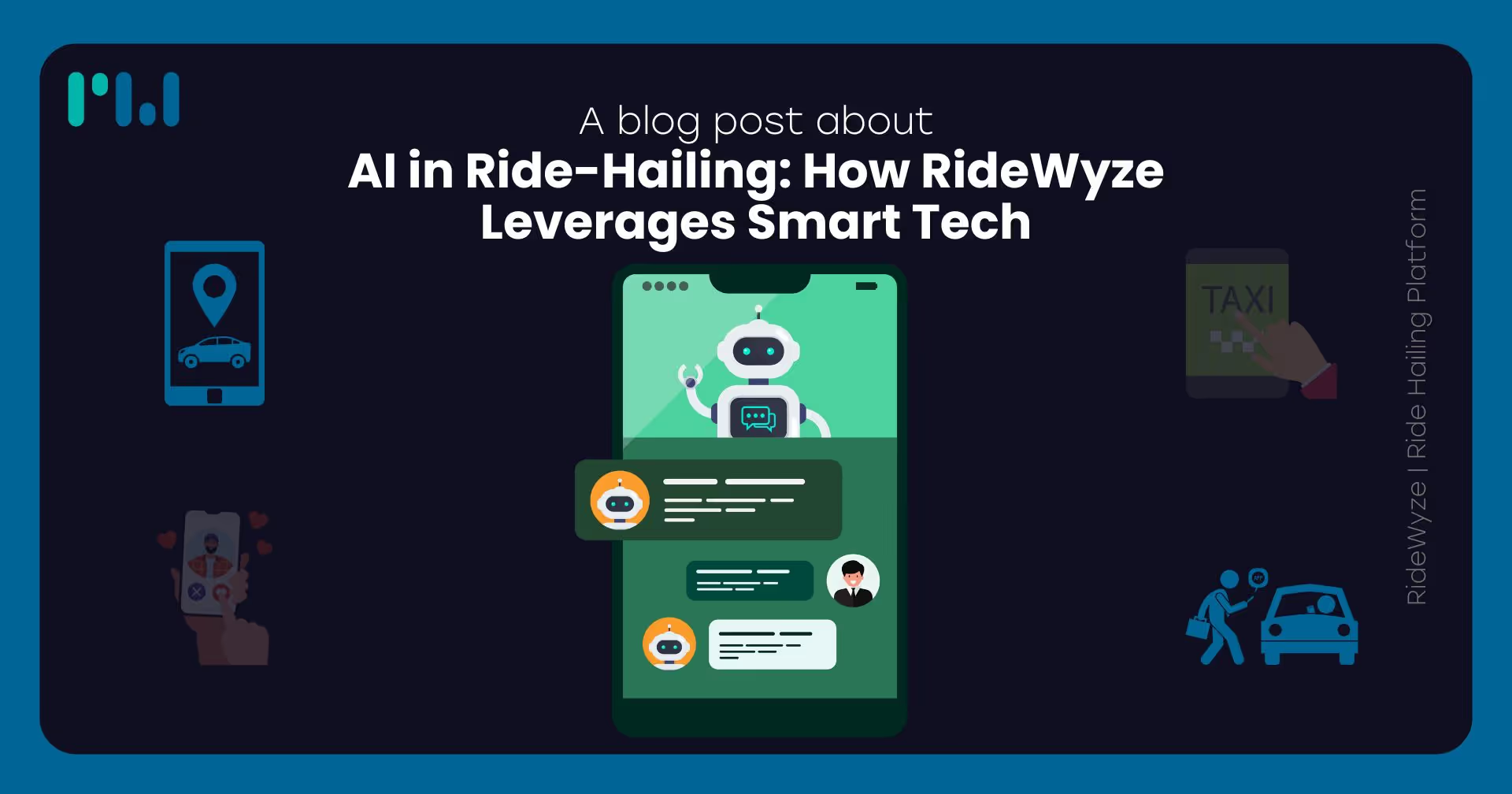
Article
AI in Ride-Hailing: How RideWyze Leverages Smart Tech
Discover how RideWyze uses AI to optimize routes, enhance safety, and improve the ride-hailing experience.
4 april 2025 · 6 min read
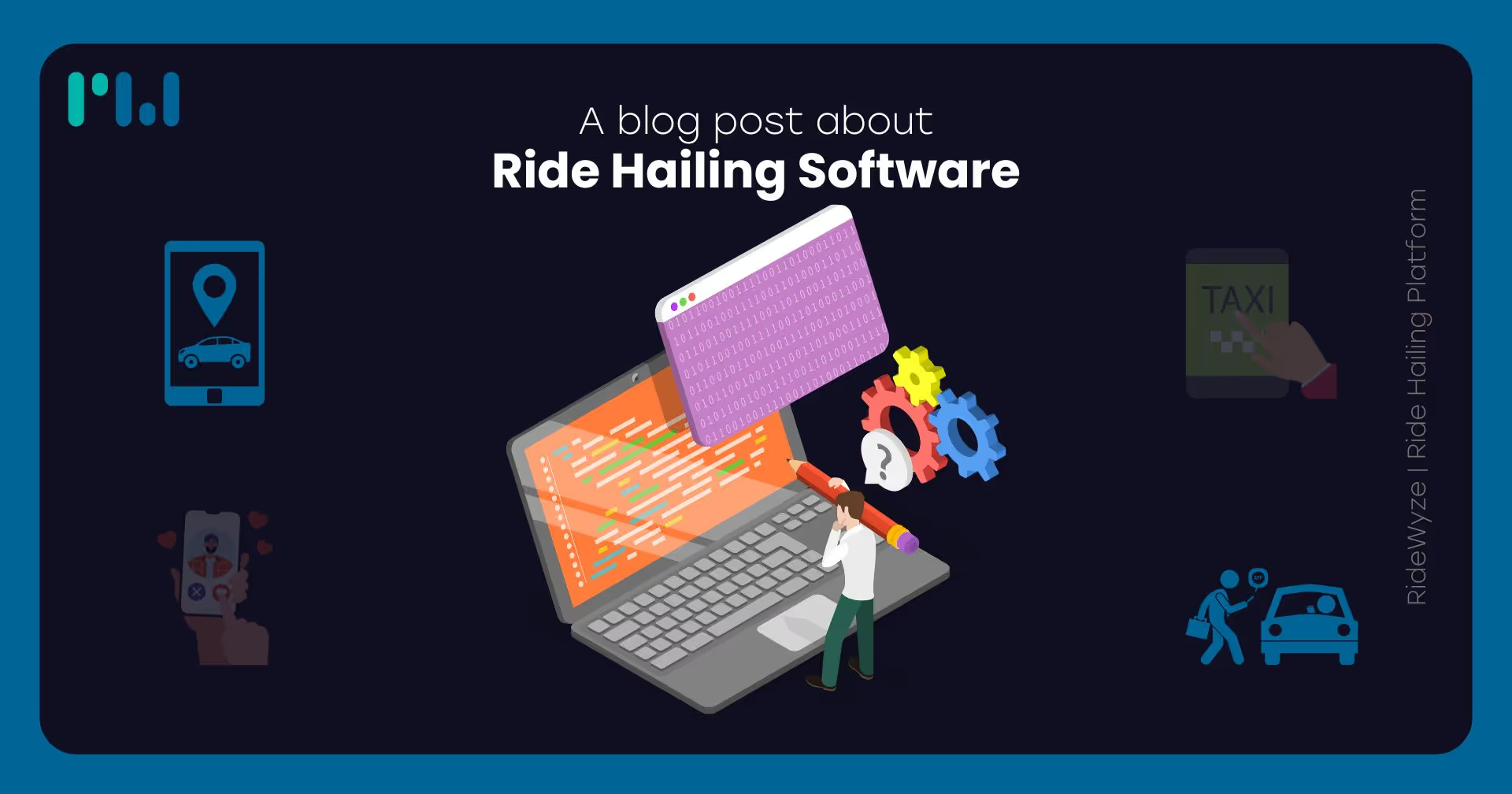
Article
Ride Hailing Software
Discover robust ride-hailing software solutions designed to streamline bookings, payments, and fleet management.
9 april 2025 · 6 min read
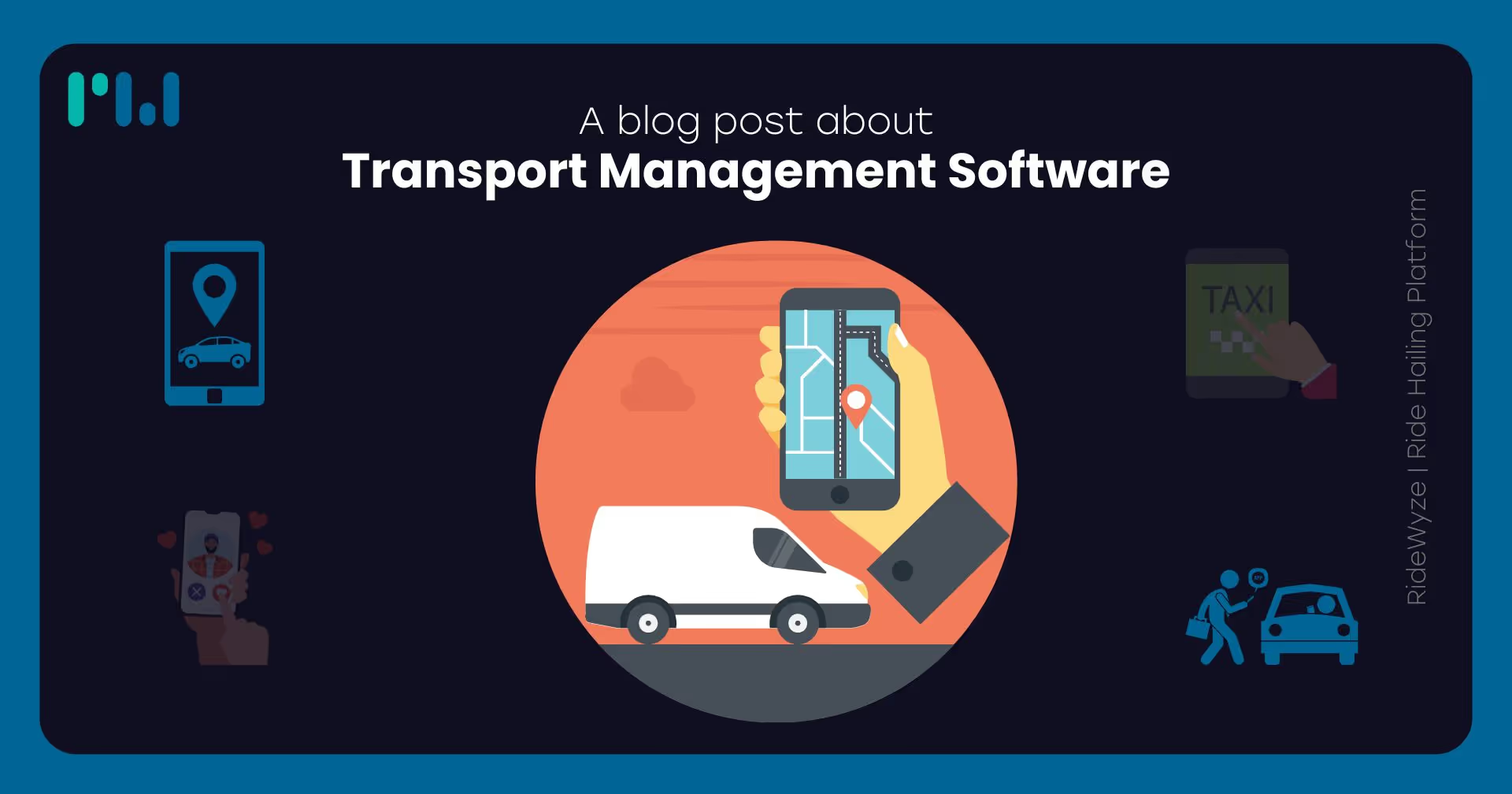
Article
Transport Management Software
Streamline your logistics with transport management software for efficient routing, tracking, and delivery.
10 april 2025 · 6 min read
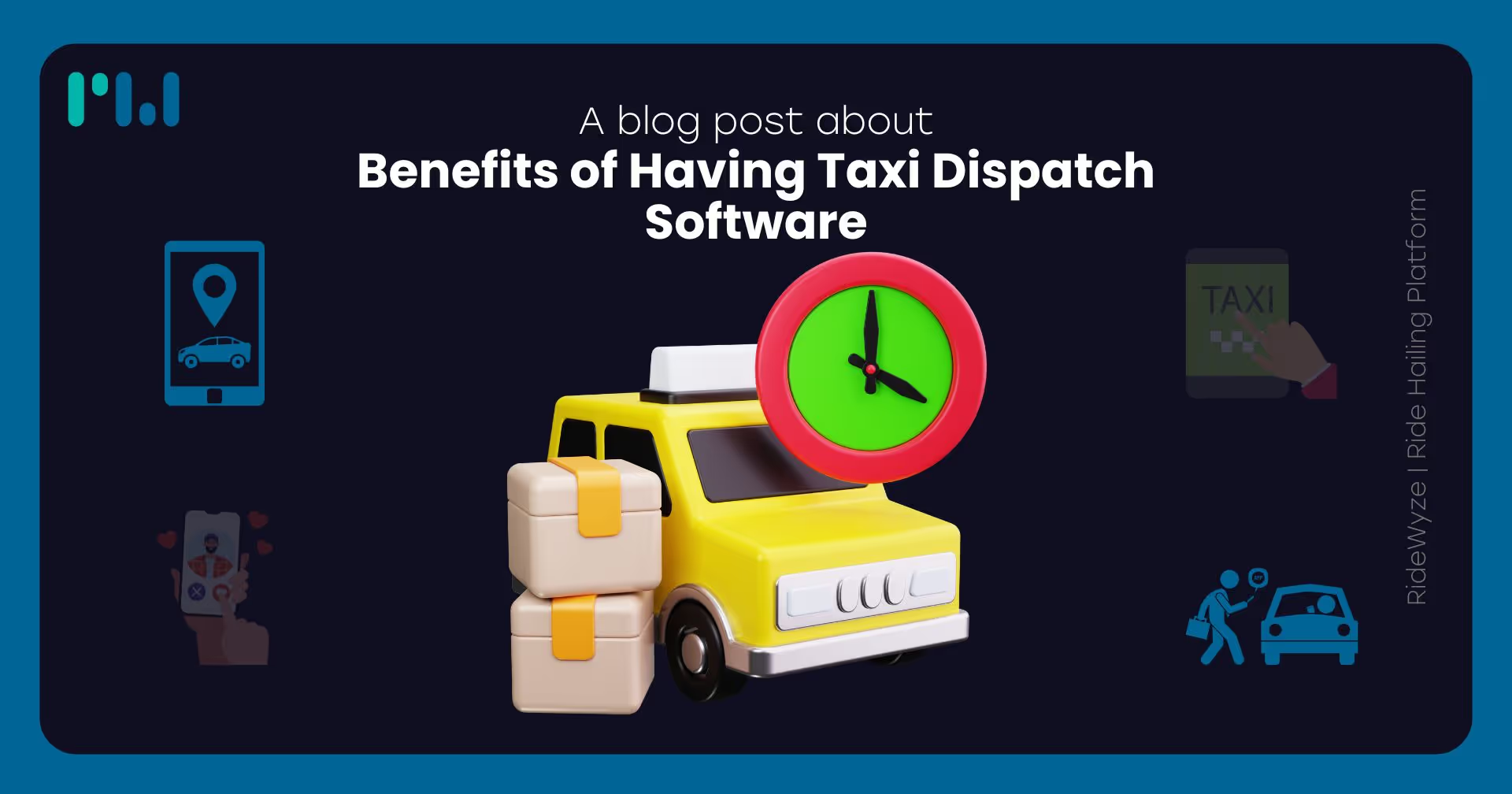
Article
Benefits of Having Taxi Dispatch Software
Improve fleet management, optimize routes, track vehicles, enhance customer experience, and boost efficiency with taxi dispatch software.
15 april 2025 · 6 min read
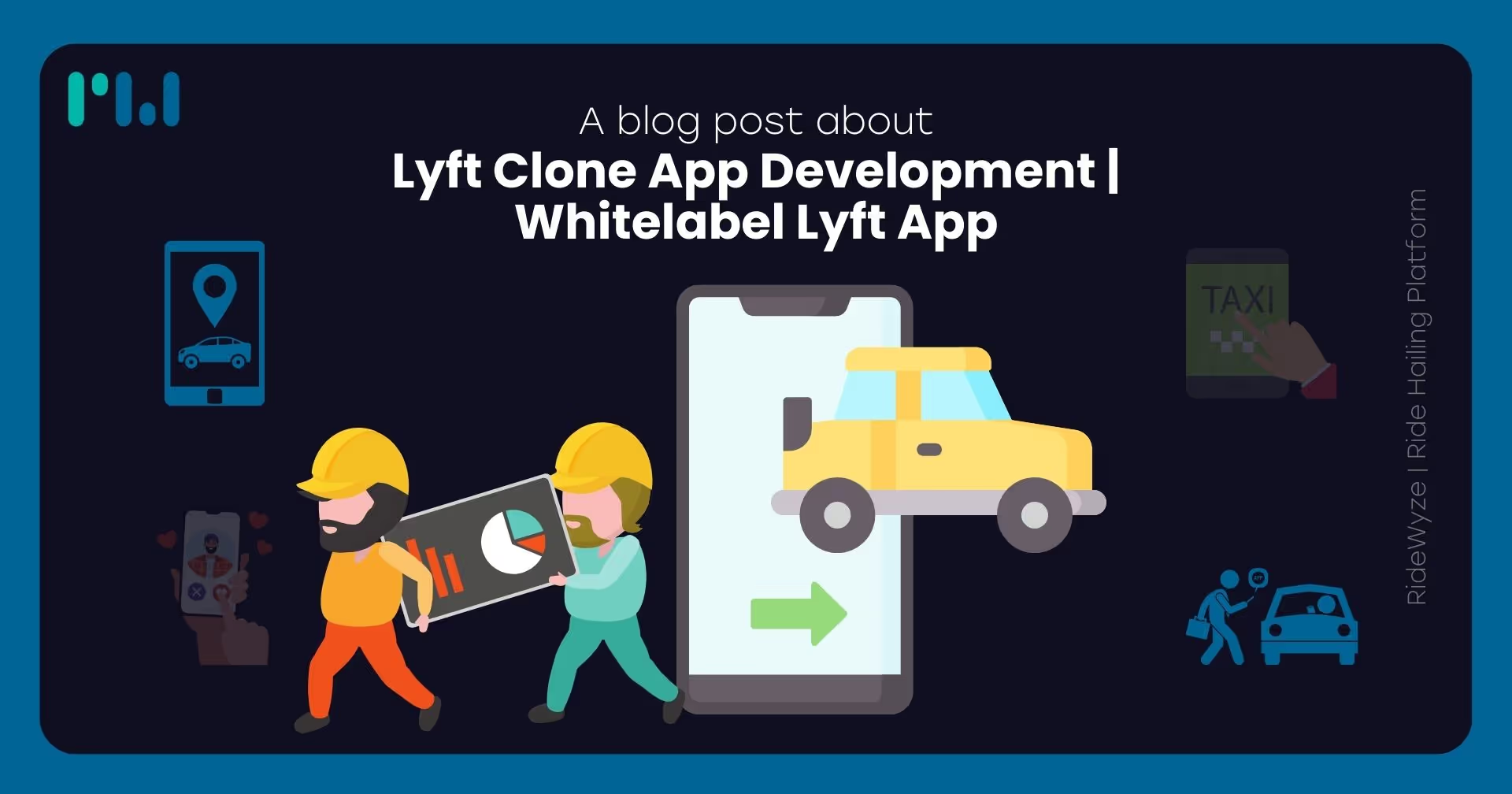
Article
Lyft Clone App Development
Build a custom Lyft-like app with our whitelabel solution. Feature-rich, scalable, and ready to launch.
17 april 2025 · 6 min read
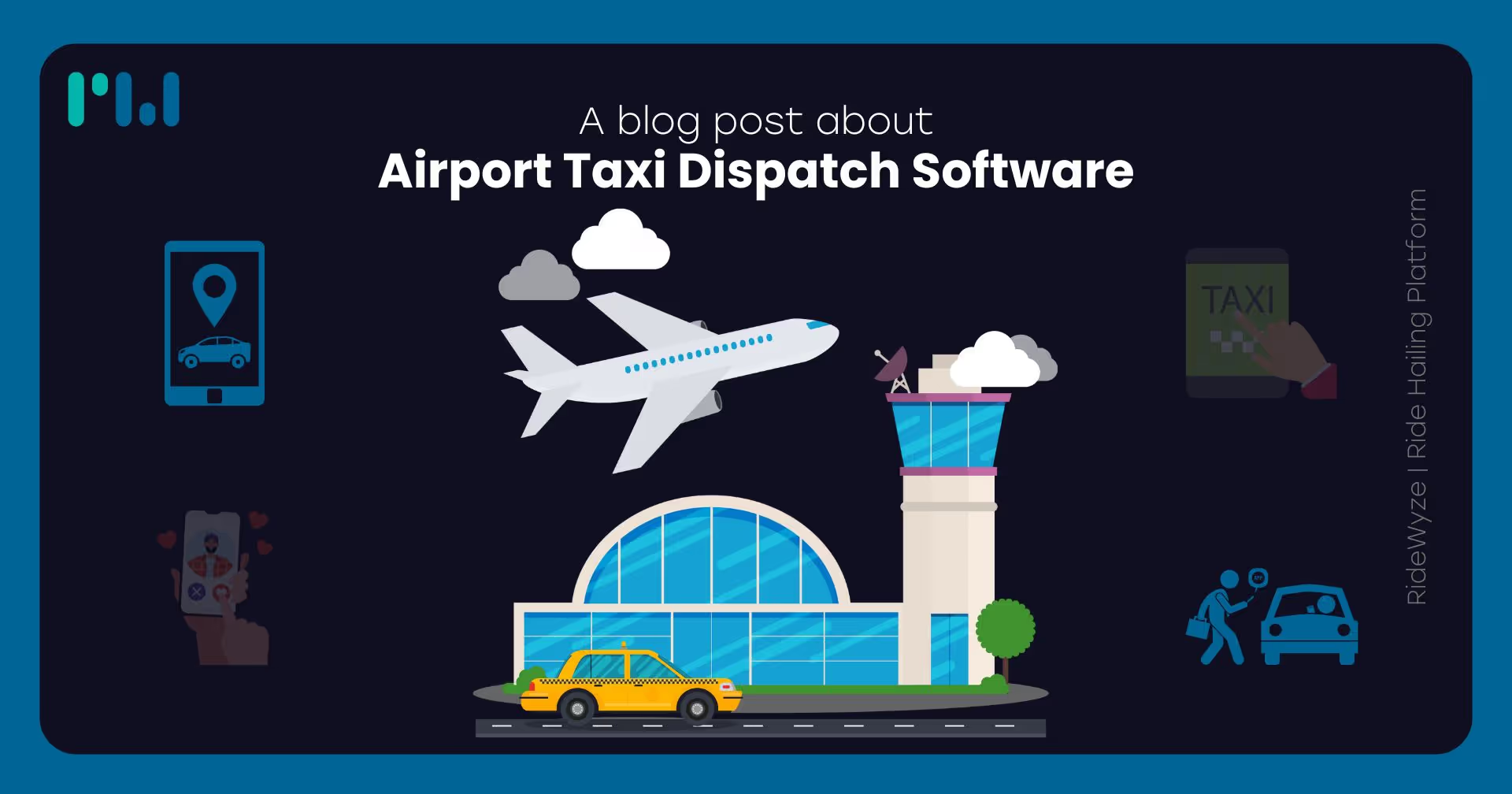
Article
Airport Taxi Dispatch Software
Streamline airport transportation with intelligent taxi dispatch software designed for fast, efficient, and reliable service.
21 april 2025 · 6 min read
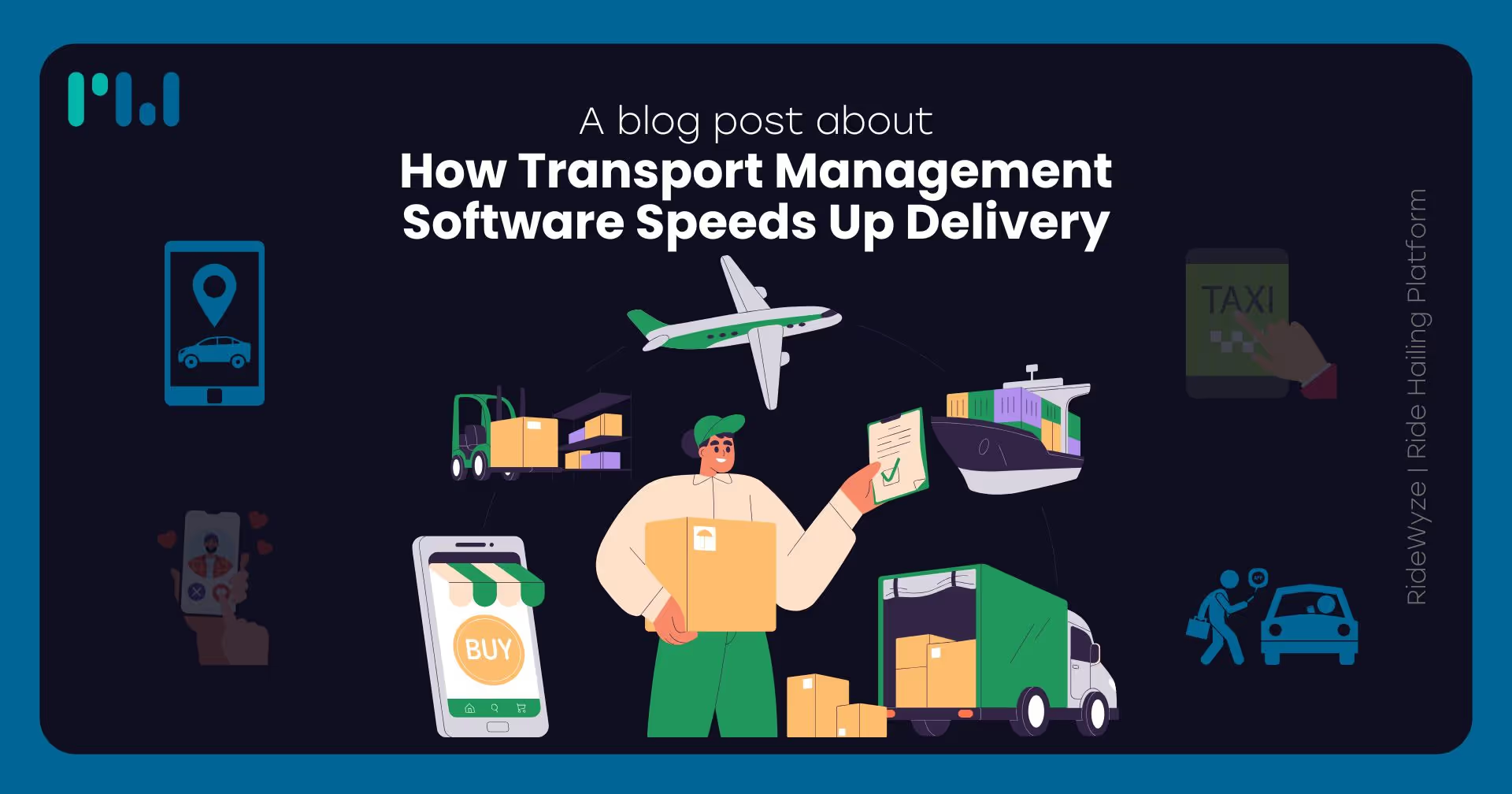
Article
How Transport Management Software Speeds Up Delivery
Discover how TMS boosts delivery efficiency by optimizing routes, tracking shipments, and reducing delays.
25 april 2025 · 6 min read
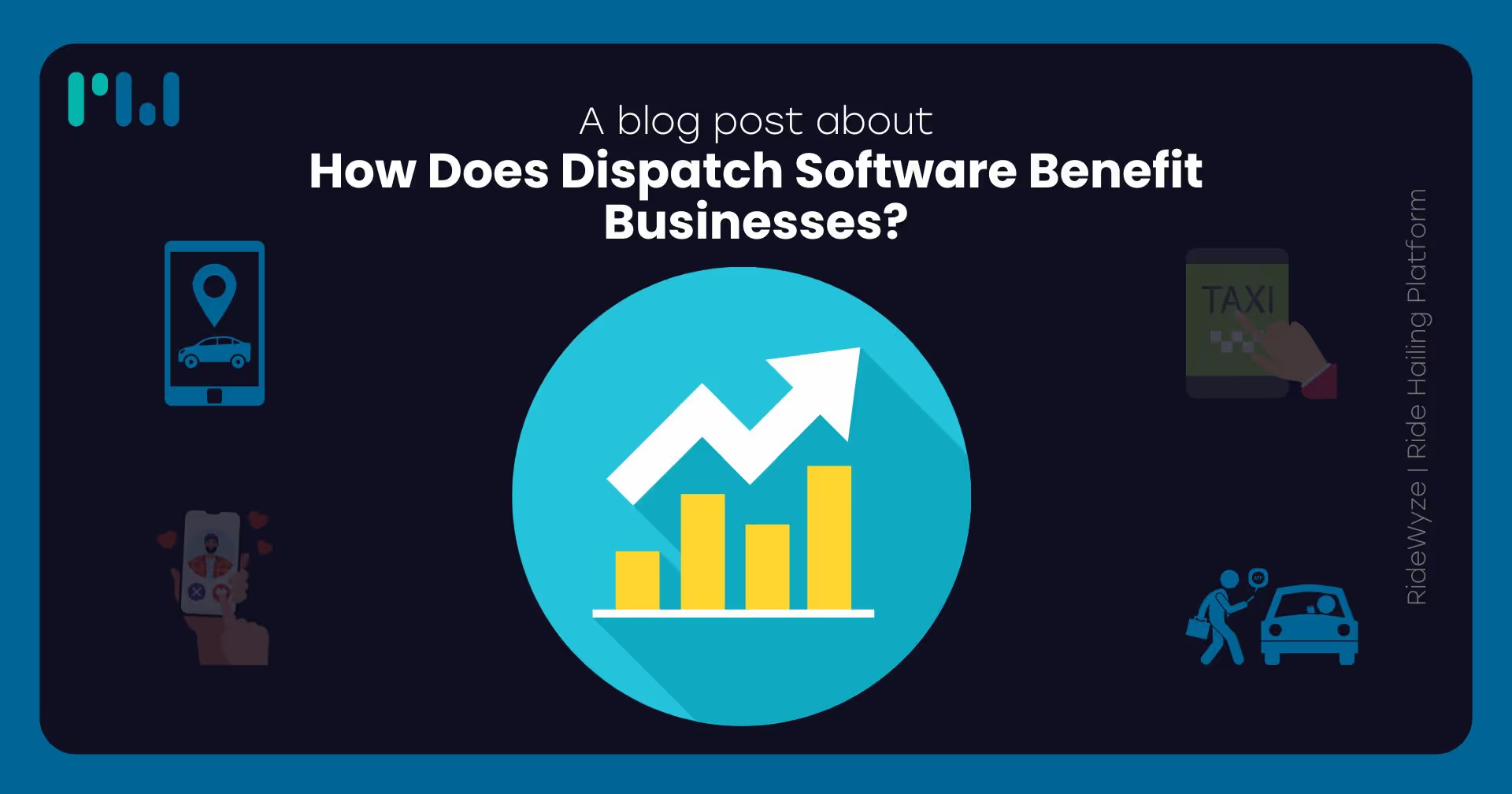
Article
How Does Dispatch Software Benefit Businesses?
Discover how dispatch software streamlines operations, improves efficiency, and enhances customer satisfaction.
6 May 2025 · 6 min read
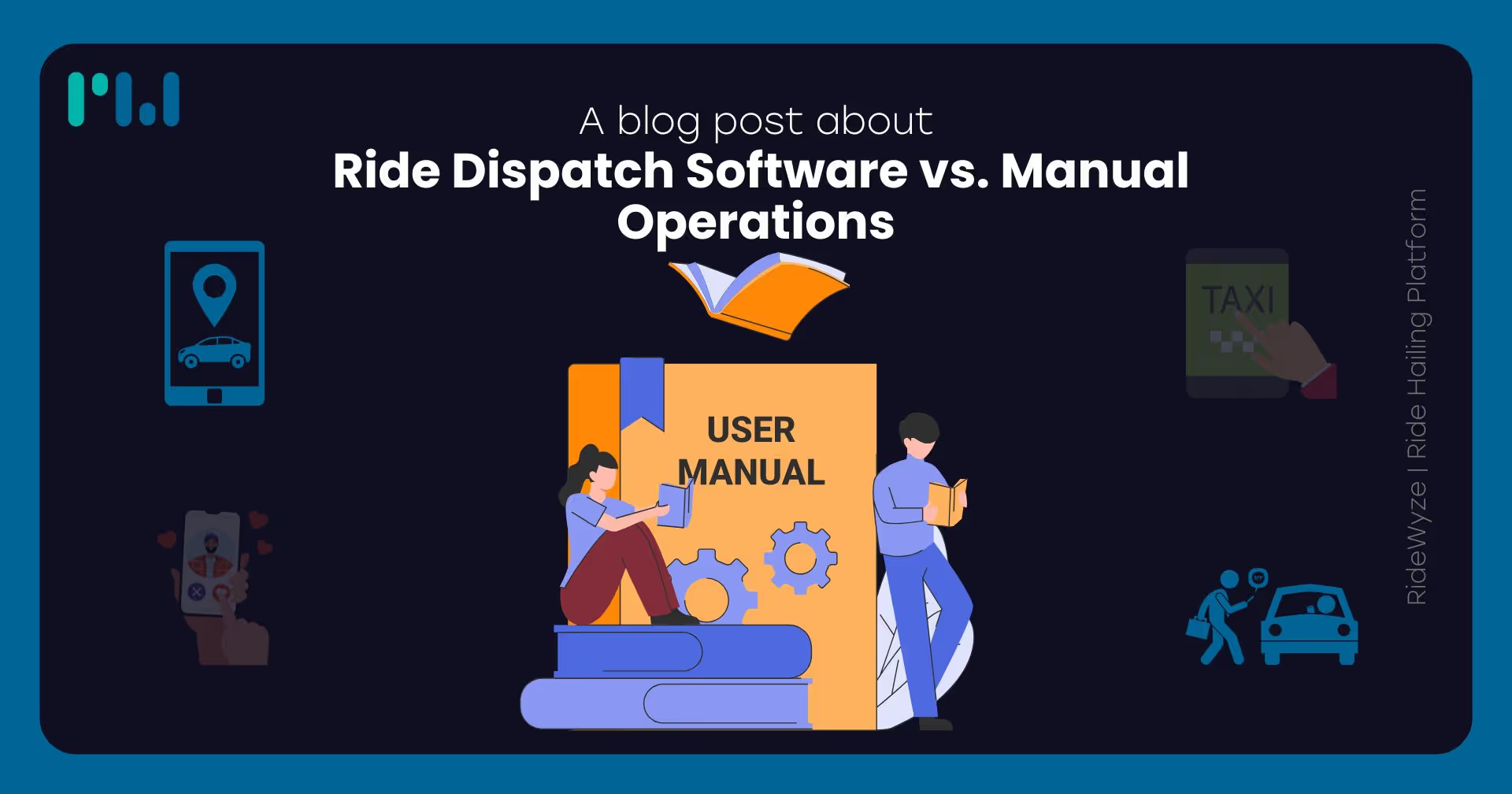
Article
Ride Dispatch Software vs. Manual Operations: Why Automation Wins
Compare ride dispatch software with manual operations to see how automation boosts efficiency, accuracy, and customer satisfaction.
7 May 2025 · 6 min read
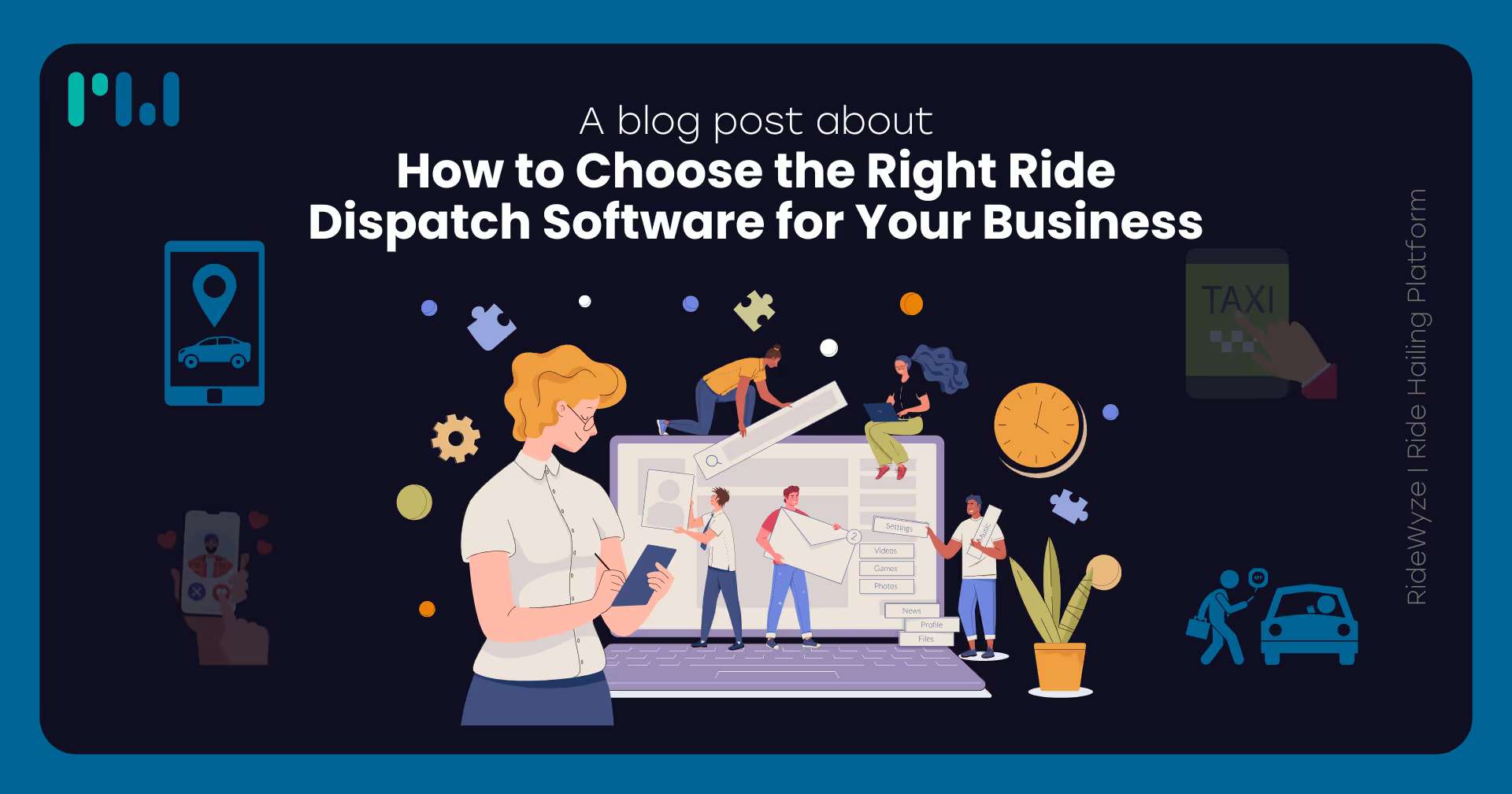
Article
How to Choose the Right Ride Dispatch Software for Your Business
Find the perfect ride dispatch software that fits your operations, boosts efficiency, and scales with ease.
8 May 2025 · 6 min read
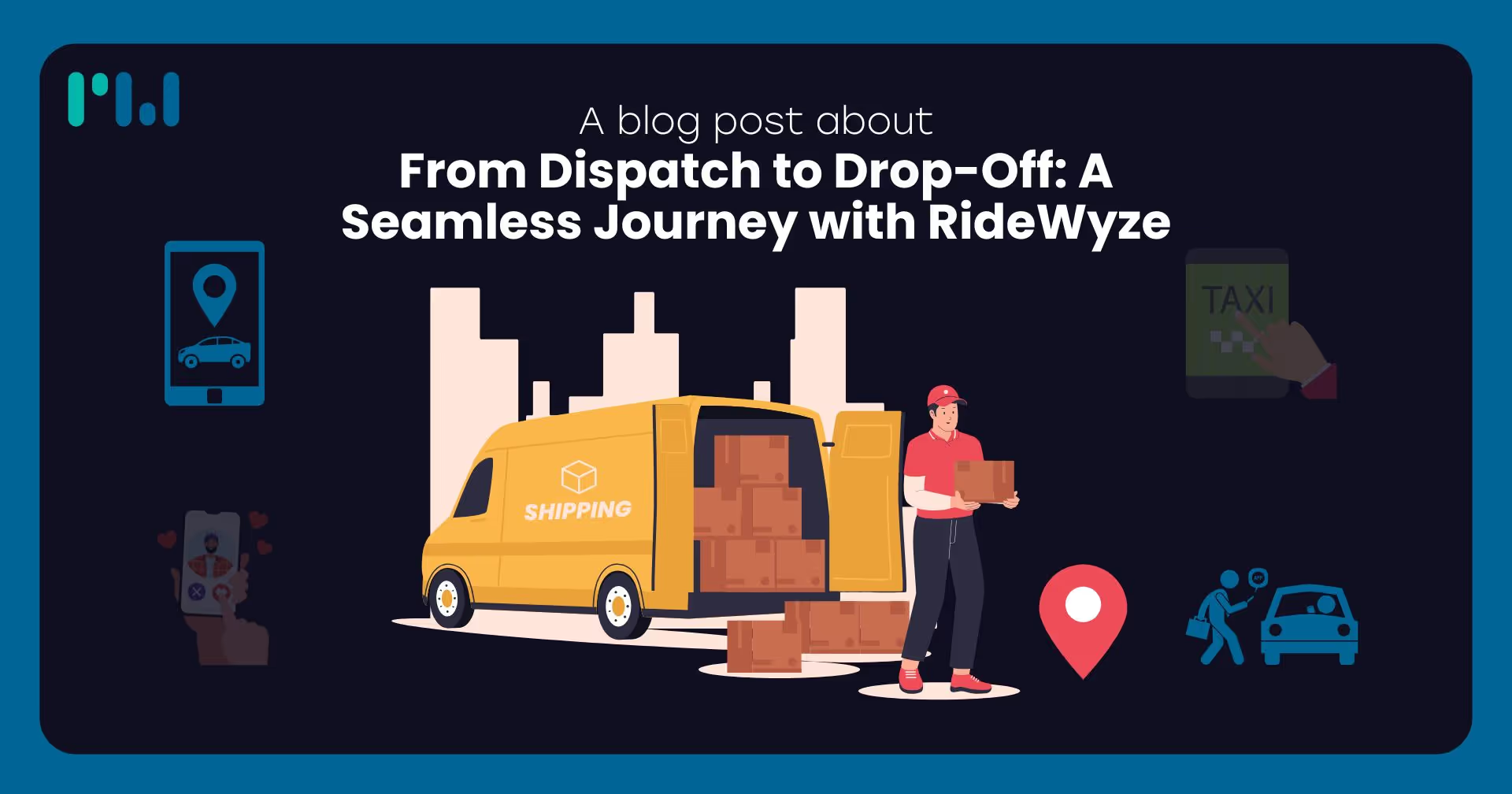
Article
From Dispatch to Drop-Off: A Seamless Journey with RideWyze
Enjoy smooth, efficient ride experiences from start to finish with RideWyze’s intelligent transport system.
12 May 2025 · 6 min read
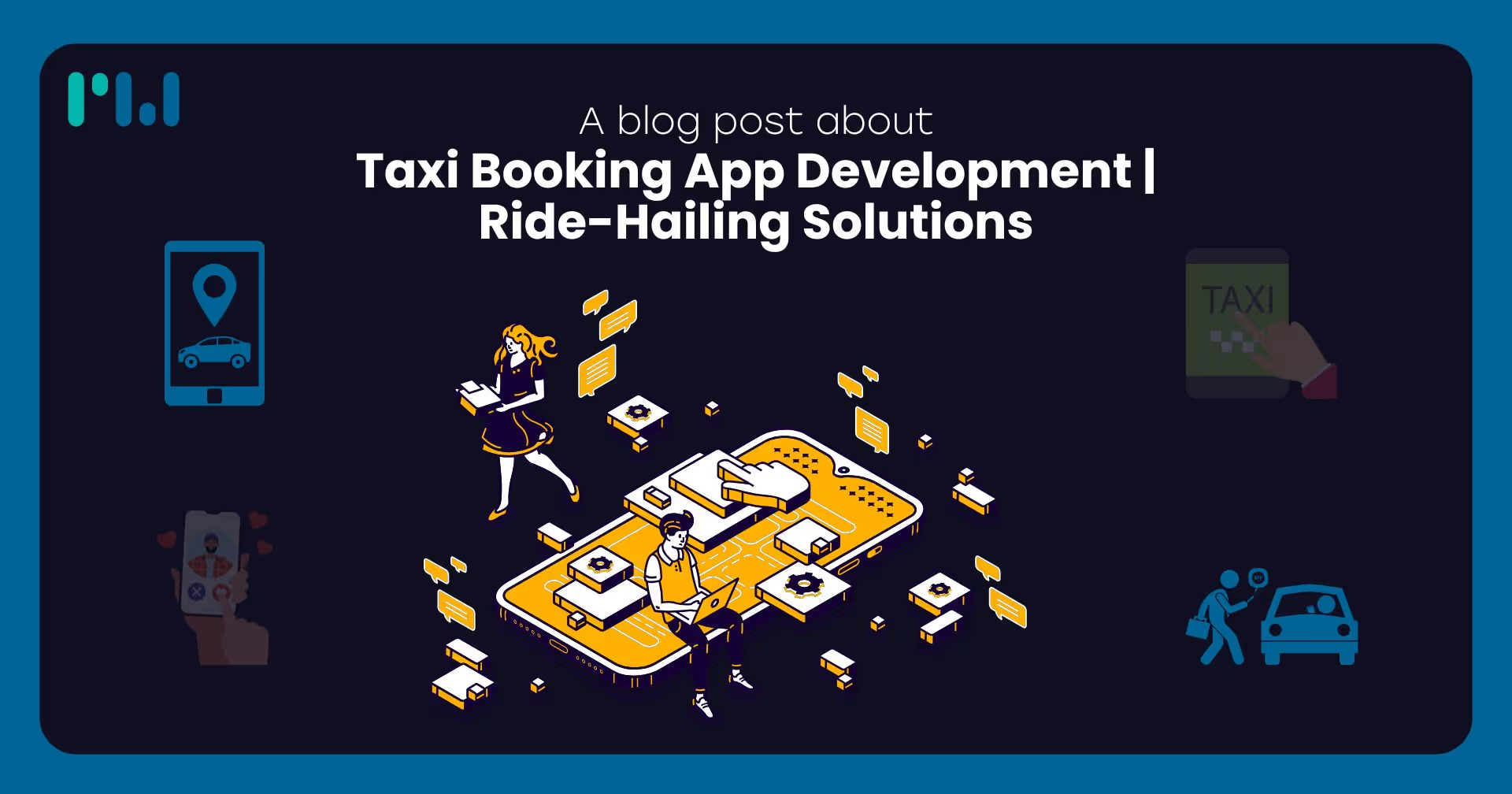
Article
Taxi Booking App Development
Create reliable and user-friendly taxi booking apps to streamline transportation services efficiently.
15 May 2025 · 6 min read
Article
Real-Time Tracking and Scheduling with Advanced Dispatch Systems
Enhance efficiency and customer satisfaction with real-time tracking and smart scheduling through modern dispatch tools.
20 May 2025 · 6 min read
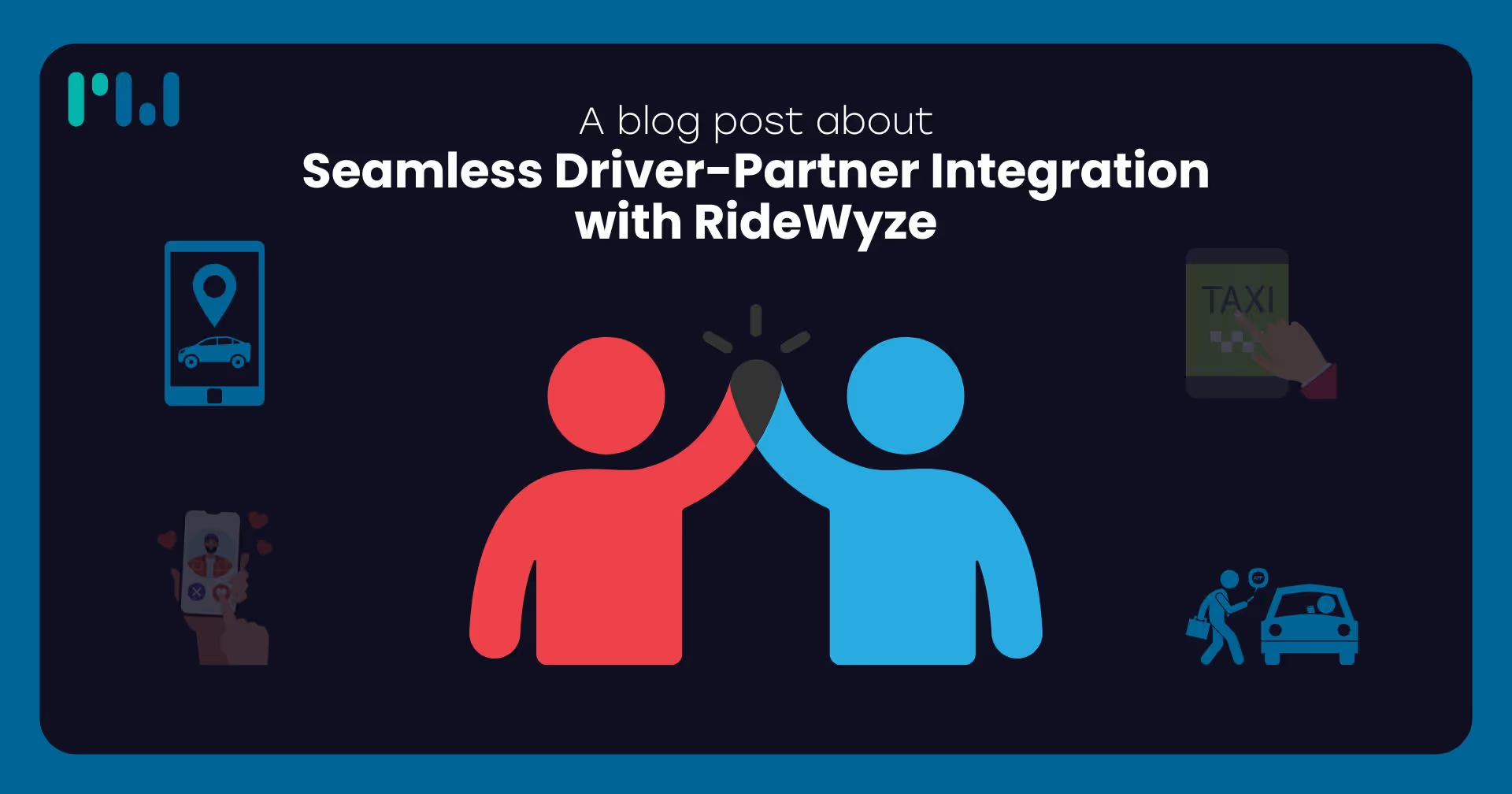
Article
Seamless Driver-Partner Integration with RideWyze
Empower your drivers with easy onboarding, real-time support, and efficient tools for better ride-hailing performance.
21 May 2025 · 6 min read
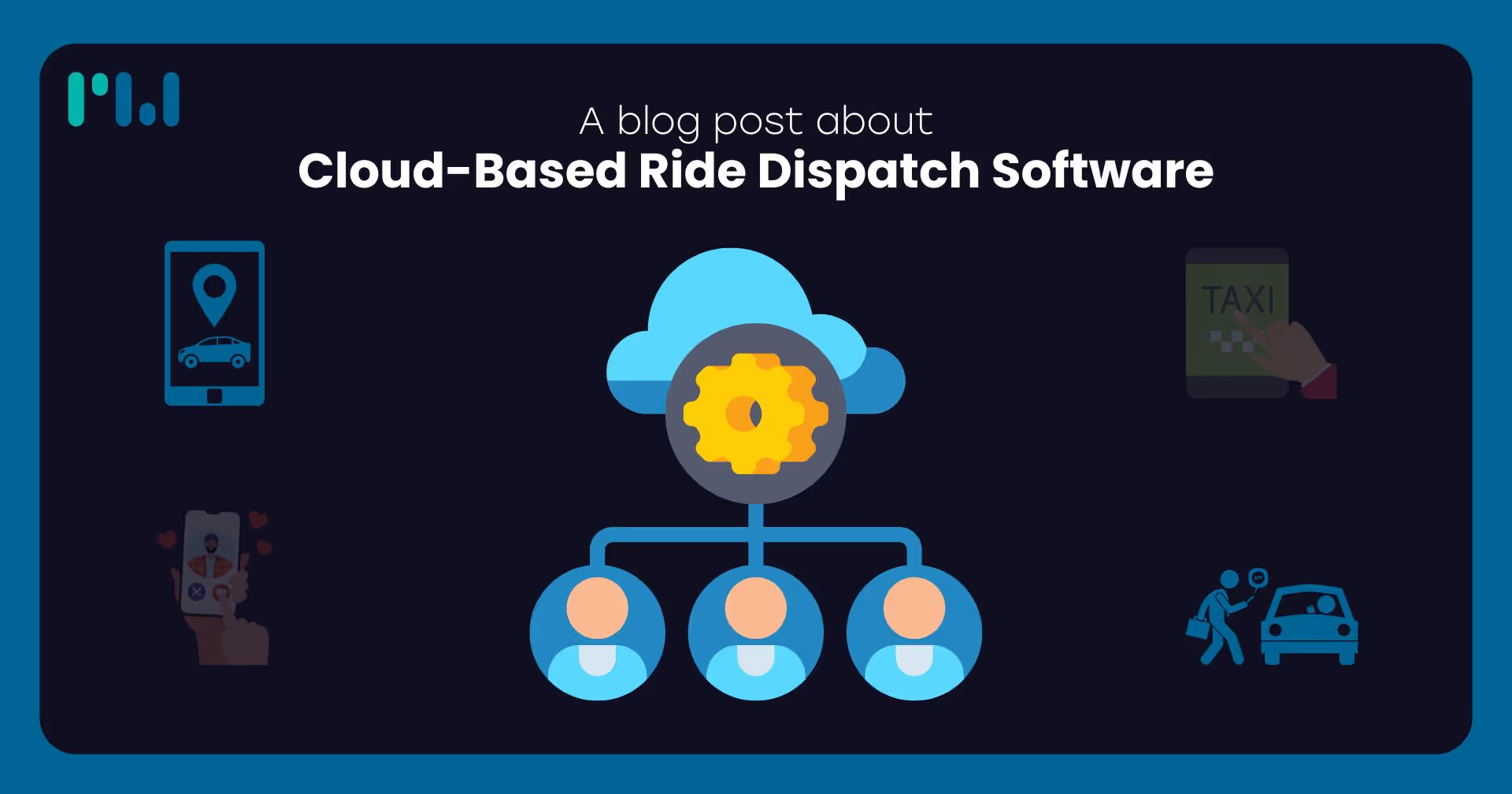
Article
Cloud-Based Ride Dispatch Software
Explore how cloud-based ride dispatch software transforms operations with real-time updates, scalability, and cost-efficiency.
27 May 2025 · 6 min read

Article
Emerging Markets for Ride-Hailing Businesses
Explore untapped global regions where ride-hailing services are booming and learn how to seize new opportunities.
4 june 2025 · 6 min read

Article
Revolutionizing Ride Management
Explore how cutting-edge technologies are transforming ride management—boosting efficiency, enhancing safety, and streamlining operations.
11 june 2025 · 6 min read
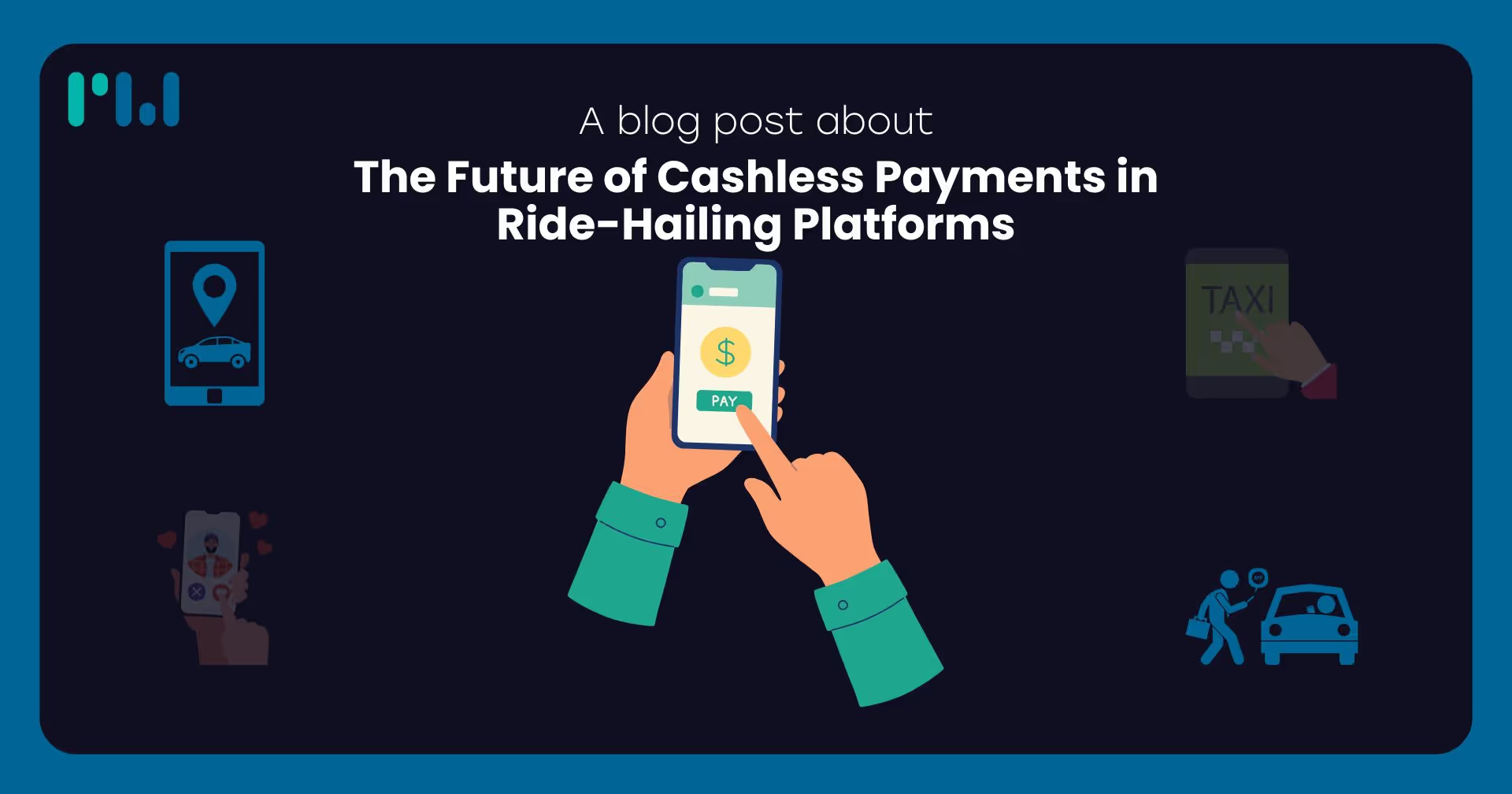
Article
The Future of Cashless Payments in Ride-Hailing Platforms
Explore how digital wallets, contactless payments, and blockchain technology are transforming transactions in ride-hailing apps, enhancing security and rider convenience.
12 june 2025 · 6 min read
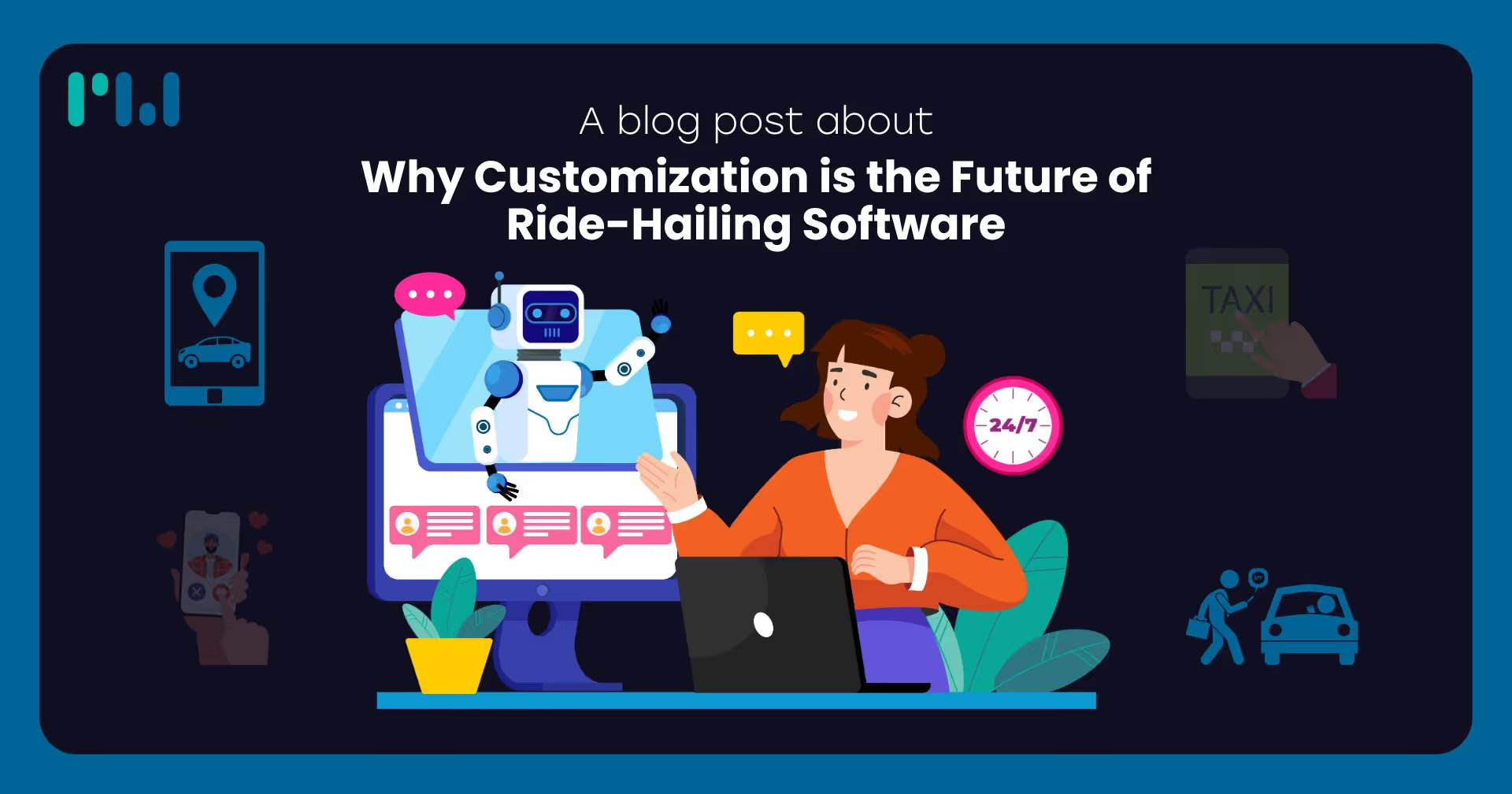
Article
Why Customization is the Future of Ride-Hailing Software
Discover how tailored ride-hailing software solutions improve scalability, user experience, and efficiency in a competitive market.
13 june 2025 · 6 min read

Article
Empowering Entrepreneurs: How RideWyze Fuels Ride-Hailing Startups
Discover how RideWyze supports ride-hailing startups with customizable tech, streamlined operations, and scalable solutions for rapid business growth.
16 june 2025 · 6 min read
Article
How RideWyze Supports Real-Time Tracking and Driver Transparency
Learn how RideWyze enhances real-time tracking and promotes driver transparency to improve safety, reliability, and user trust in ride-hailing apps.
17 june 2025 · 6 min read
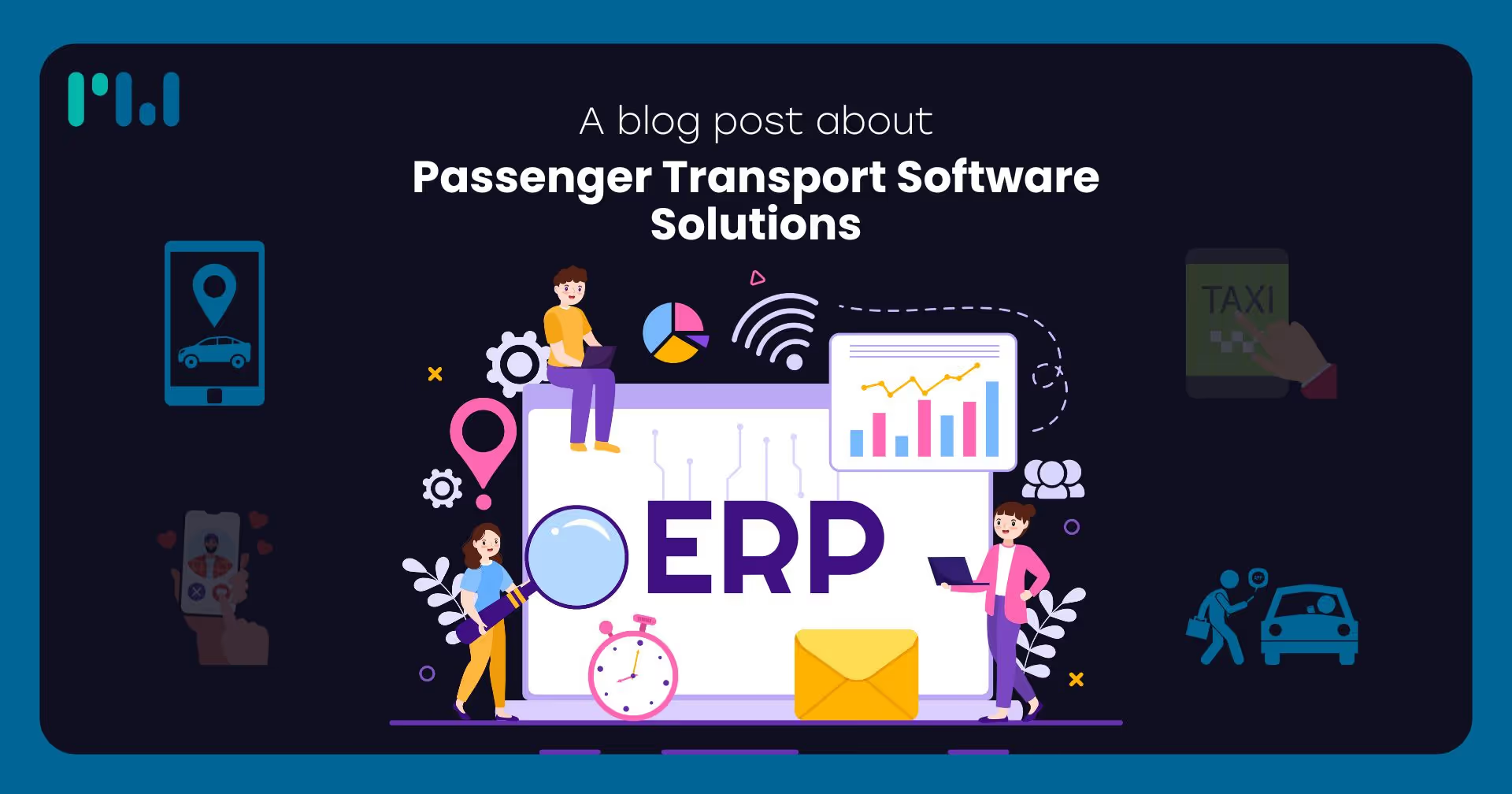
Article
Passenger Transport Software Solutions
Discover how modern software solutions streamline passenger transport services with real-time tracking, booking automation, and route optimization.
20 June 2025 · 6 min read
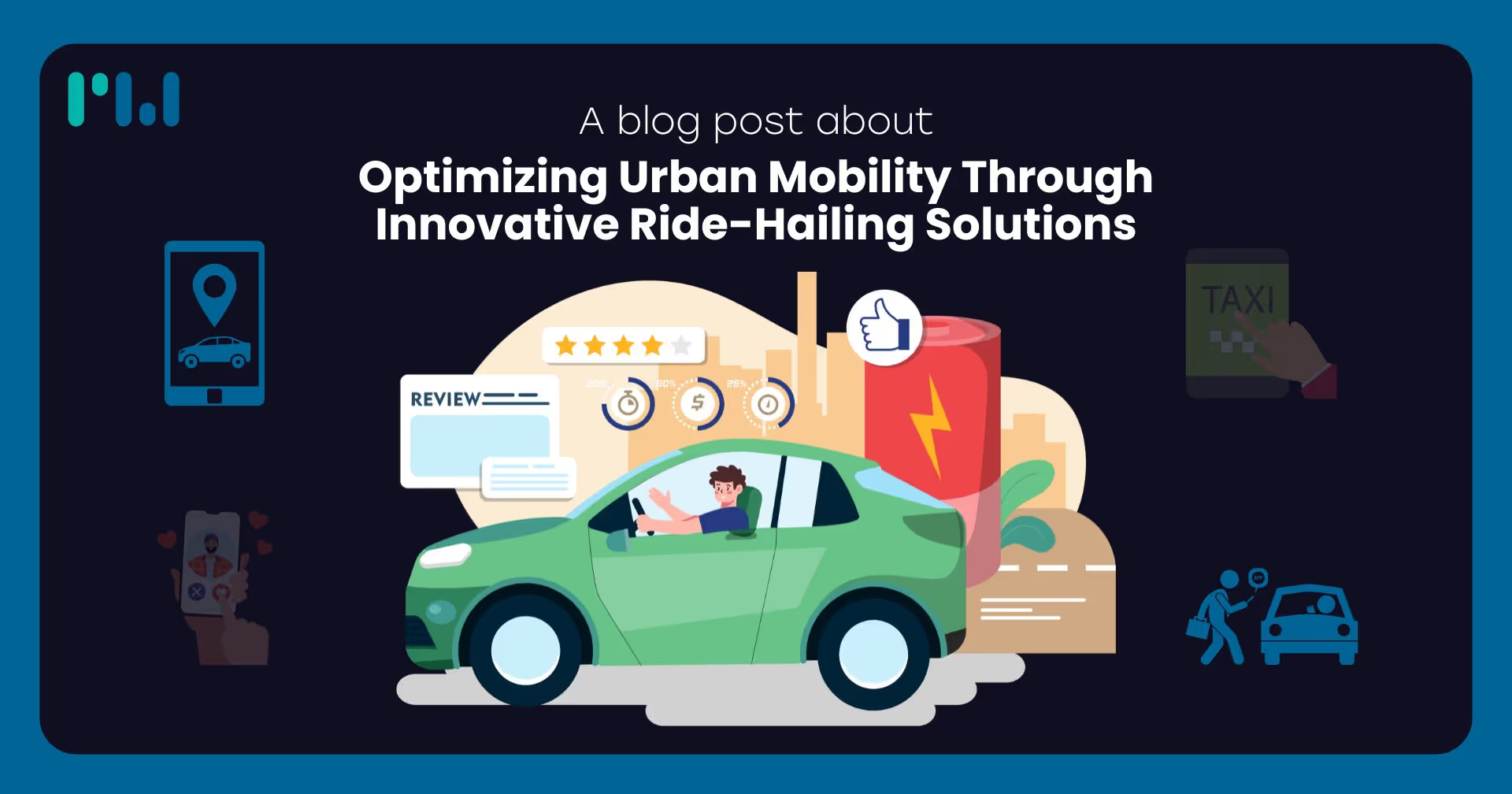
Article
Optimizing Urban Mobility Through Innovative Ride-Hailing Solutions
Discover how innovative ride-hailing technologies are transforming urban mobility with smarter, faster, and more sustainable transportation options.
24 June 2025 · 6 min read

Article
The Ultimate Guide to The White-Label Ride-Hailing Platforms
Explore how white-label ride-hailing platforms help businesses launch branded apps quickly and affordably with full control.
25 June 2025 · 6 min read
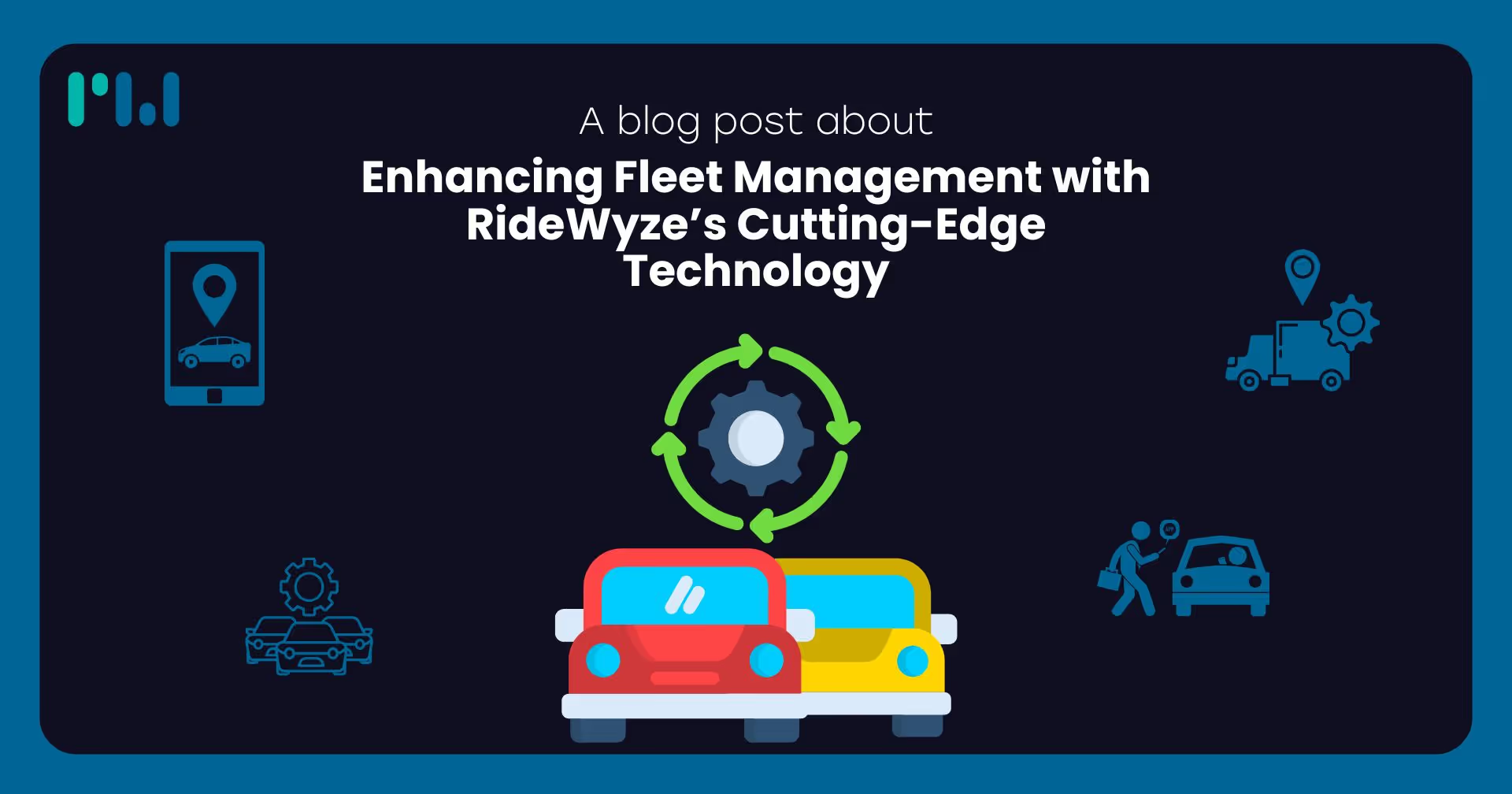
Article
Enhancing Fleet Management with RideWyze’s Cutting-Edge Technology
Discover how RideWyze transforms fleet management with real-time tracking, route optimization, and seamless driver coordination.
27 June 2025 · 6 min read
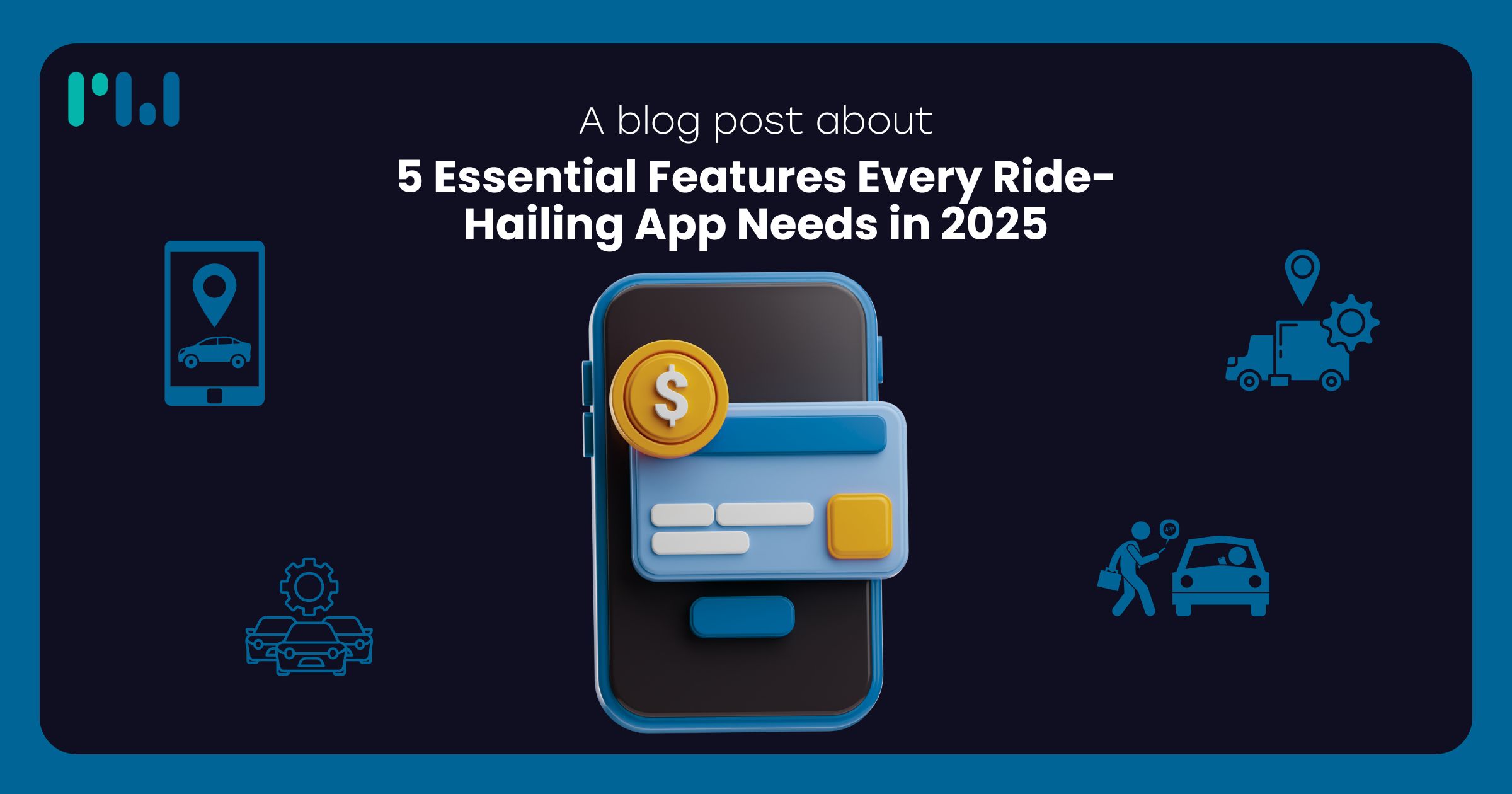
Article
5 Essential Features Every Ride-Hailing App Needs in 2025
Discover the must-have features for modern ride-hailing apps in 2025, from real-time tracking to AI-powered dispatch. Stay ahead in mobility.
30 June 2025 · 6 min read
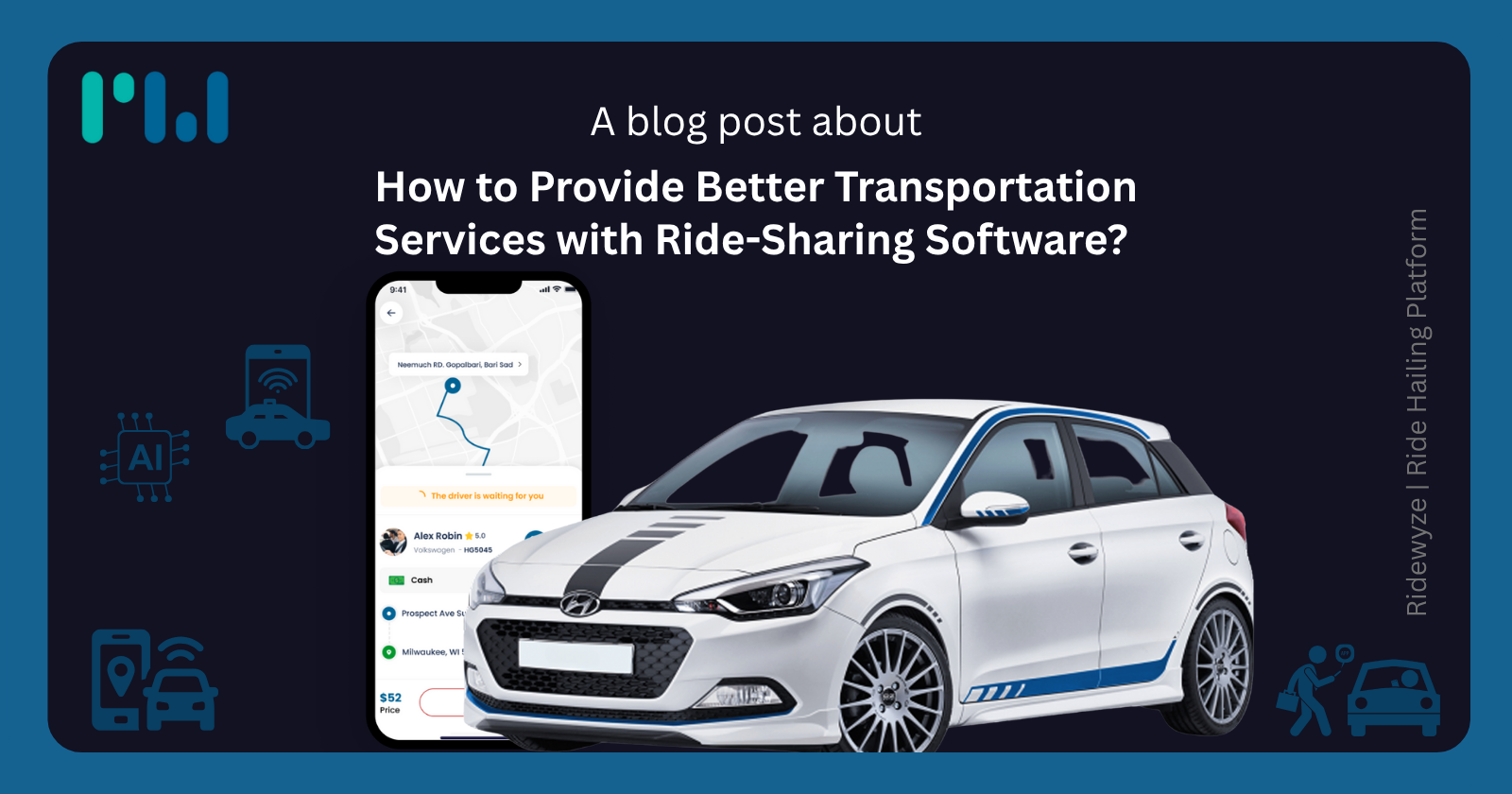
Article
How to Provide Better Transportation Services With Ride Sharing Software
Learn how ride-sharing software enhances service quality, optimizes routes, and improves customer satisfaction for modern transportation providers.
1 July 2025 · 6 min read
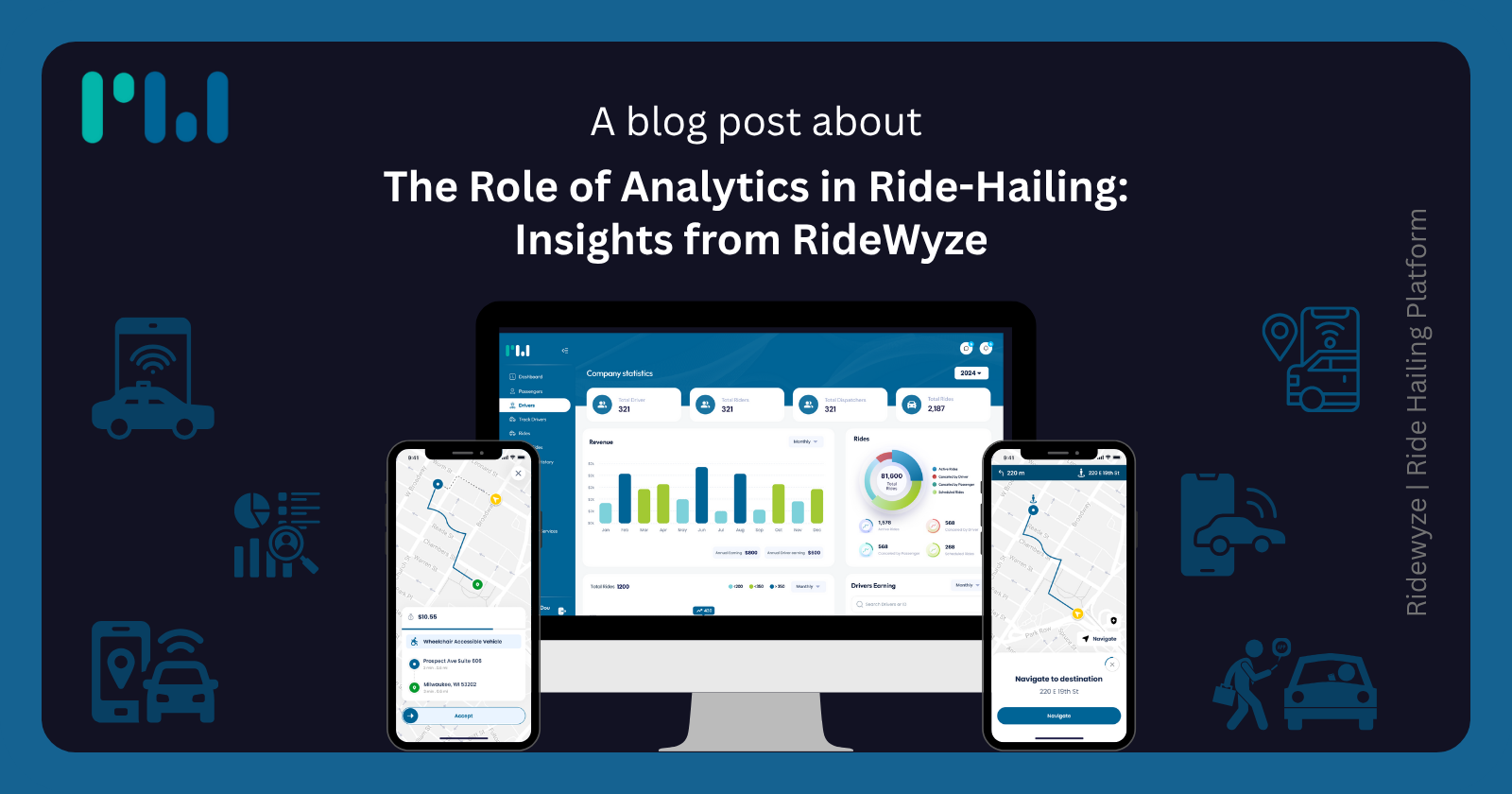
Article
The Role of Analytics in Ride-Hailing Insights from RideWyze
Discover how RideWyze leverages analytics to optimize operations, enhance user experience, and drive data-informed decisions.
2 July 2025 · 6 min read
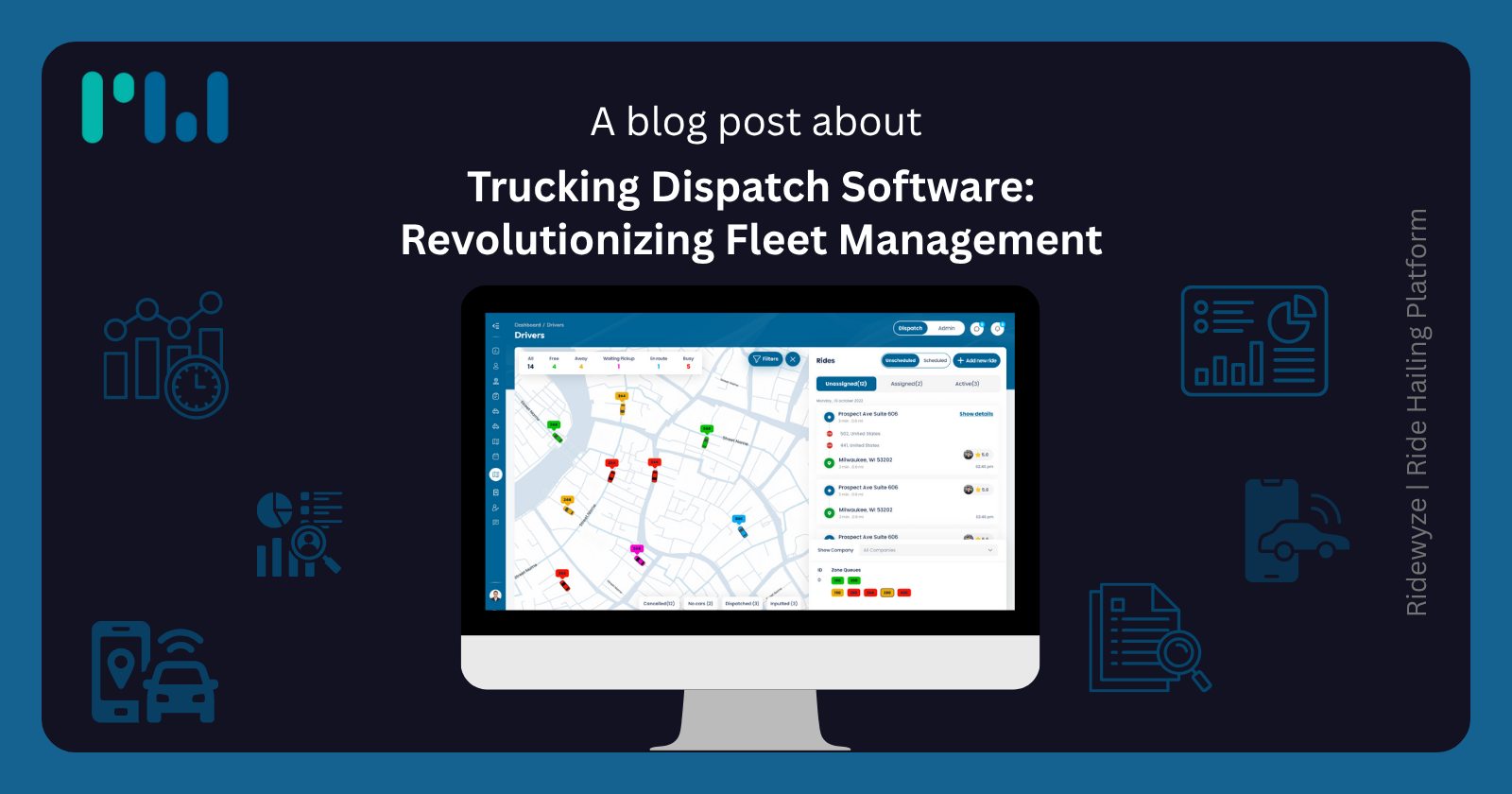
Article
Trucking Dispatch Software
Discover how modern trucking dispatch software streamlines fleet operations, boosts productivity, and improves real-time tracking.
4 July 2025 · 6 min read
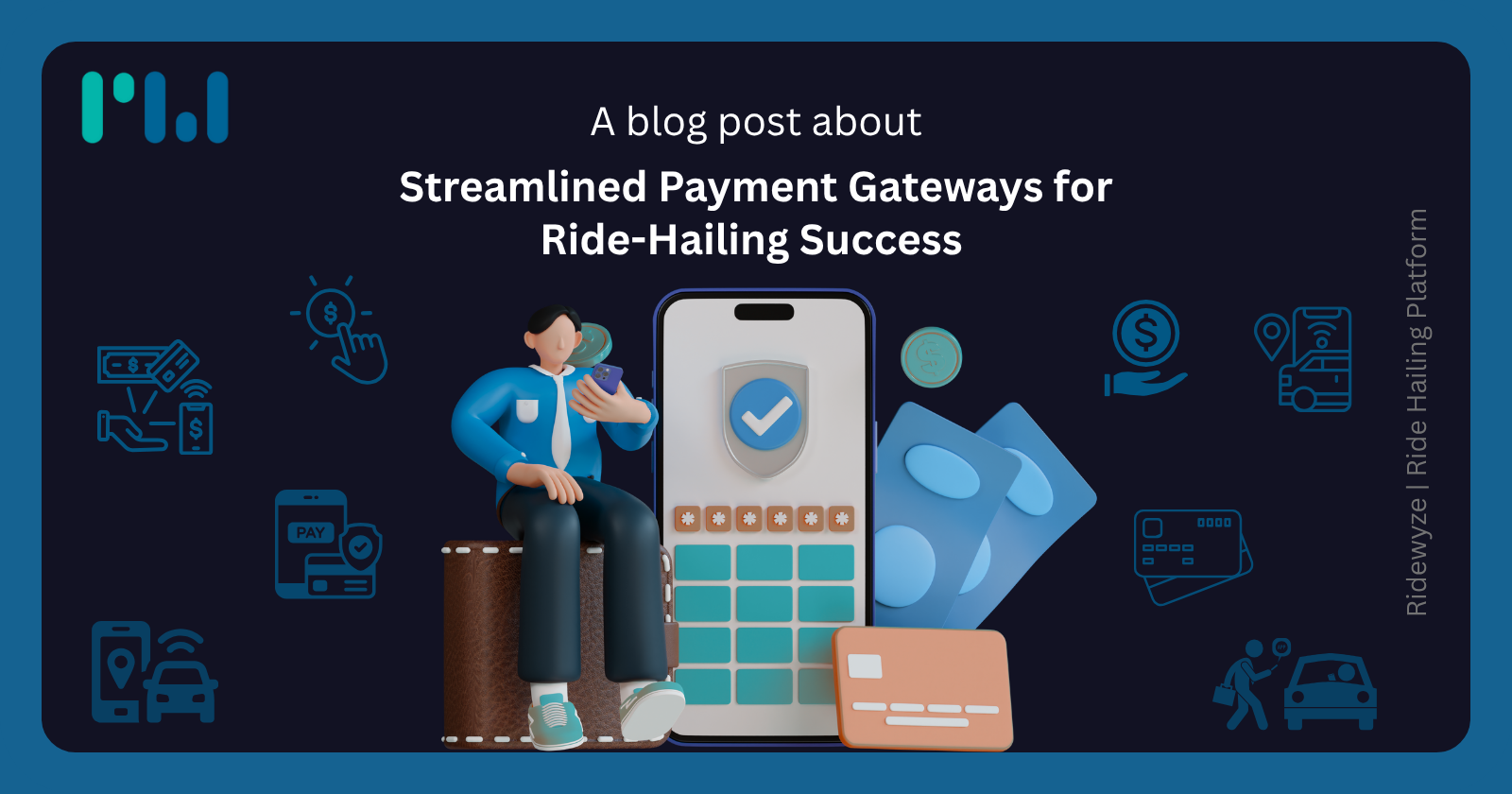
Article
Streamlined Payment Gateways for Ride-Hailing Success
Discover how integrated payment gateways simplify transactions, improve user experience, and drive growth in ride-hailing businesses.
7 July 2025 · 6 min read
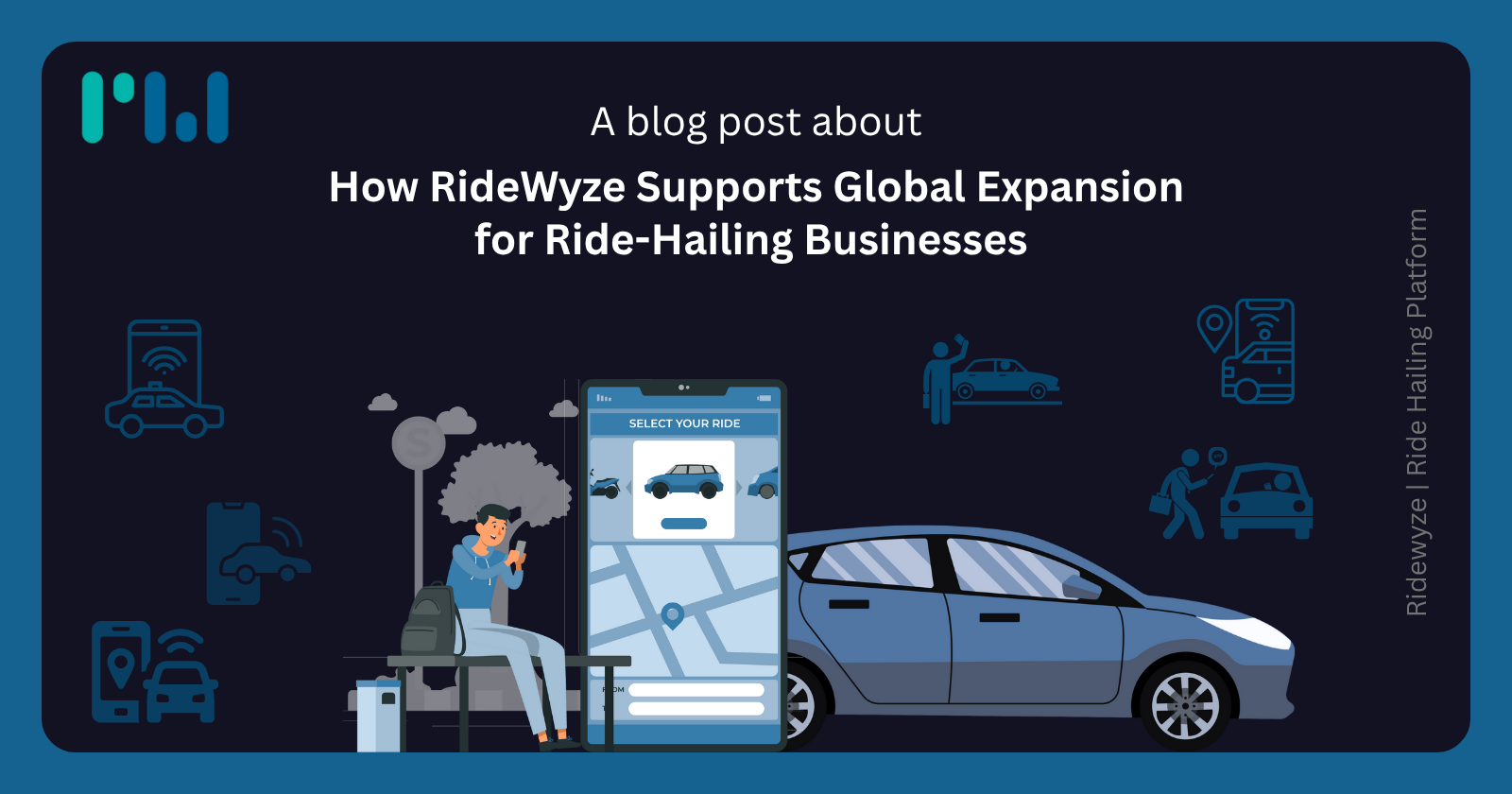
Article
How RideWyze Supports Global Expansion for Ride-Hailing Businesses
Discover how RideWyze empowers ride‑hailing companies to expand globally with scalable tech, real‑time analytics, and market insights.
9 July 2025 · 6 min read
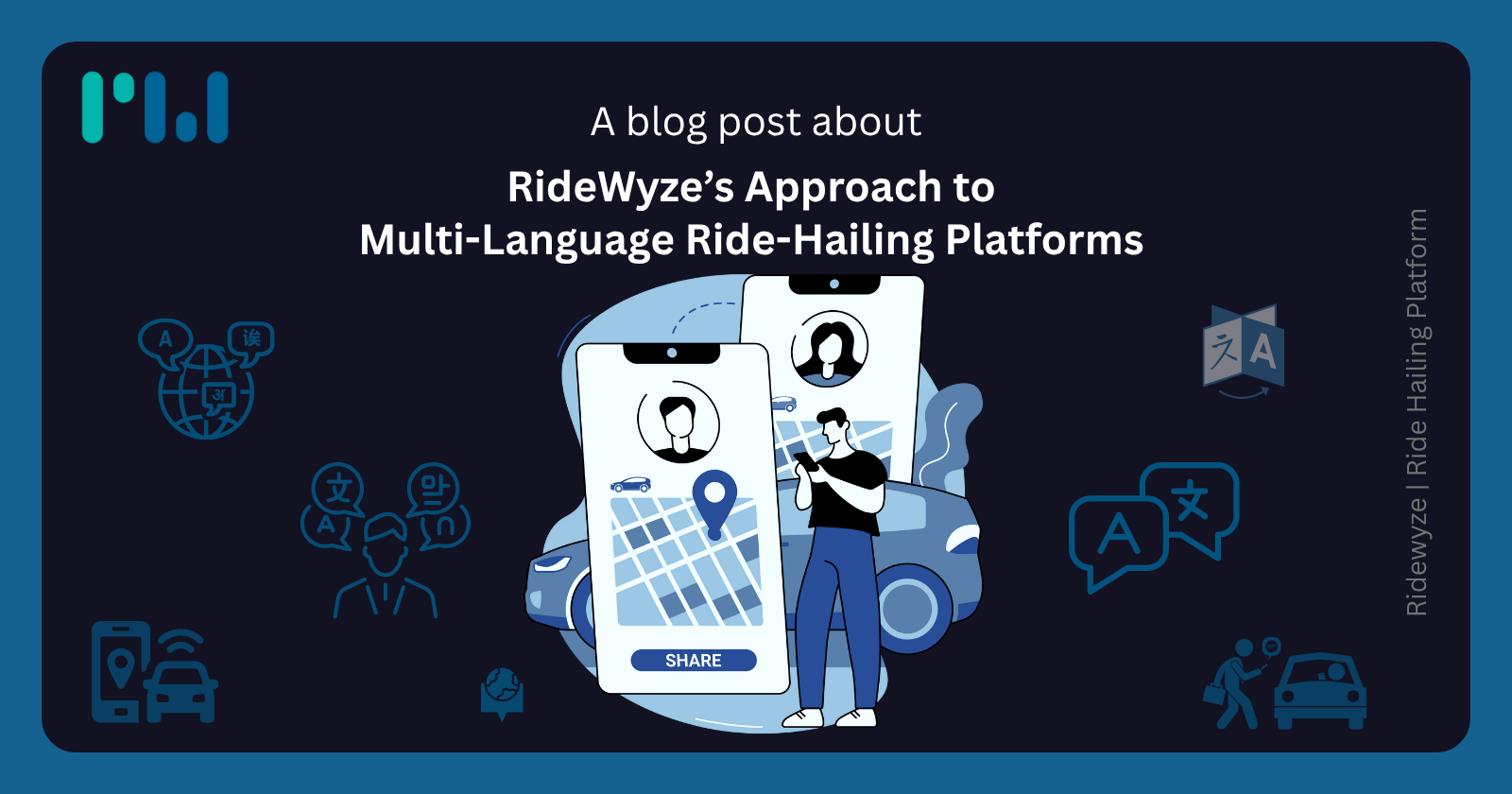
Article
RideWyze’s Approach to Multi-Language Ride-Hailing Platforms
Discover how RideWyze supports multi-language ride-hailing platforms to improve user reach, inclusivity, and localization.
11 July 2025 · 6 min read
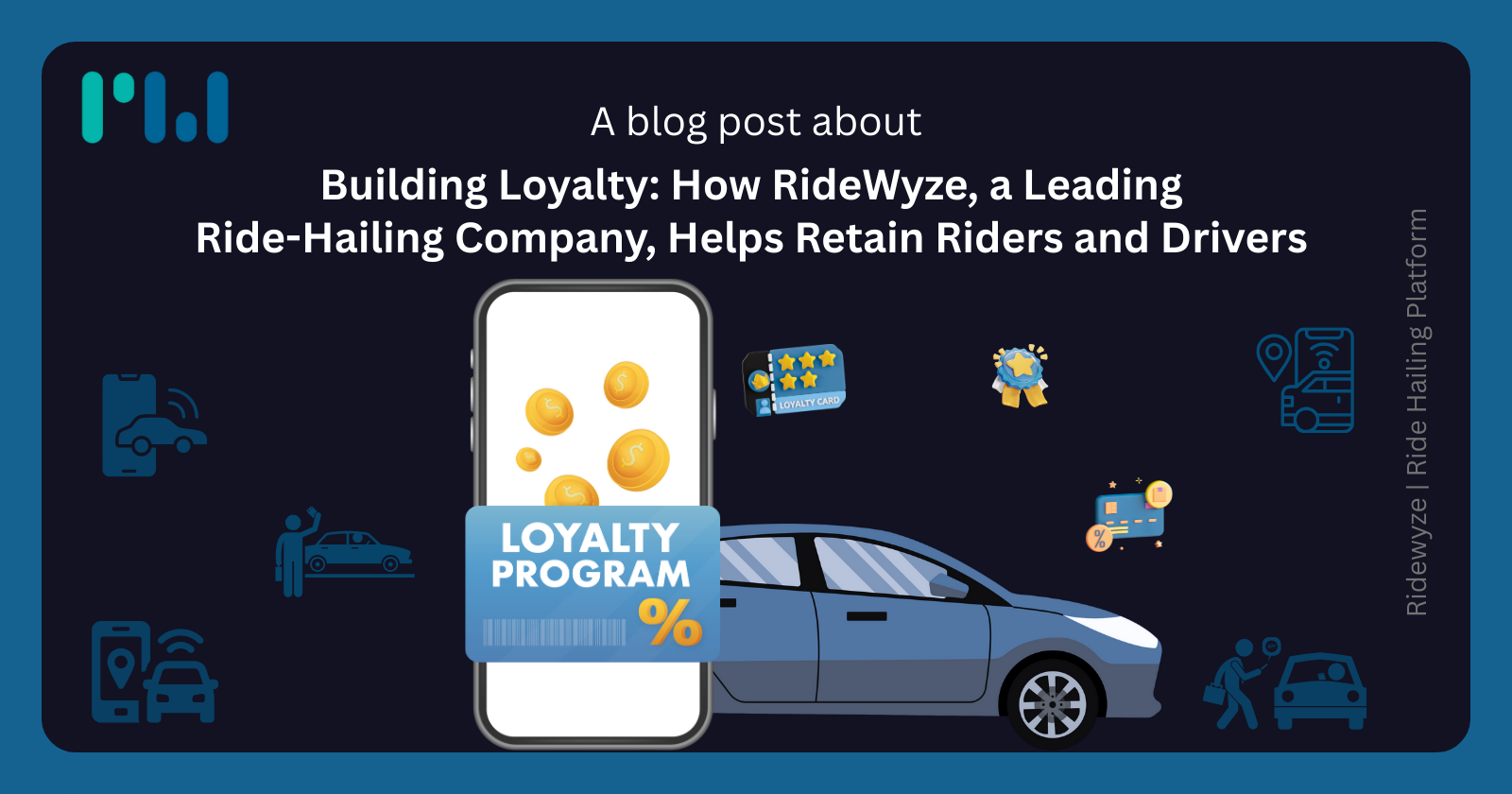
Article
Building Loyalty How RideWyze Helps Retain Riders and Drivers
Discover how RideWyze boosts rider and driver retention through loyalty programs, seamless experiences, and data-driven engagement strategies.
14 July 2025 · 6 min read
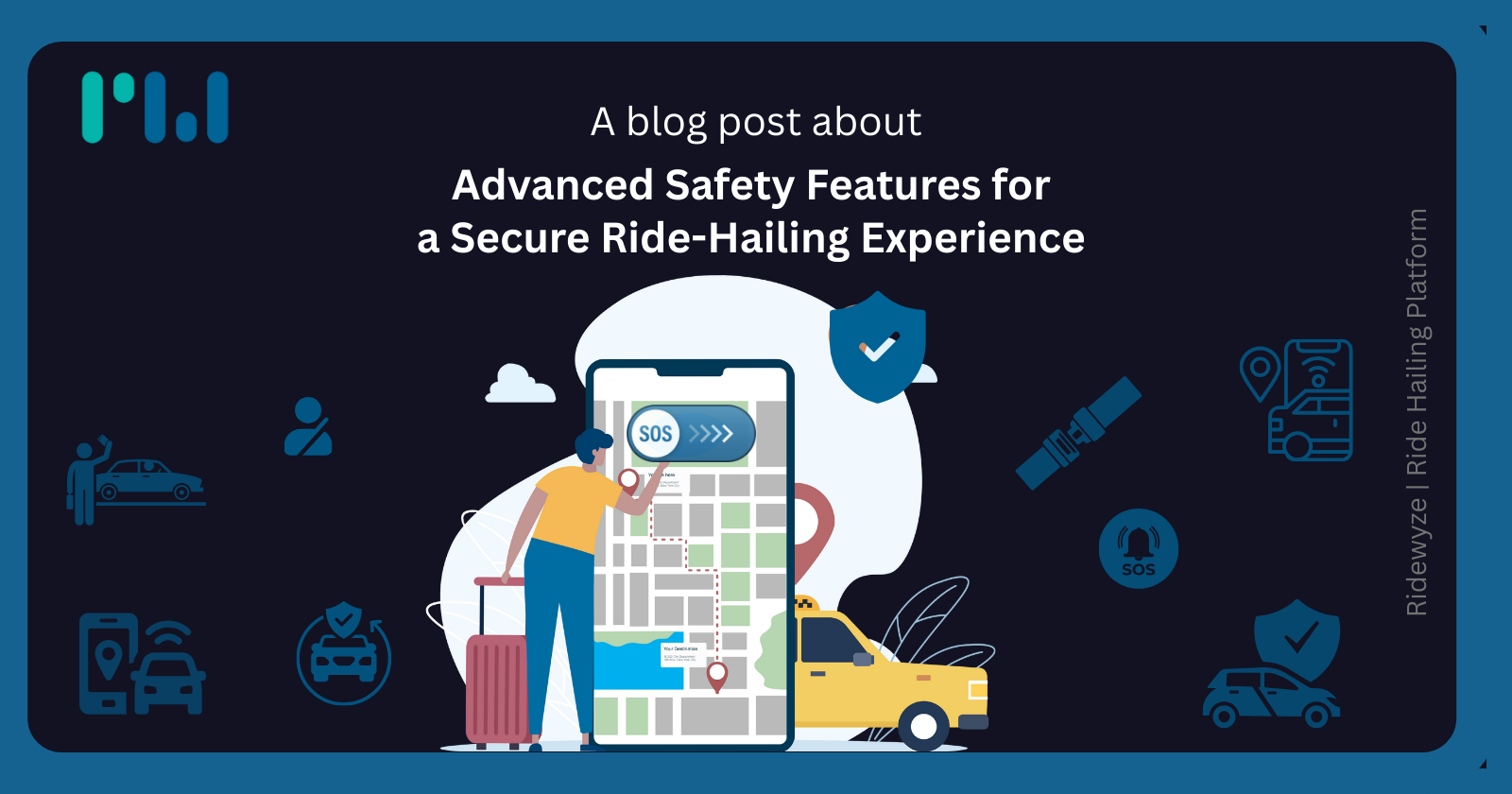
Article
Advanced Safety Features for a Secure Ride-Hailing Experience
Explore the top safety features ride-hailing platforms use to protect riders and drivers—real-time tracking, SOS, and verification tools.
15 July 2025 · 6 min read
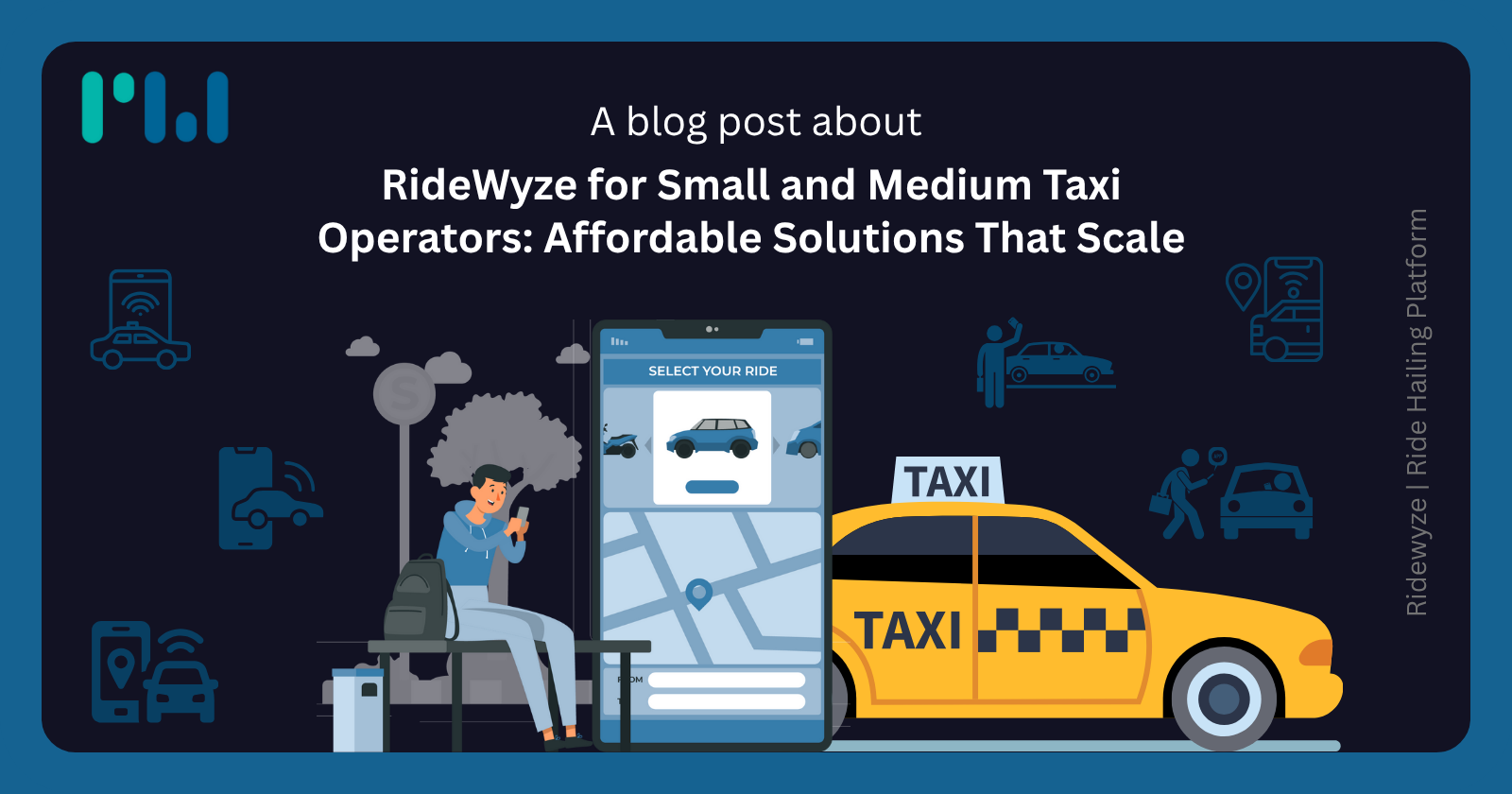
Article
RideWyze for Small and Medium Taxi Operators
Discover how RideWyze empowers small and medium taxi operators with affordable, scalable ride-hailing solutions tailored for growth.
17 July 2025 · 6 min read
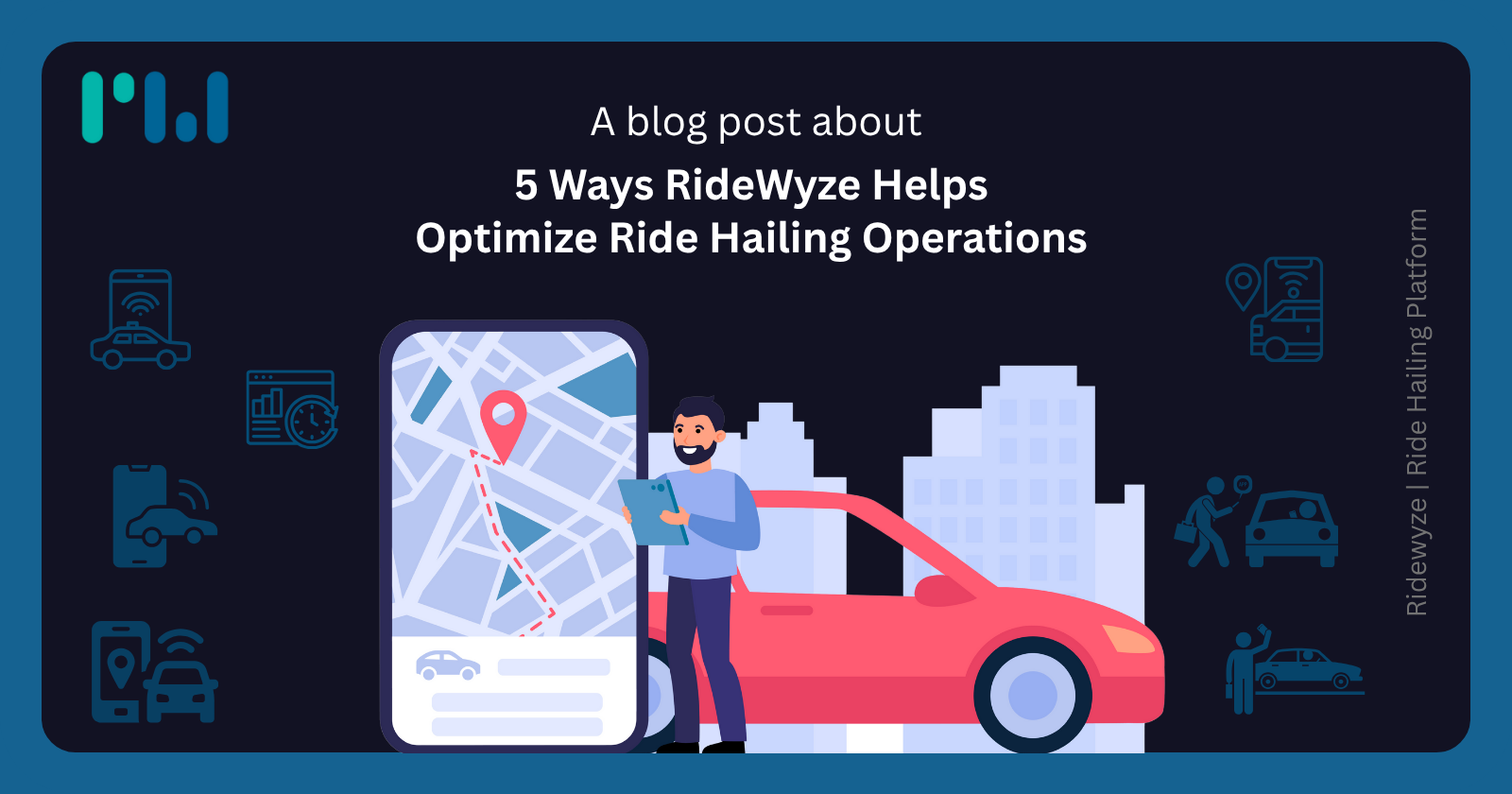
Article
5 Ways RideWyze Helps Optimize Ride-Hailing Operations
Uncover how RideWyze boosts ride-hailing efficiency through smart dispatch, real-time tracking, and driver analytics. Enhance operations today!
21 July 2025 · 6 min read
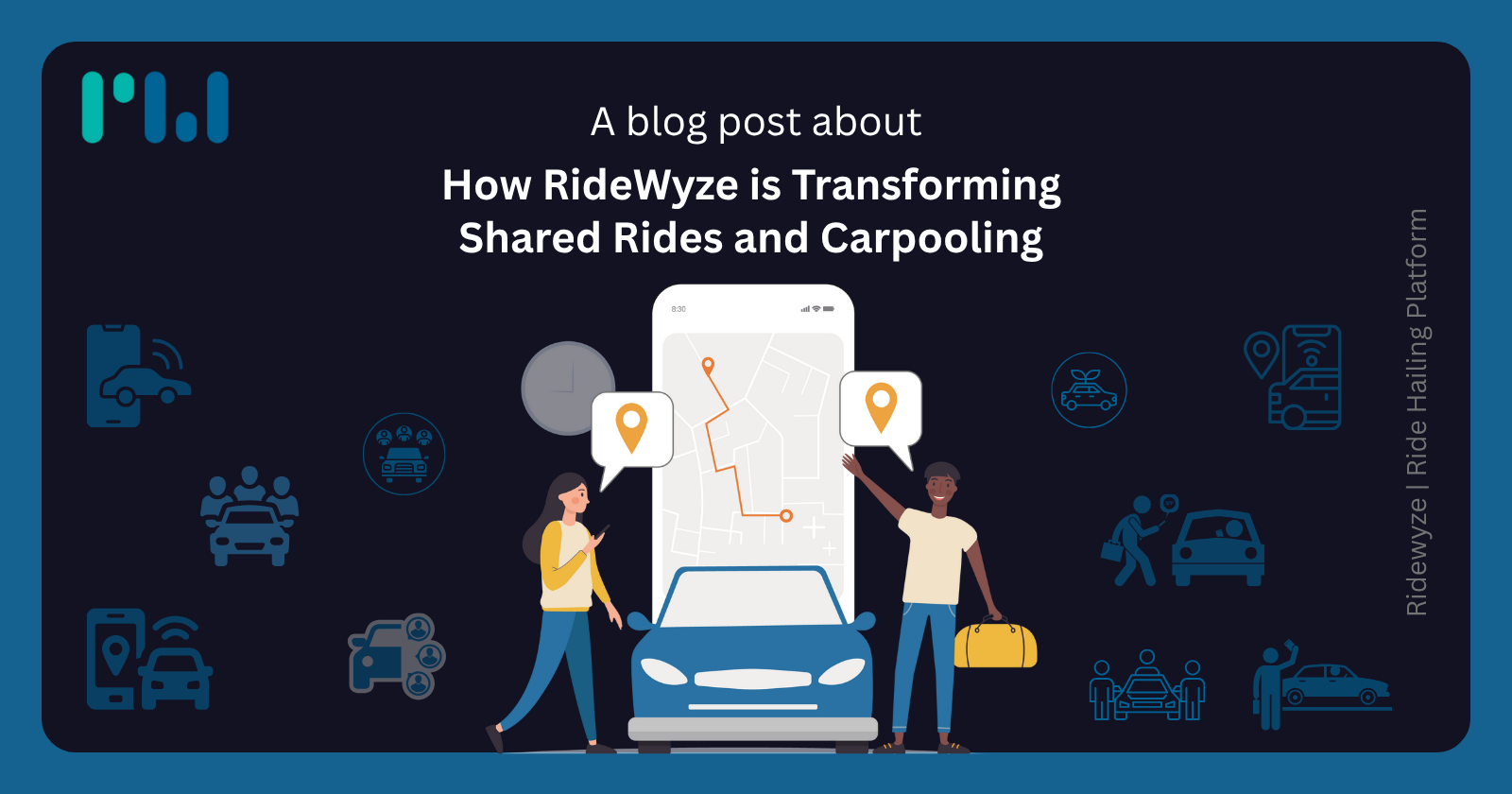
Article
How RideWyze is Transforming Shared Rides and Carpooling
Explore how RideWyze is revolutionizing shared rides and carpooling through real-time tracking, smart routing, and advanced passenger matching.
22 July 2025 · 6 min read
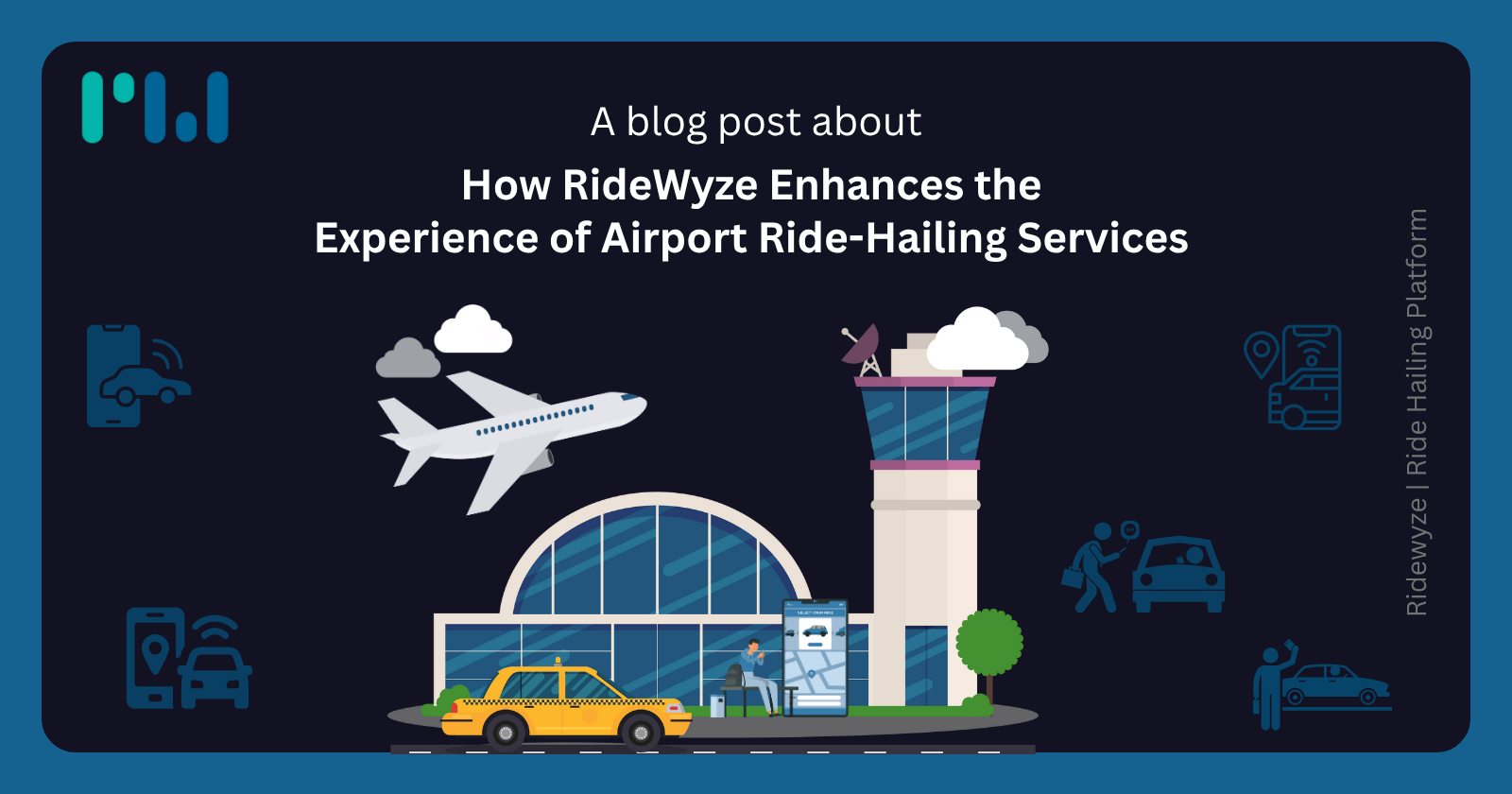
Article
How RideWyze Enhances the Experience of Airport Ride-Hailing Services
Discover how RideWyze streamlines airport ride-hailing with real-time tracking, optimized dispatching, and superior passenger experiences.
23 July 2025 · 6 min read
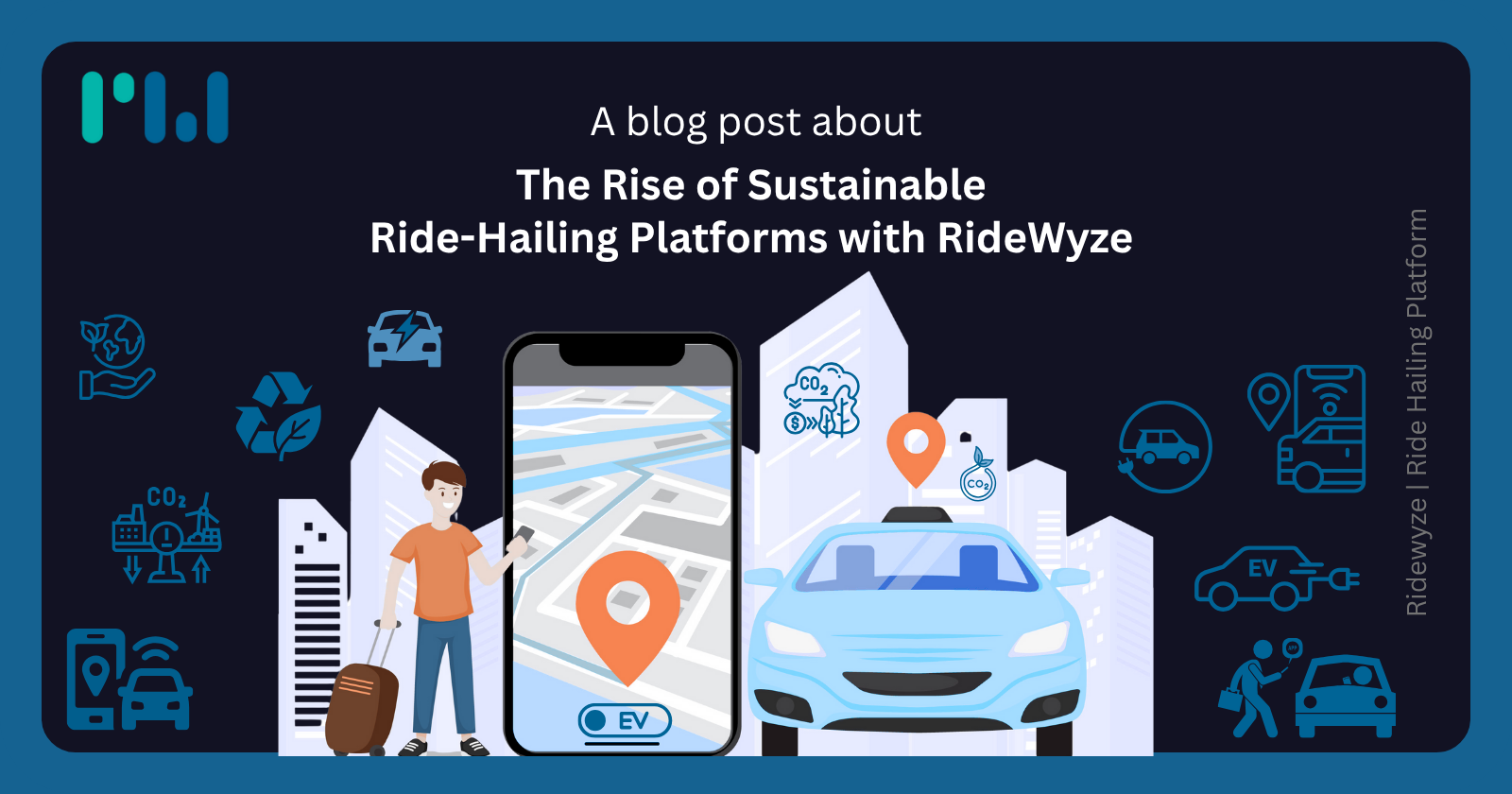
Article
The Rise of Sustainable Ride-Hailing Platforms with RideWyze
Explore how RideWyze is leading the way in sustainable ride-hailing platforms by reducing emissions and promoting eco-friendly transportation solutions.
28 July 2025 · 6 min read
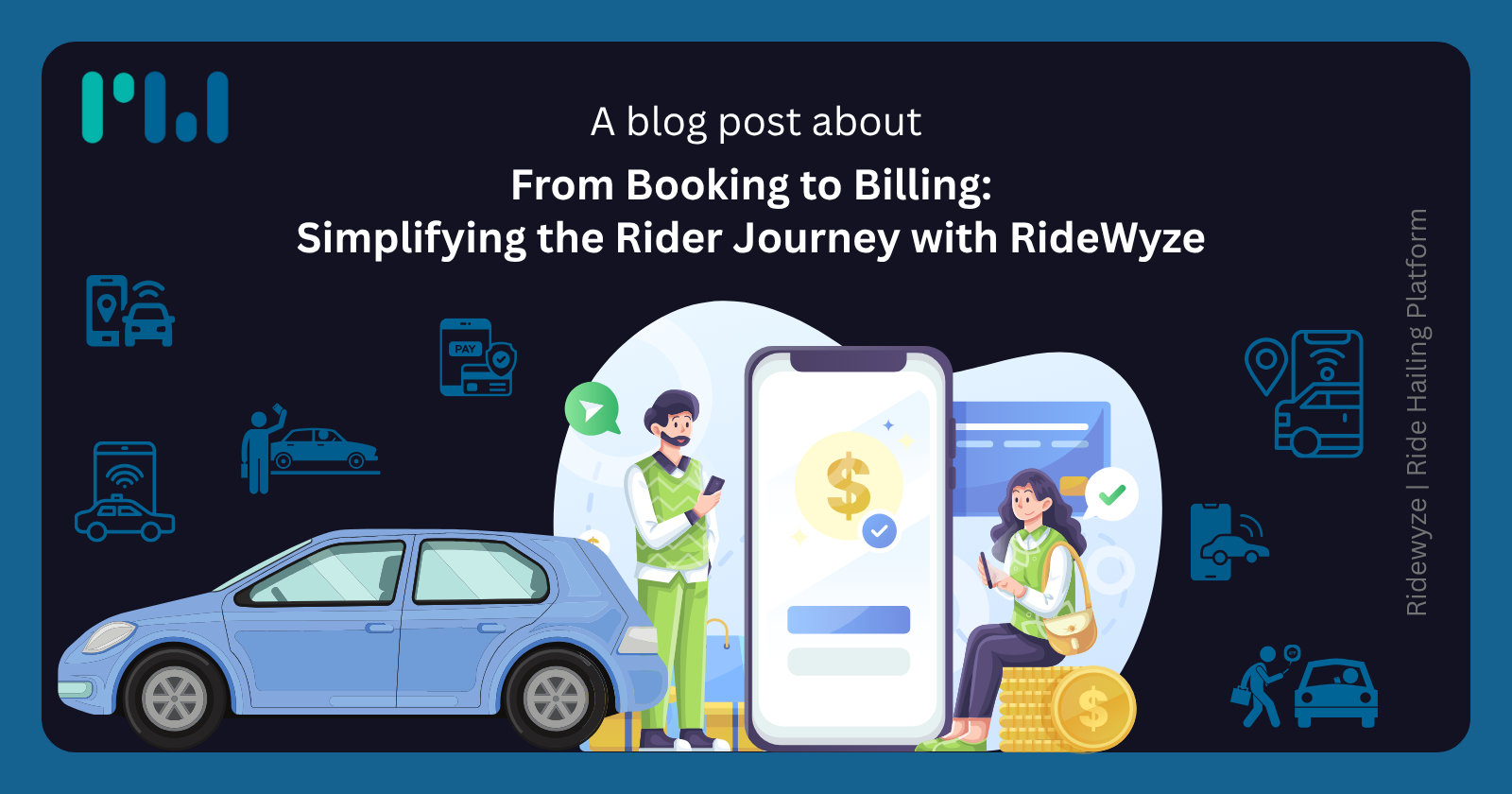
Article
From Booking to Billing
Explore how RideWyze is leading the way in sustainable ride-hailing platforms by reducing emissions and promoting eco-friendly transportation solutions.
29 July 2025 · 6 min read
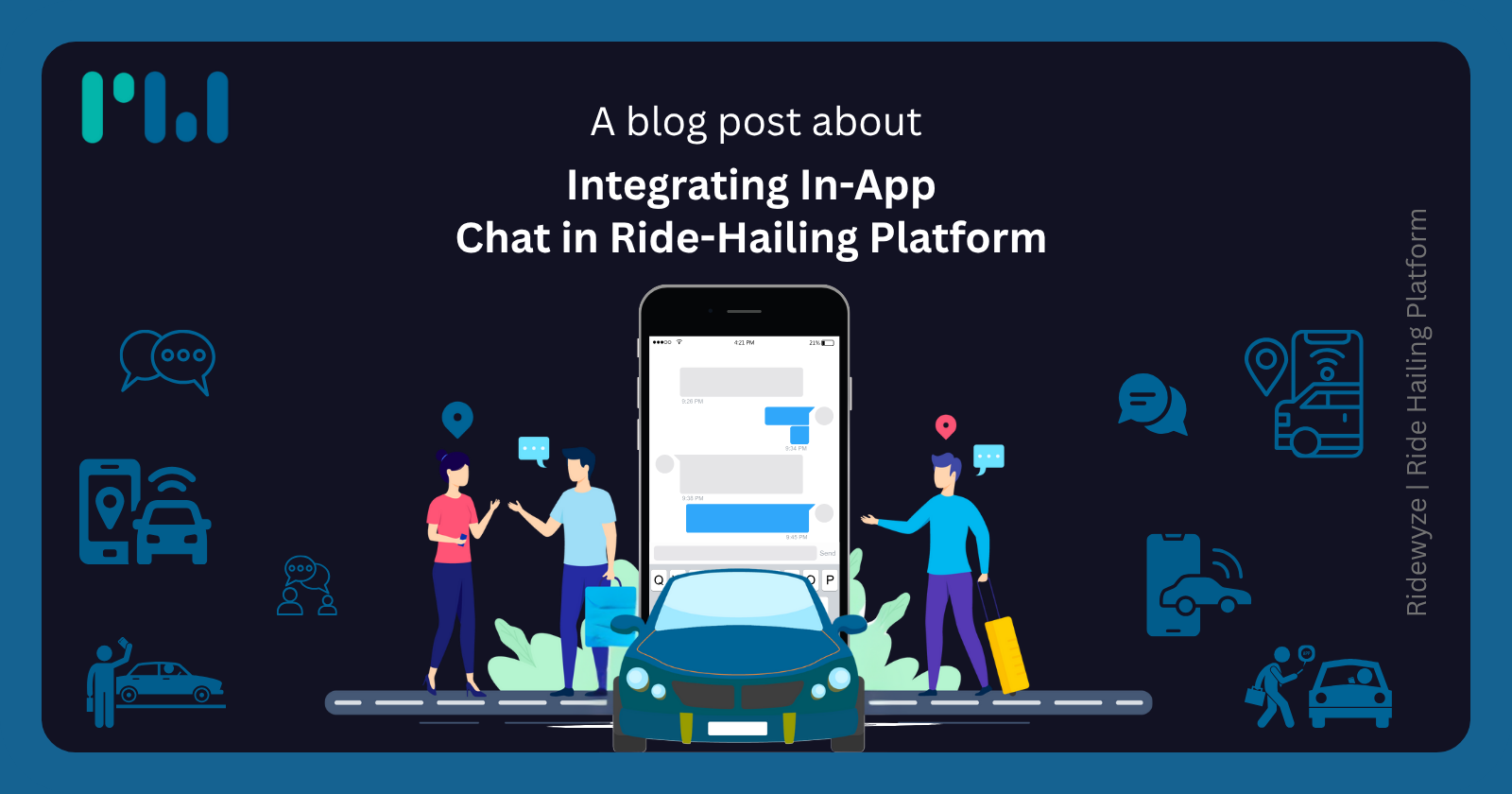
Article
Integrating In-App Chat in Ride-Hailing Platform
Learn how in-app chat enhances communication between riders and drivers, improving safety and user experience in ride-hailing platforms.
30 July 2025 · 6 min read
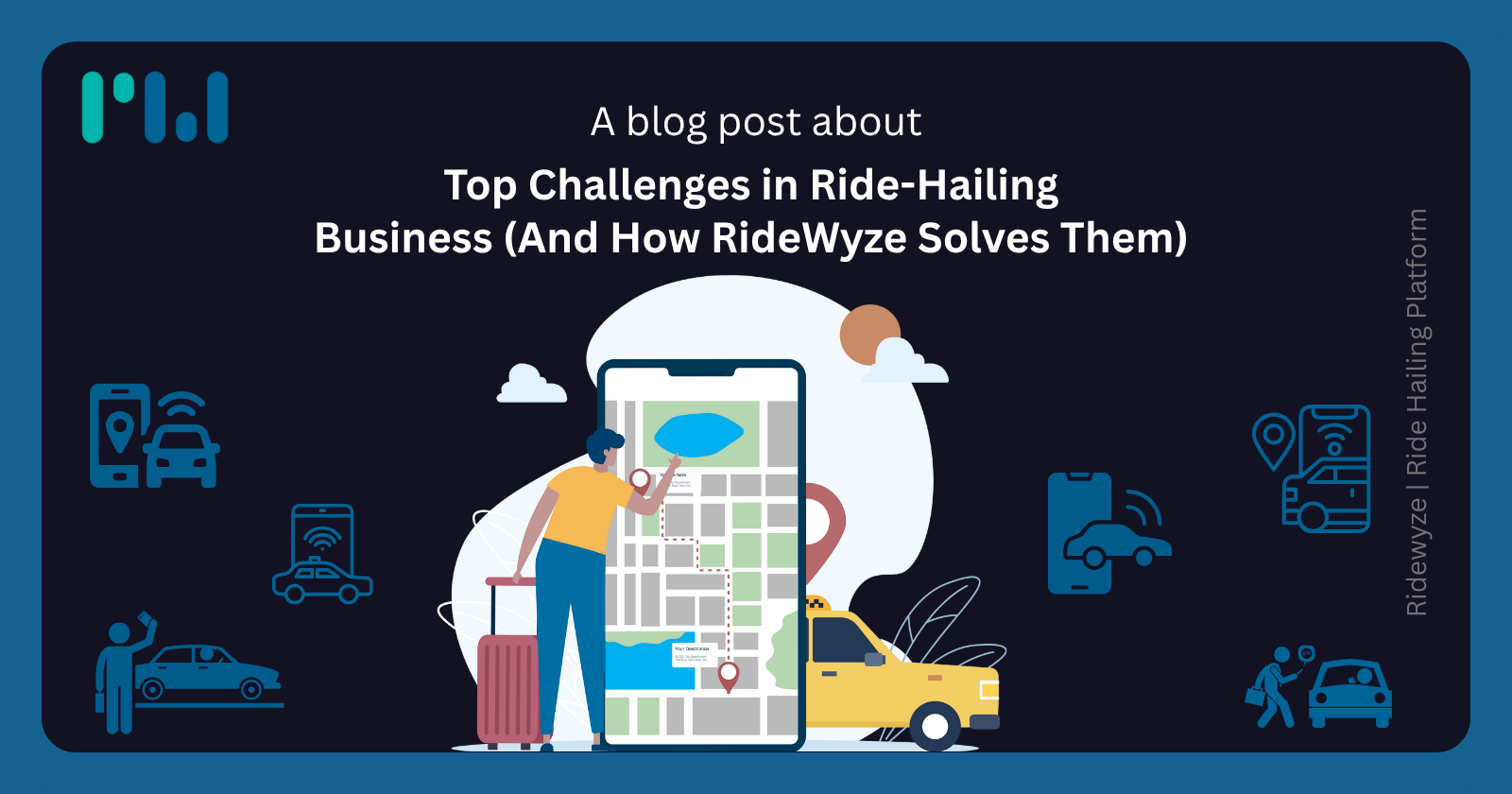
Article
Top Challenges in Ride-Hailing Business
Discover the biggest hurdles in running a ride-hailing business—from driver retention to tech integration—and how RideWyze delivers smart, scalable solutions.
3 August 2025 · 6 min read
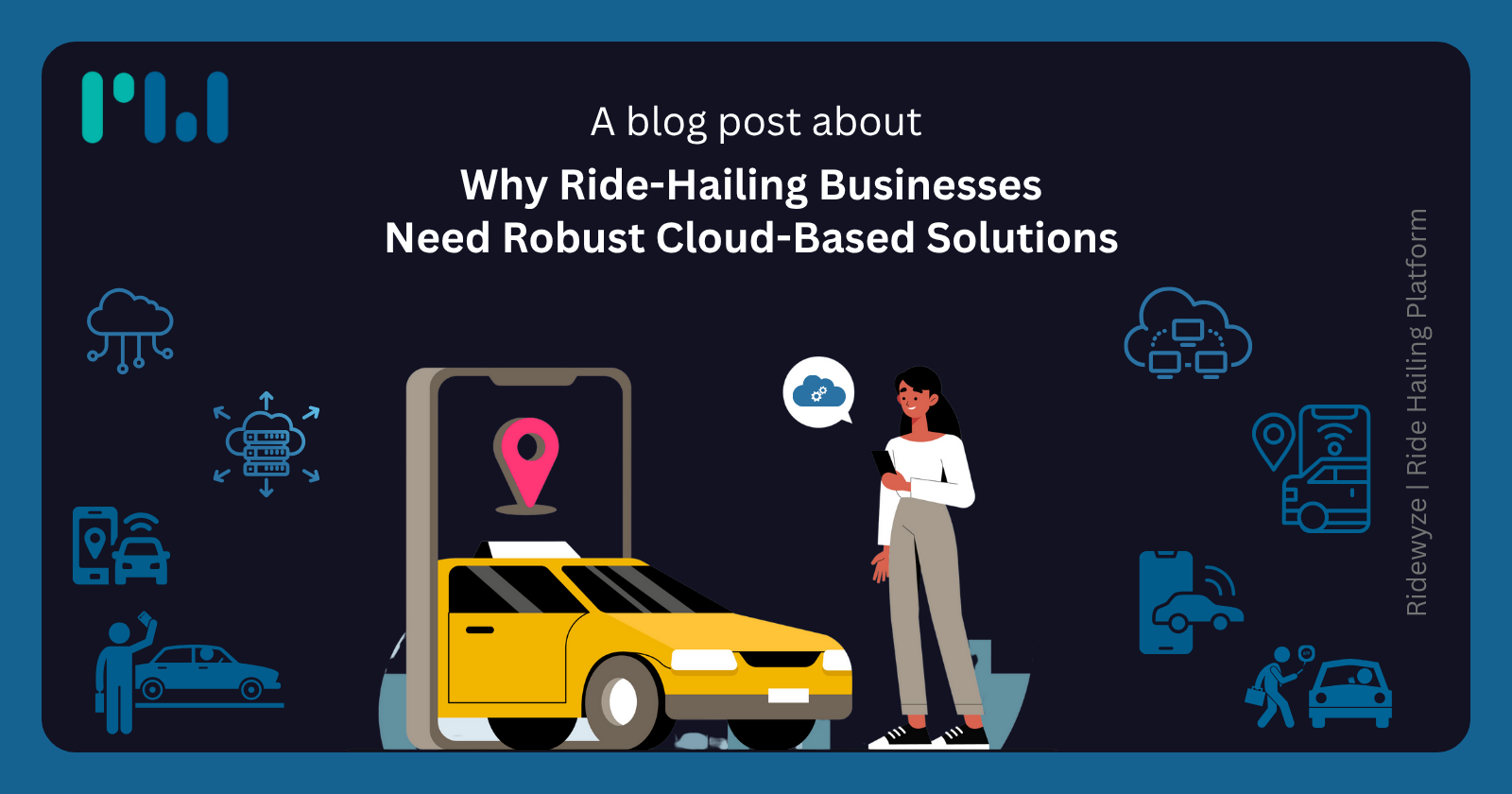
Article
Why Ride-Hailing Businesses Need Robust Cloud-Based Solutions
Discover how cloud solutions improve efficiency, scalability, and data security. Learn more.
6 August 2025 · 6 min read
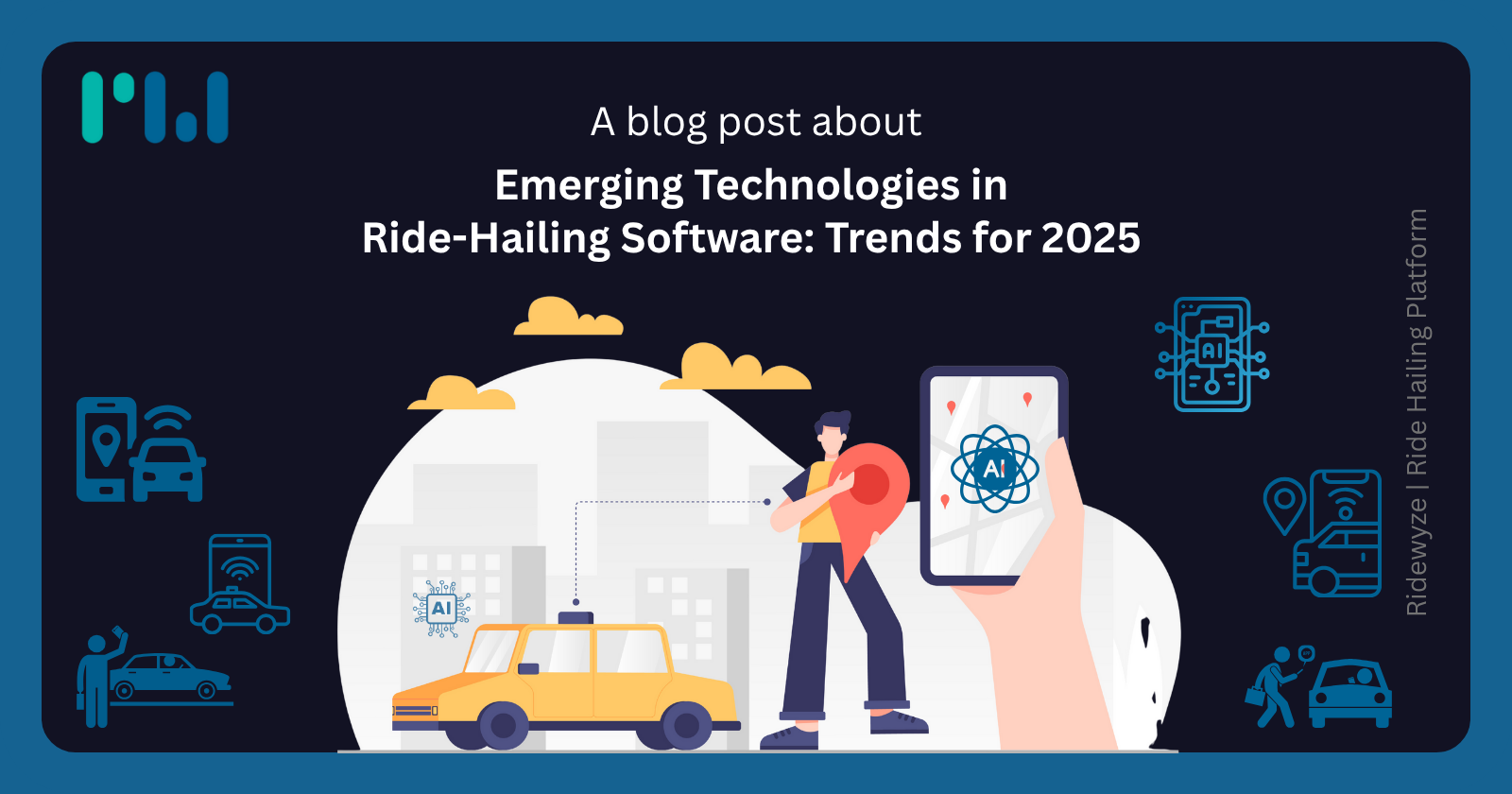
Article
Emerging Technologies in Ride-Hailing Software
Explore the top ride-hailing tech trends for 2025, from AI to real-time analytics and automation.
6 August 2025 · 6 min read
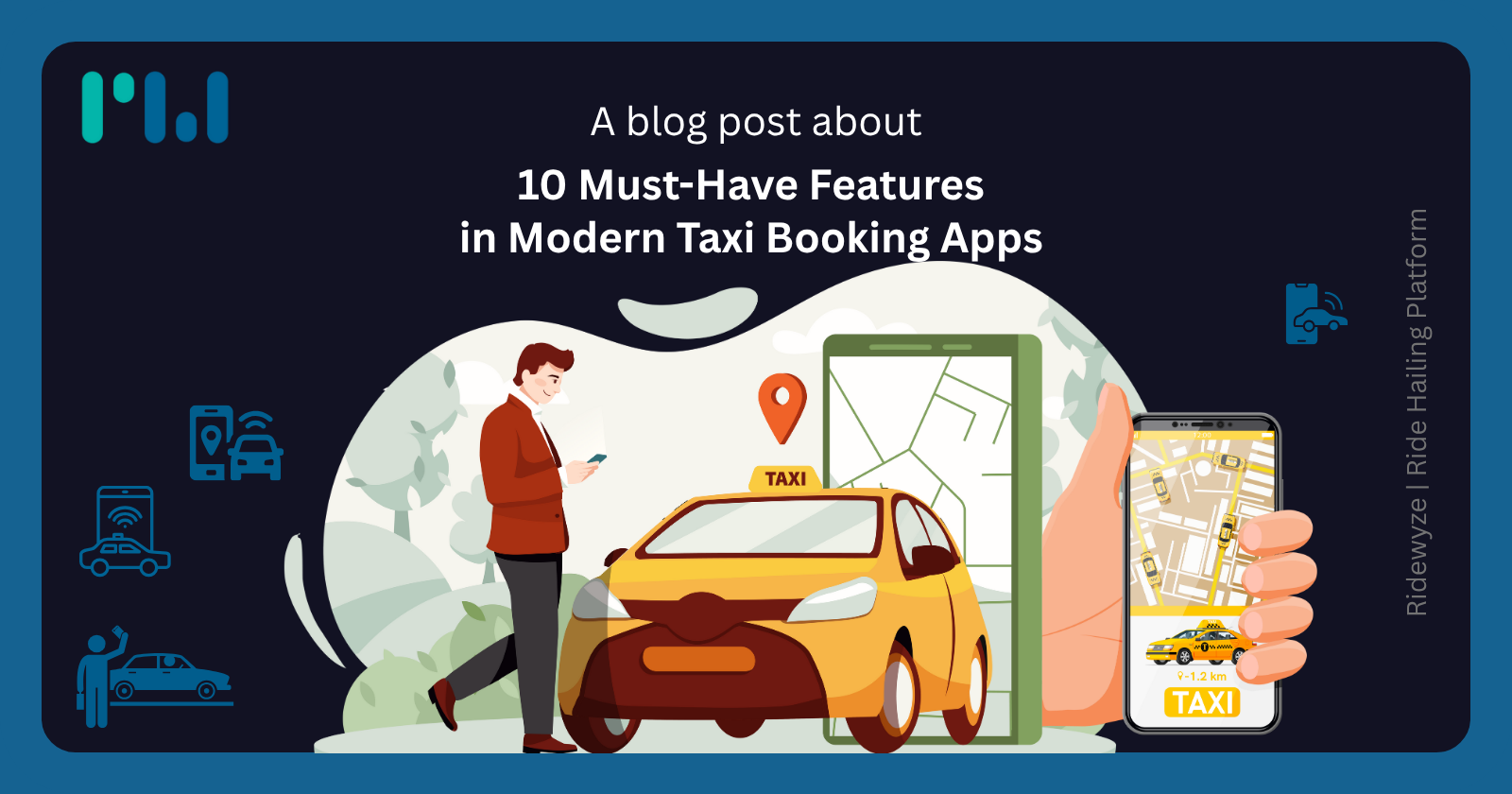
Article
10 Must-Have Features in Modern Taxi Booking Apps
Discover must-have features for building a successful Uber-like app, from real-time tracking to secure payments.
7 August 2025 · 6 min read
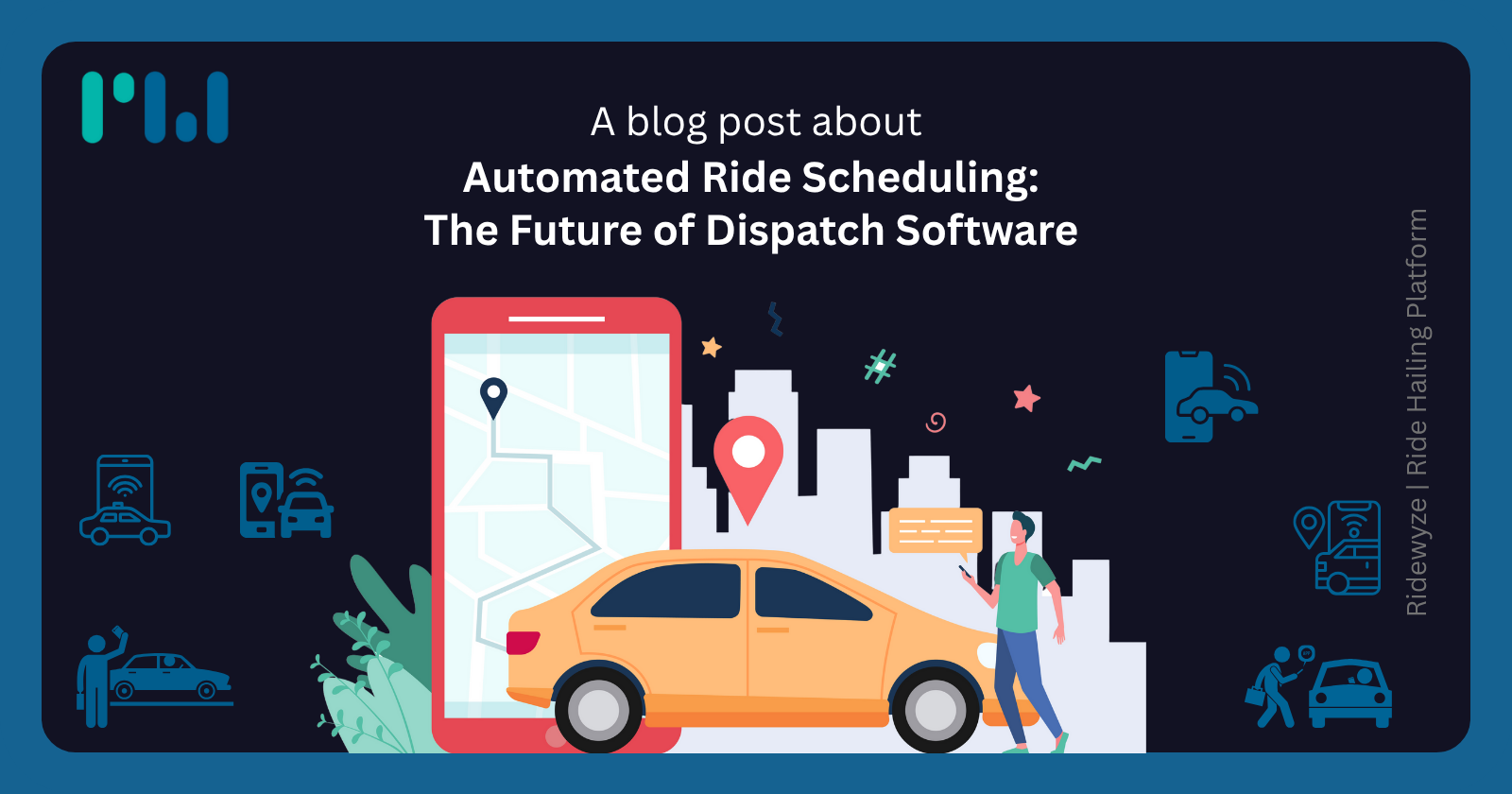
Article
Automated Ride Scheduling: The Future of Dispatch Software
Explore how automated ride scheduling transforms dispatch software with efficiency, accuracy, and customer convenience.
8 August 2025 · 6 min read
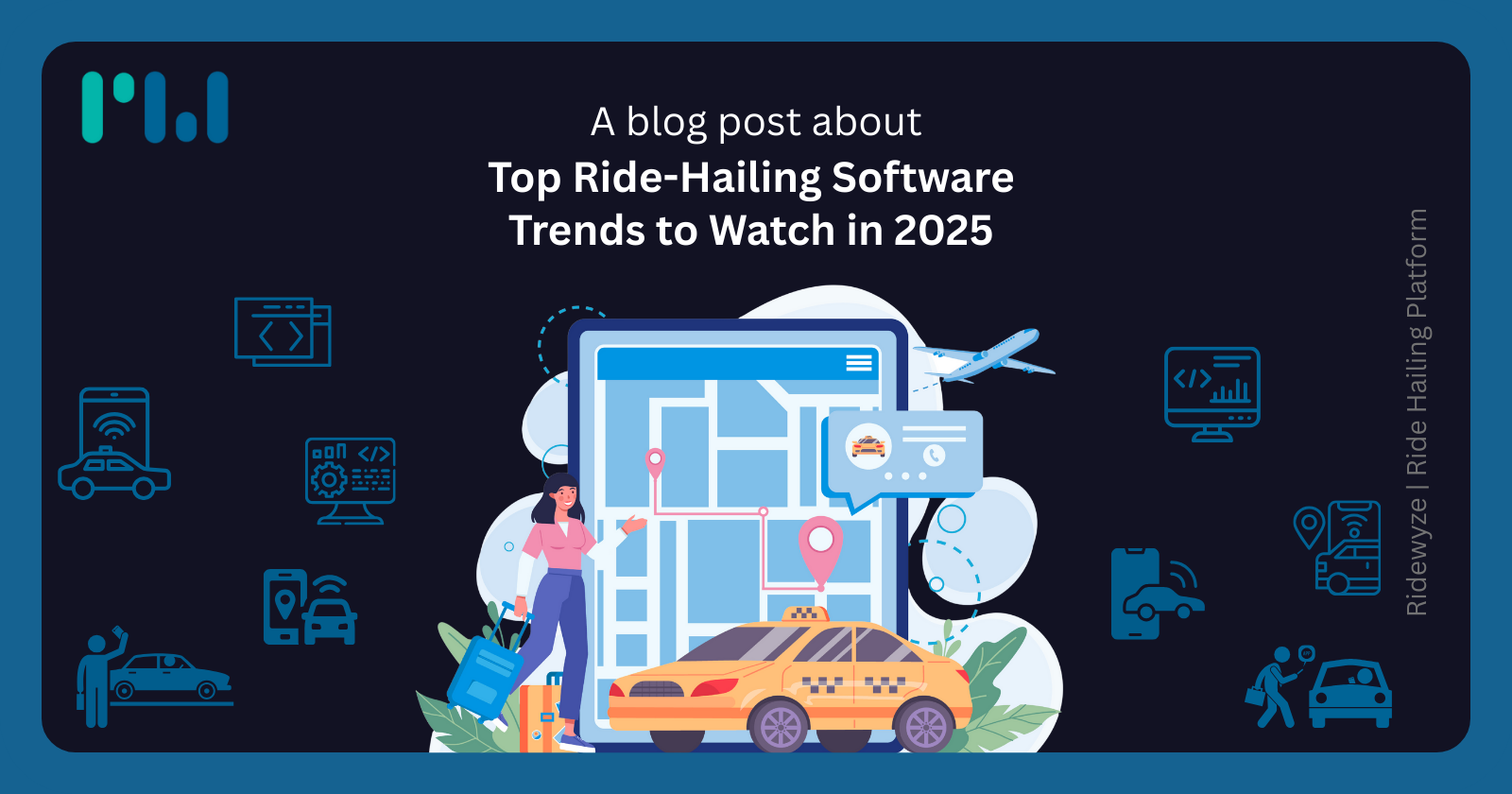
Article
Top Ride-Hailing Software Trends to Watch in 2025
Discover the latest ride-hailing software trends shaping 2025, from AI to automation, enhancing safety, efficiency, and user experience.
18 August 2025 · 6 min read
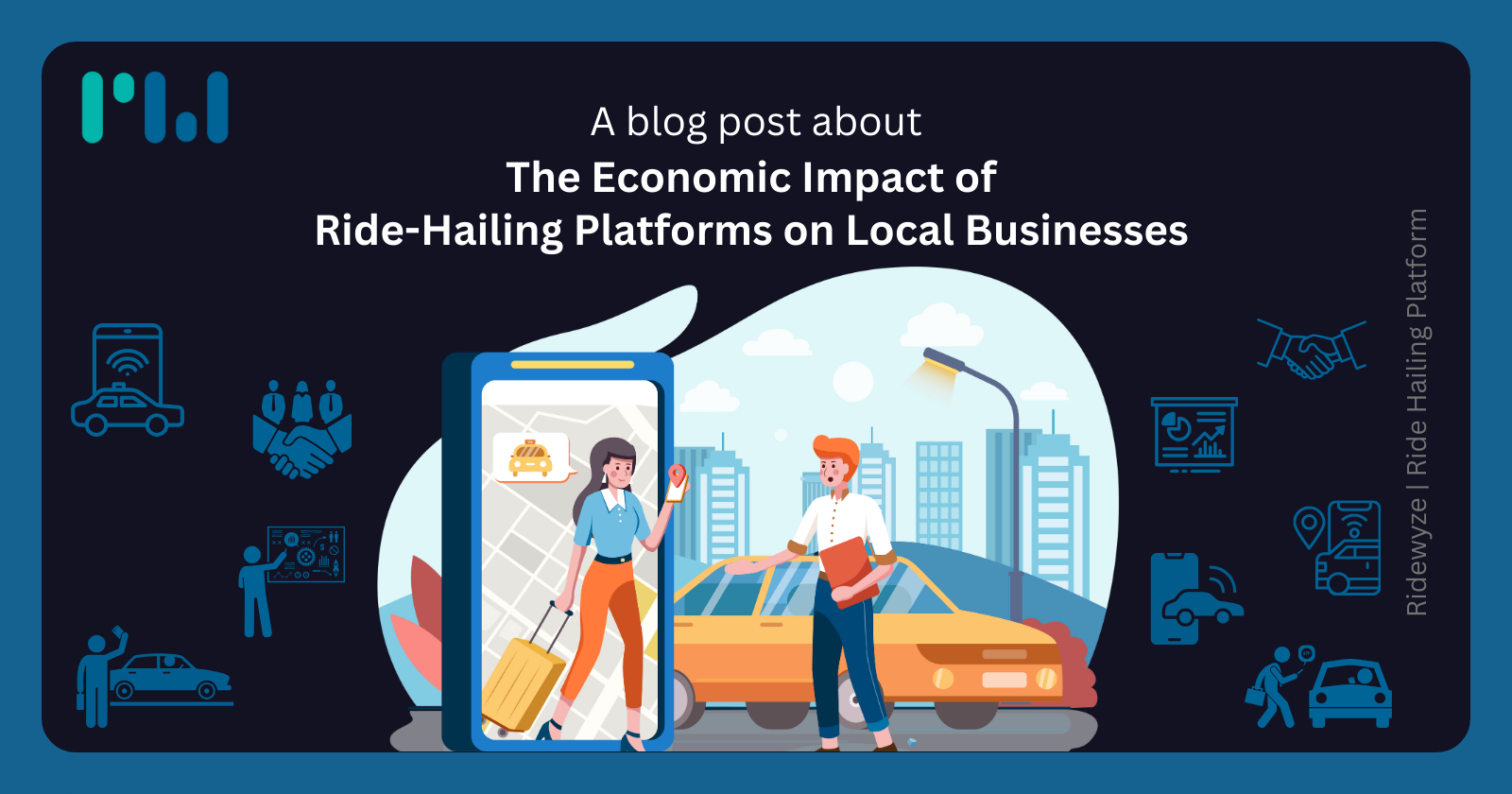
Article
The Economic Impact of Ride-Hailing Platforms on Local Businesses
Discover how ride-hailing platforms influence local businesses, boost customer reach, and reshape urban economies in meaningful ways.
20 August 2025 · 6 min read
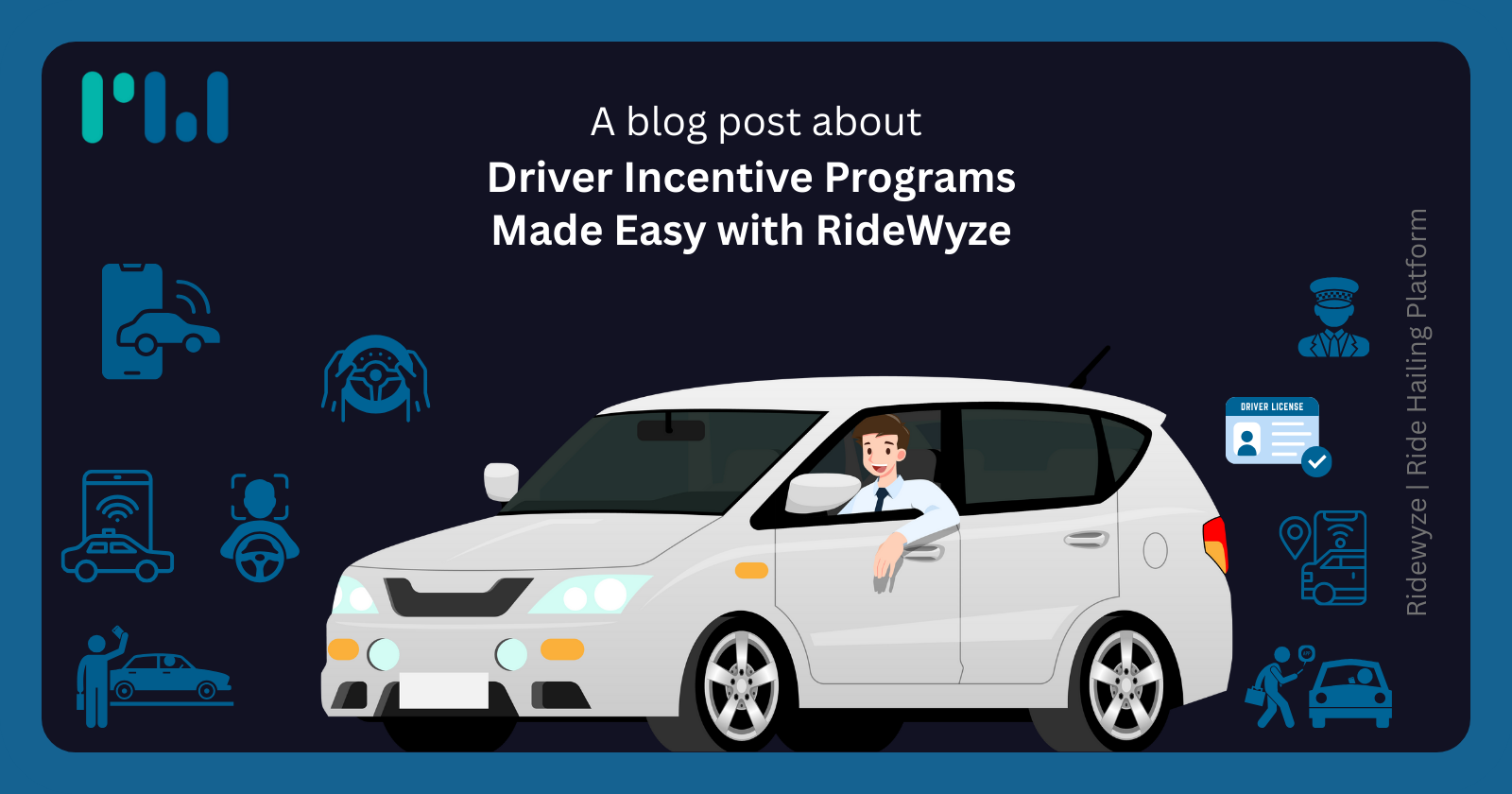
Article
Driver Incentive Programs Made Easy with RideWyze
RideWyze simplifies driver incentive programs to boost loyalty, engagement, and performance for ride-hailing businesses.
21 August 2025 · 6 min read
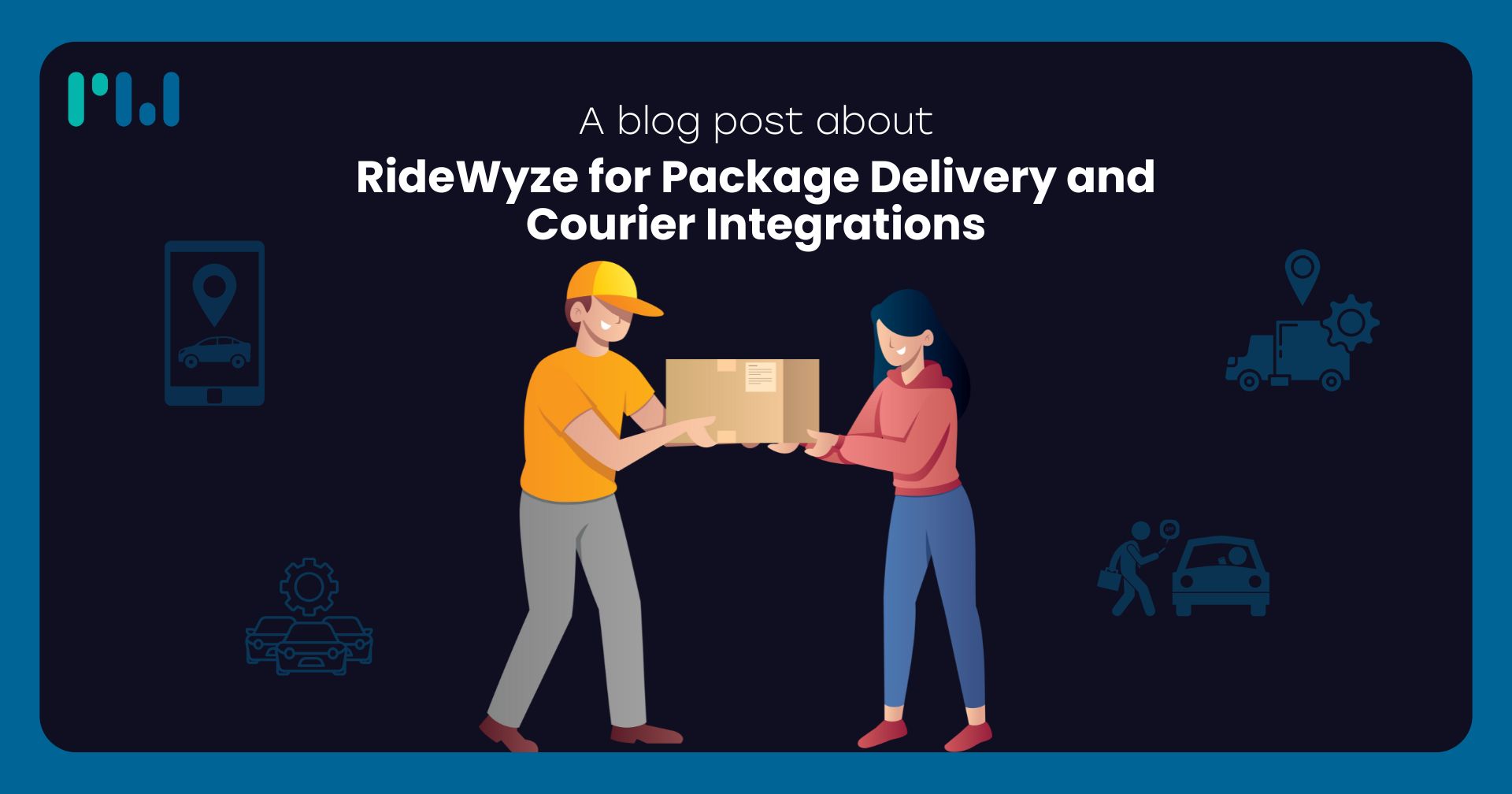
Article
RideWyze for Package Delivery and Courier Integrations
Discover how RideWyze simplifies package delivery and courier integrations with faster, reliable logistics solutions tailored for businesses and individuals.
21 August 2025 · 6 min read

Article
RideWyze Success Stories: Empowering Entrepreneurs Globally
Explore inspiring stories of entrepreneurs worldwide who built successful businesses with RideWyze’s ride-hailing solutions.
25 August 2025 · 6 min read
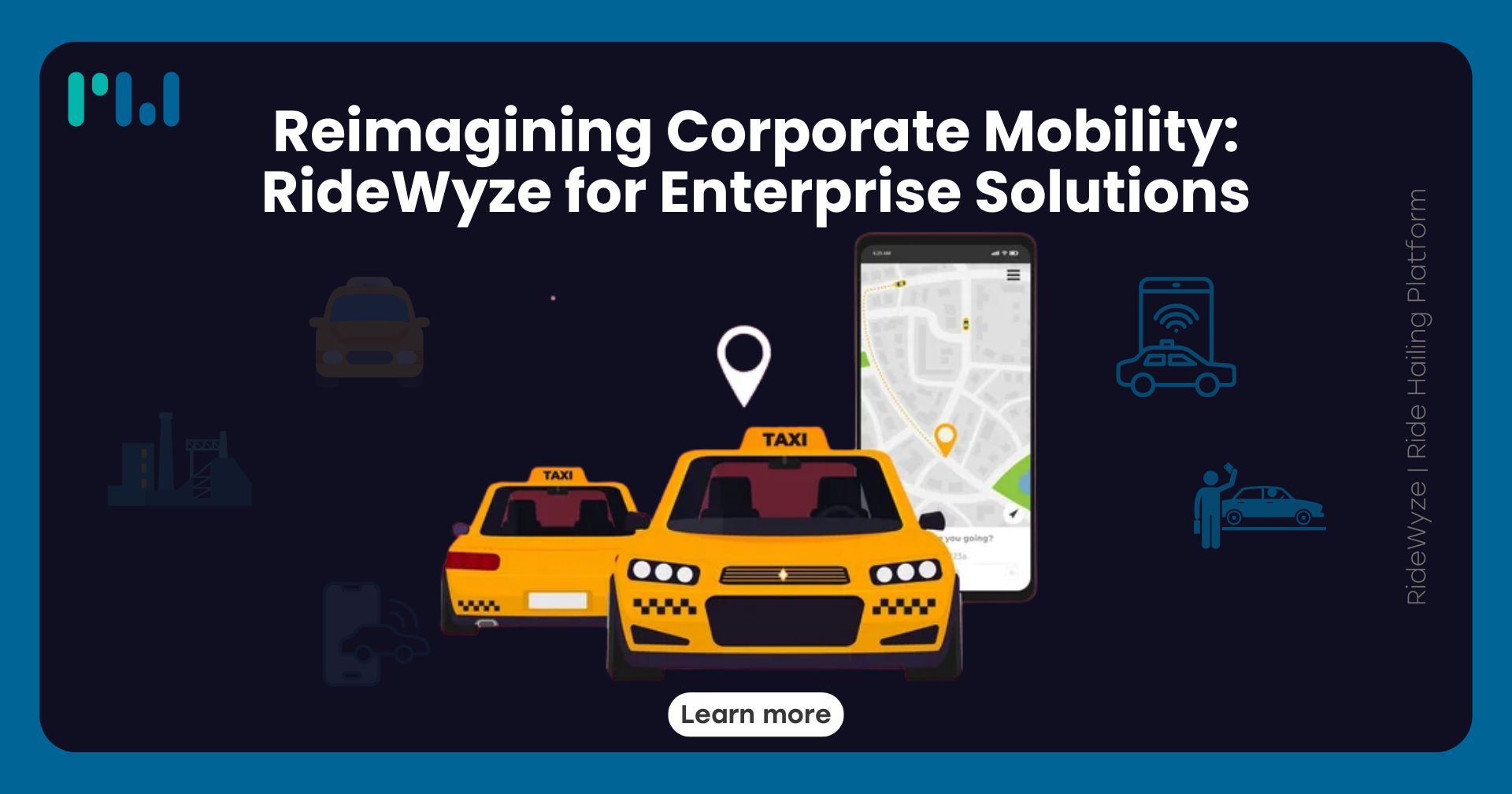
Article
Reimagining Corporate Mobility: RideWyze for Enterprise Solutions
Discover how RideWyze transforms business transportation with scalable, efficient, and sustainable enterprise mobility solutions tailored to modern needs.
29 August 2025 · 6 min read
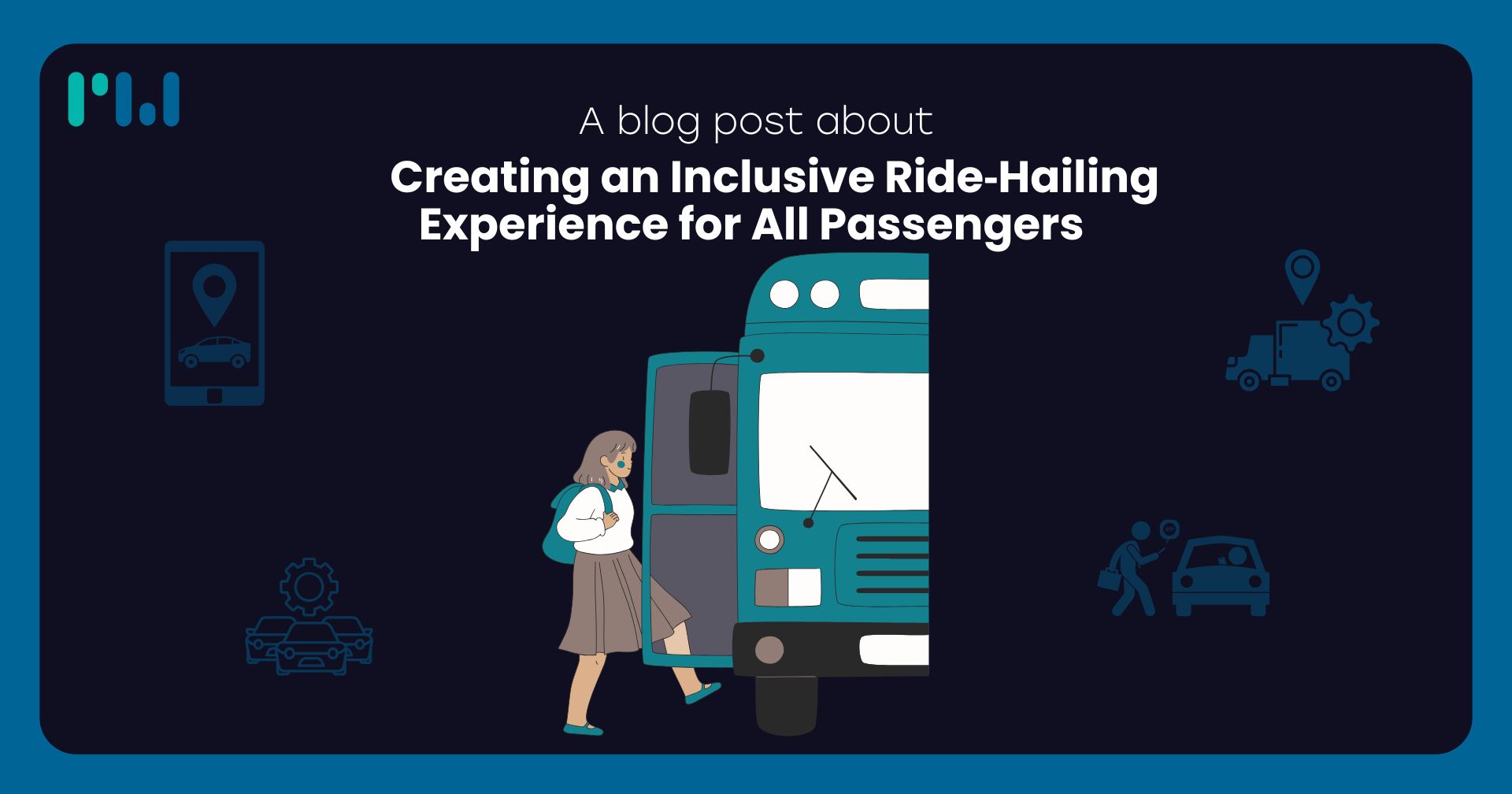
Article
Creating an Inclusive Ride‑Hailing Experience for All Passengers
Discover how ride-hailing platforms can enhance accessibility, safety, and user experience to serve diverse passengers better.
3 September 2025 · 6 min read

Article
The Importance of Data Privacy in Ride-Hailing Apps
Discover how ride-hailing platforms handle user data, address privacy risks, and implement technologies that protect personal information while delivering seamless service.
8 September 2025 · 6 min read
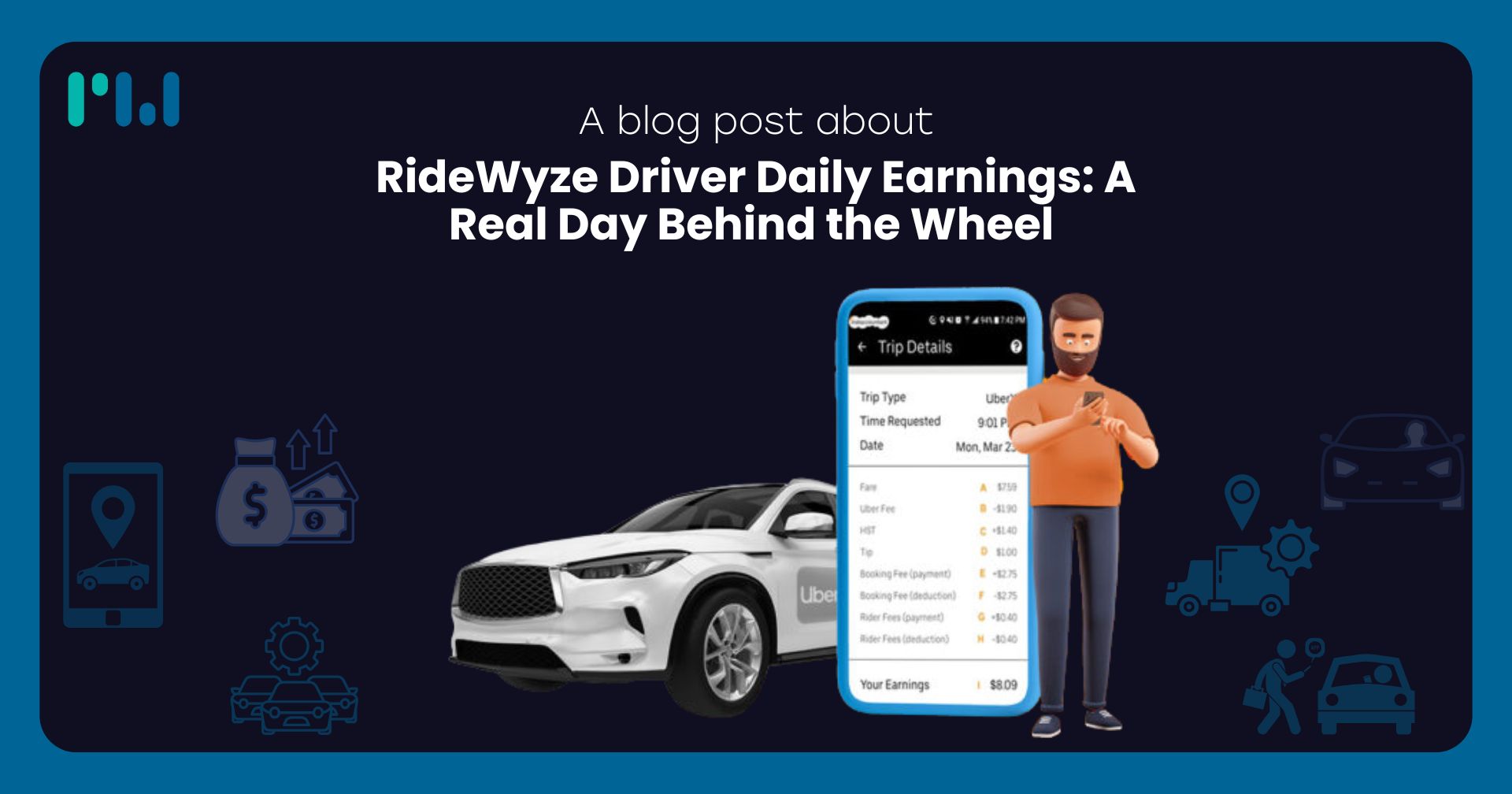
Article
The Importance of Data Privacy in Ride-Hailing Apps
Discover what a real day looks like for RideWyze drivers, from morning rush to evening surge. Learn about bonuses, expenses, and strategies that impact true take-home pay.
12 September 2025 · 6 min read
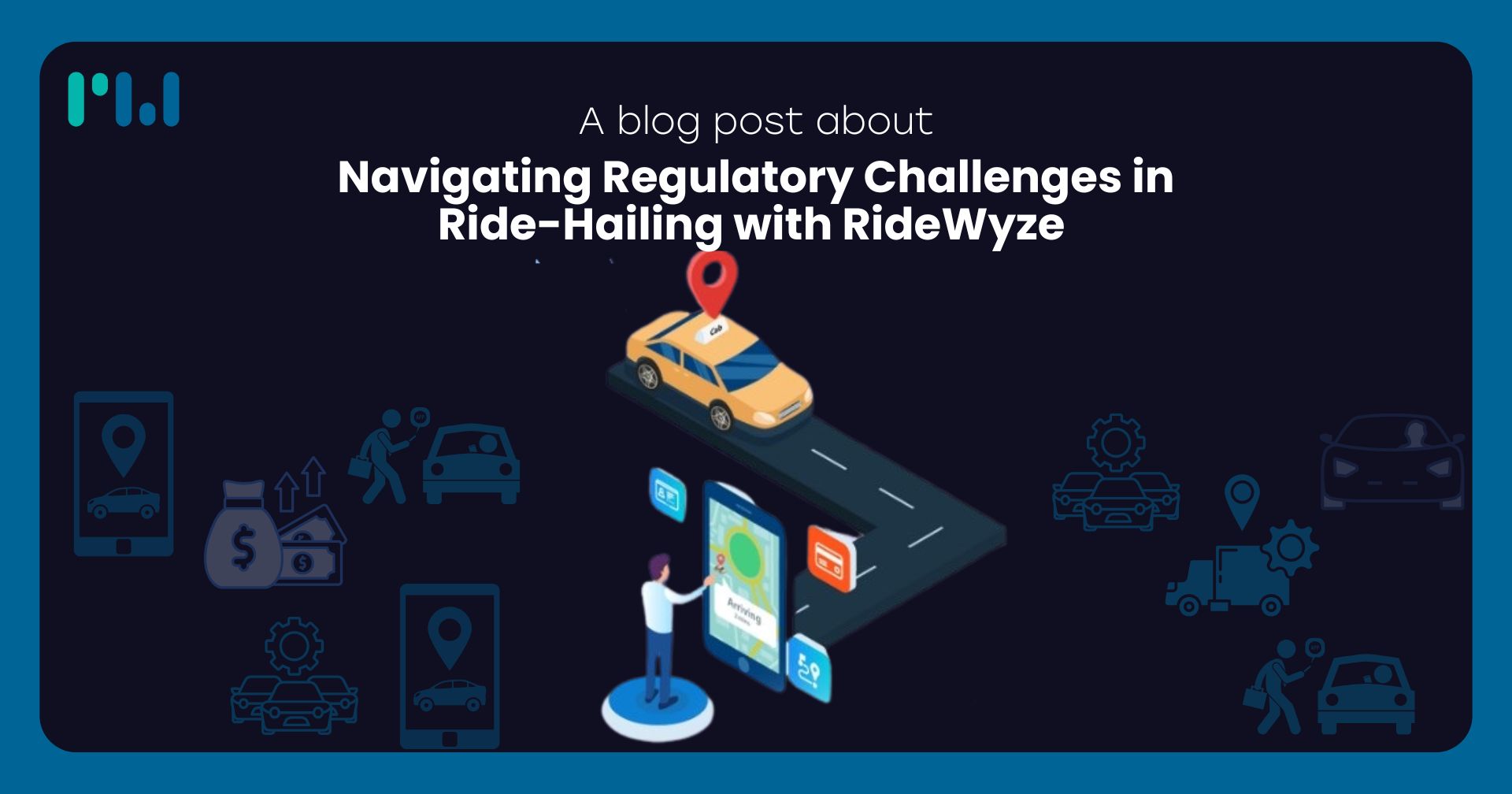
Article
Navigating Regulatory Challenges in Ride-Hailing with RideWyze
Discover how RideWyze ensures safety, compliance, and innovation in global ride-hailing by adopting proactive strategies, smart technology, and strong regulator partnerships.
15 September 2025 · 6 min read

Article
Building Brand Loyalty in Ride-Hailing: Proven Strategies for Retention
Discover expert tips and data-driven strategies to boost rider trust, improve customer retention, and enhance loyalty in today’s competitive ride-hailing market.
18 September 2025 · 6 min read
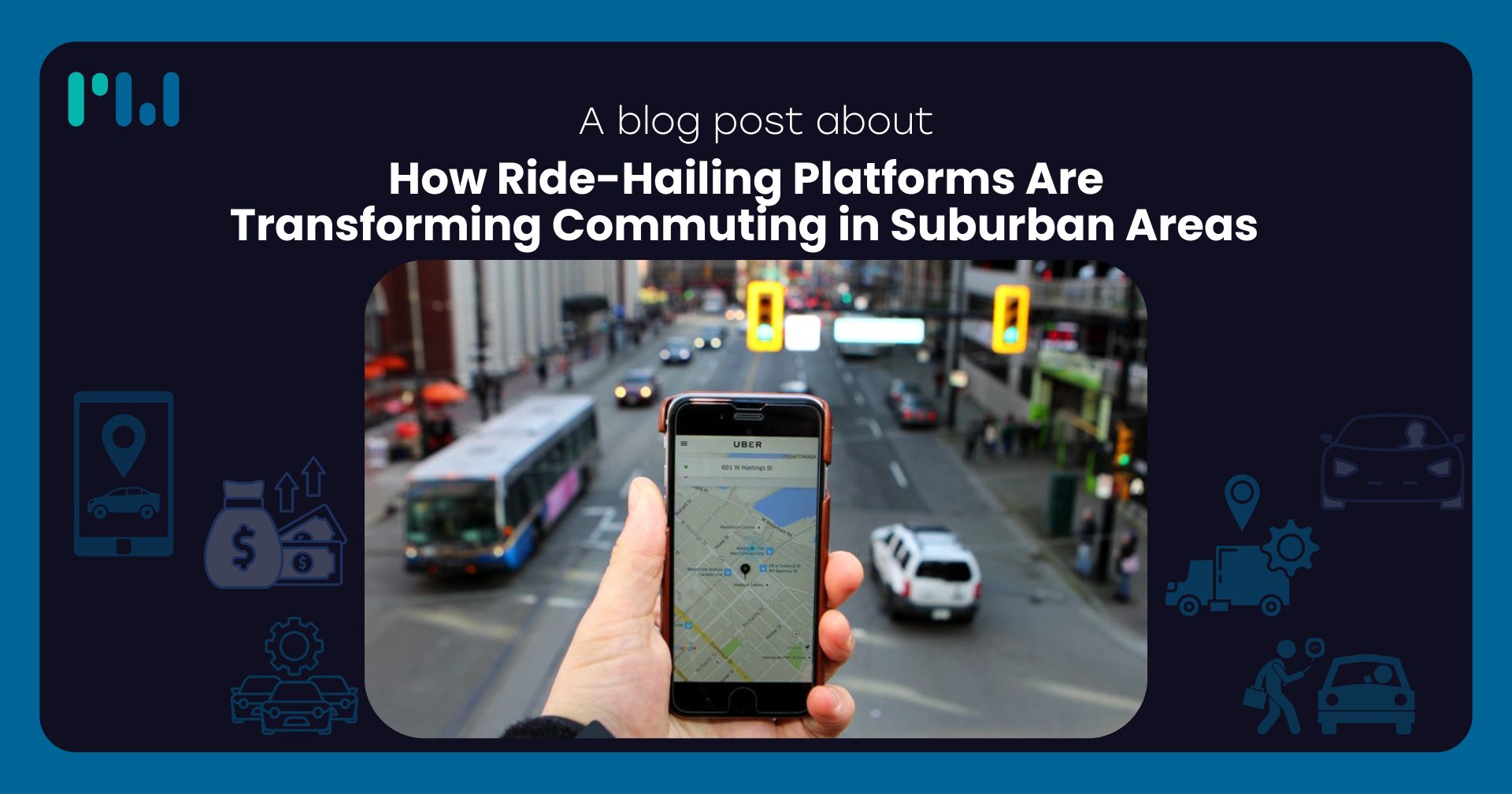
Article
How Ride-Hailing Platforms Are Transforming Commuting in Suburban Areas
Discover how ride-hailing platforms are reshaping suburban commuting, reducing car ownership, filling transit gaps, and influencing future mobility patterns.
19 September 2025 · 6 min read
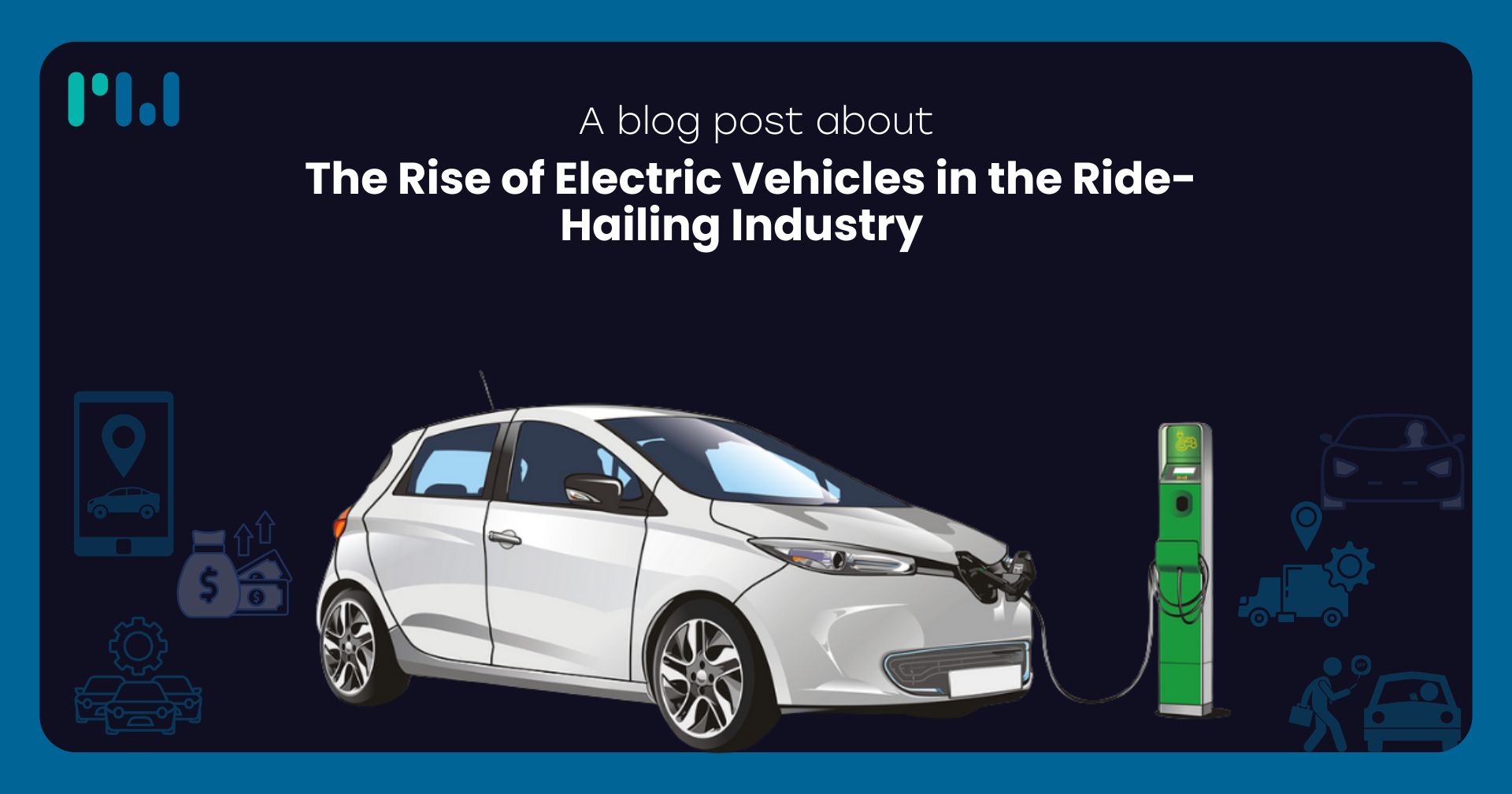
Article
The Rise of Electric Vehicles in the Ride-Hailing Industry
Discover how taxi apps are adopting electric cars, the benefits for drivers and cities, and the challenges of costs, charging, and infrastructure in ride-hailing.
30 September 2025 · 6 min read
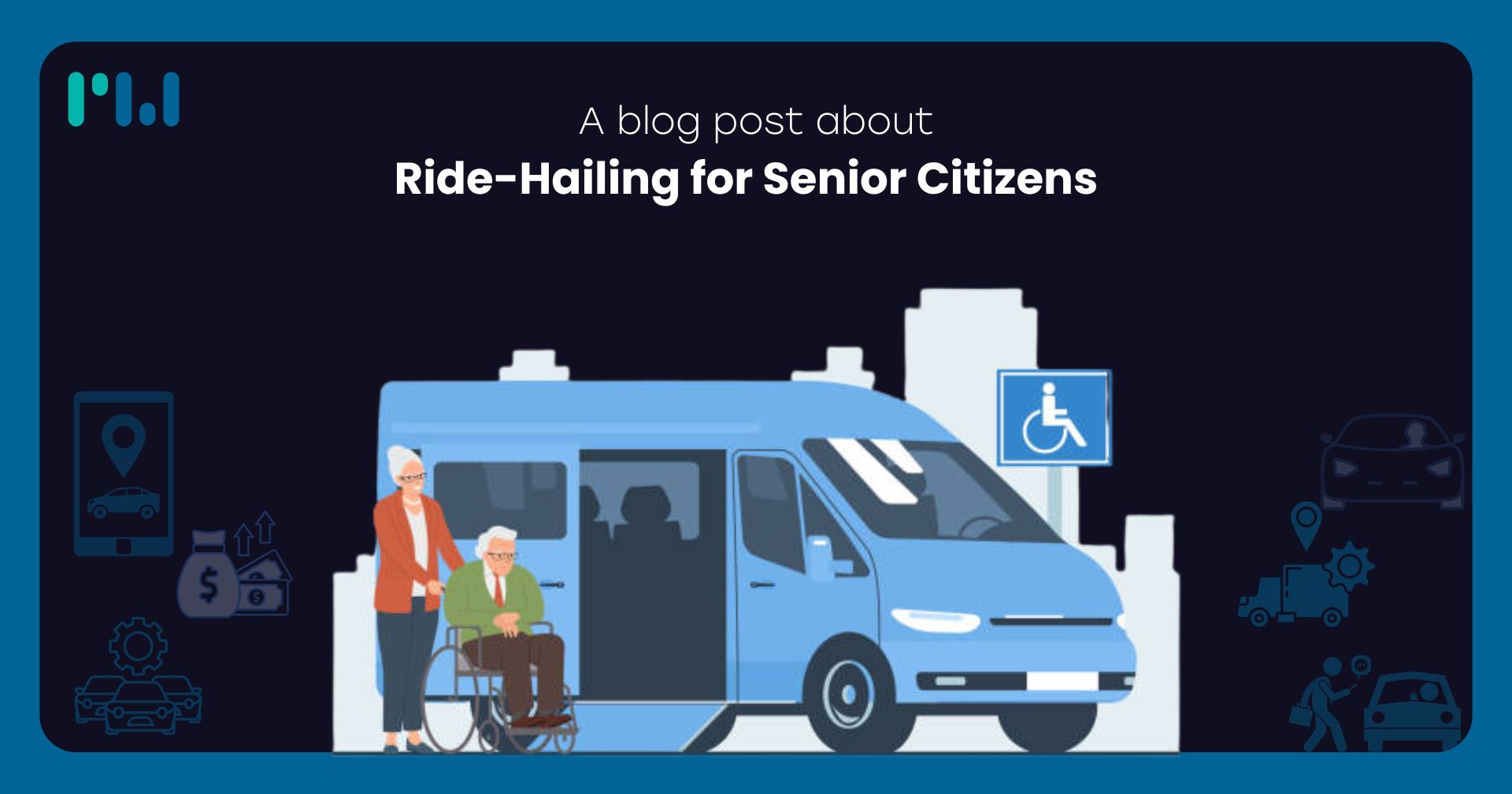
Article
Ride-Hailing for Senior Citizens
Discover how senior-citizen ride services provide safe, assisted, and accessible transportation. Learn how elderly on-demand solutions improve independence and reduce isolation.
30 September 2025 · 6 min read
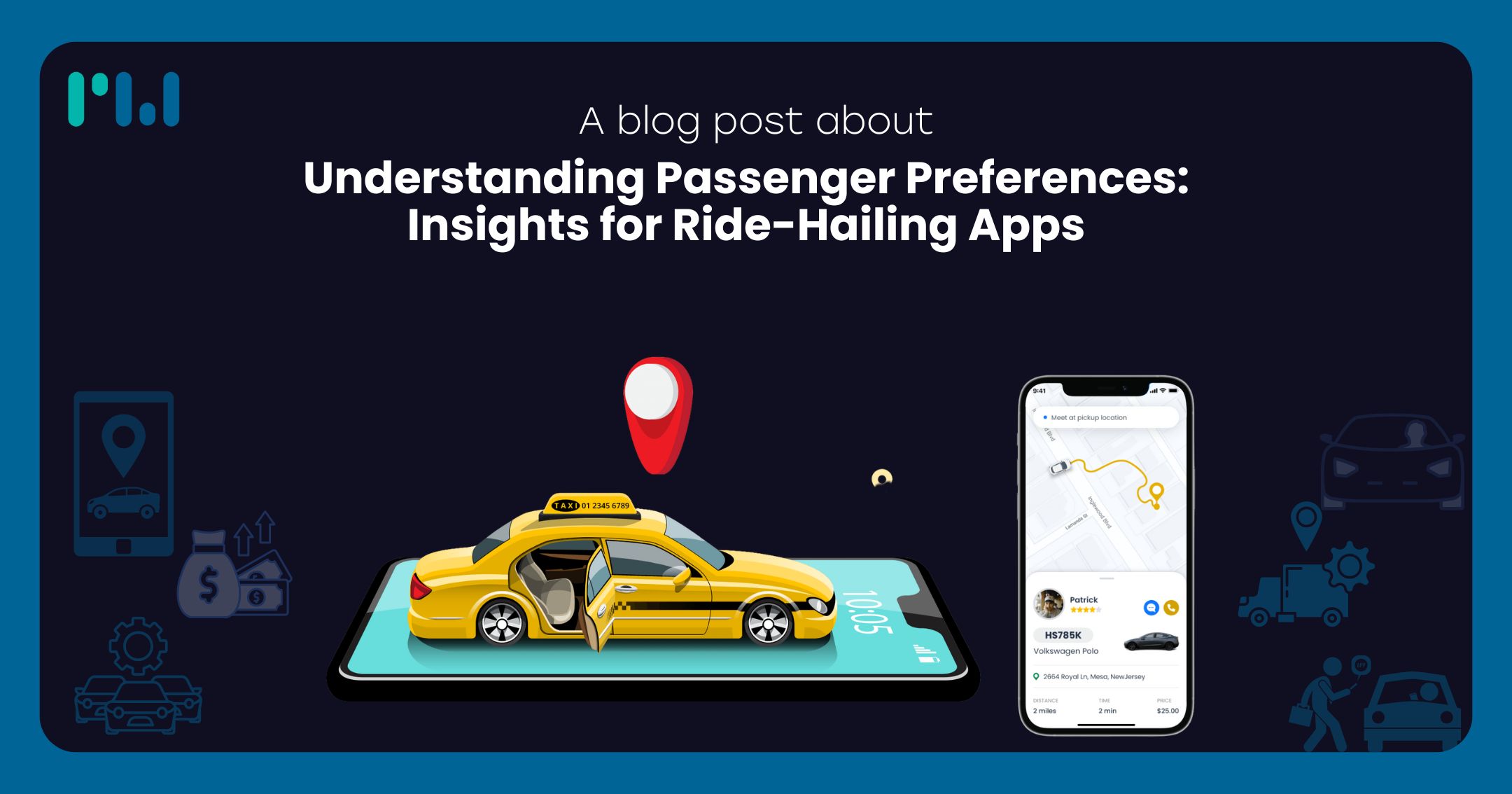
Article
Understanding Passenger Preferences: Insights for Ride-Hailing Apps
Discover how senior-citizen ride services provide safe, assisted, and accessible transportation. Learn how elderly on-demand solutions improve independence and reduce isolation.
2 October 2025 · 6 min read
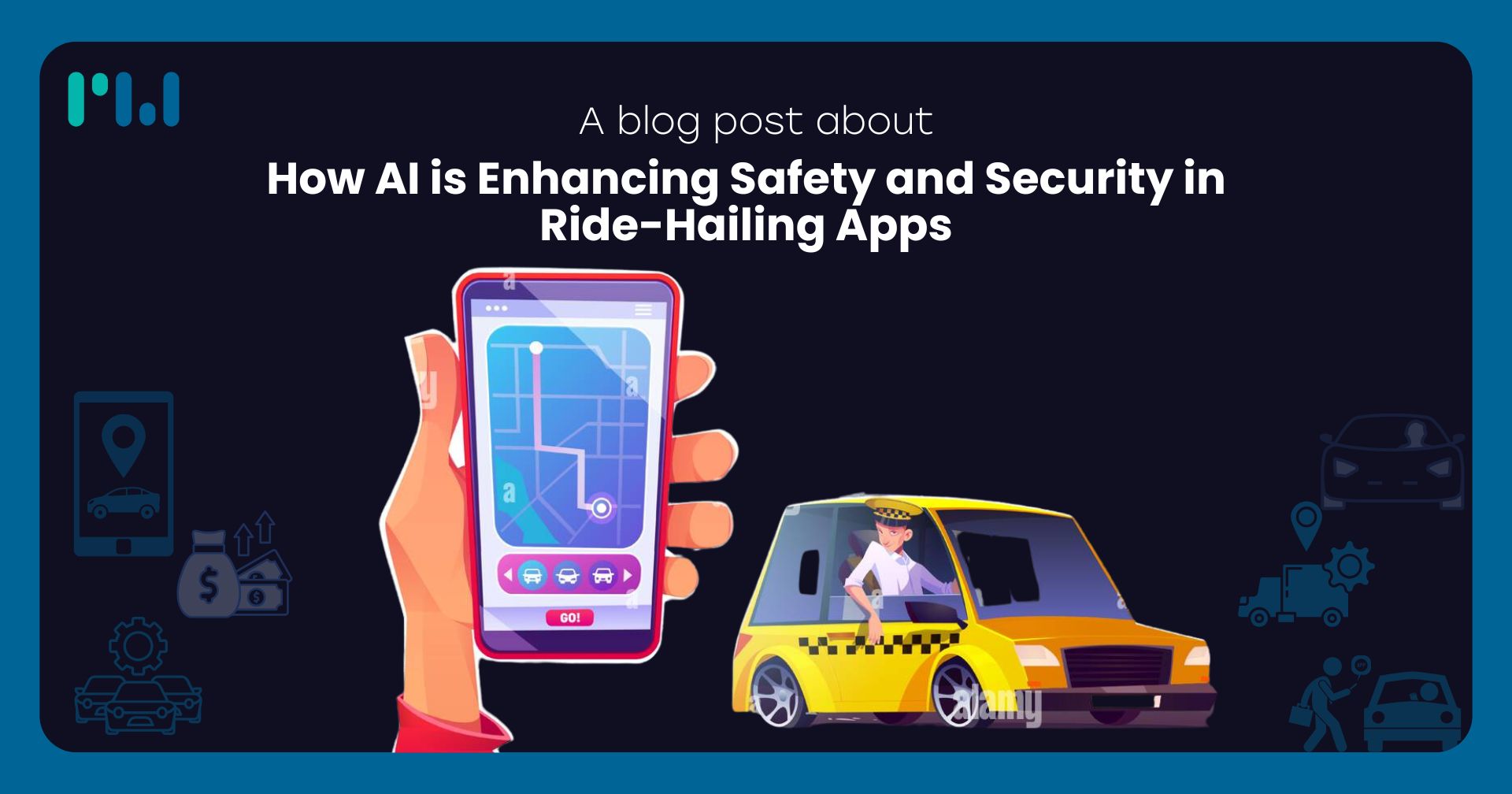
Article
How AI is Enhancing Safety and Security in Ride-Hailing Apps
Discover how artificial intelligence is transforming ride-hailing platforms by improving passenger safety, preventing fraud, verifying drivers, and ensuring secure, reliable travel experiences across the globe.
6 October 2025 · 6 min read
Ready to elevate your ride-hailing business? RideWyze has the tools and expertise to help you succeed. Contact us for a personalized demo today!
